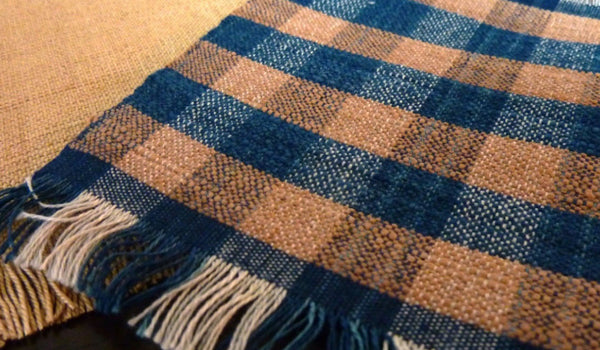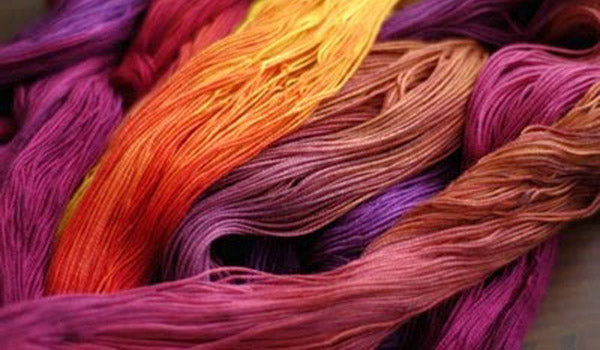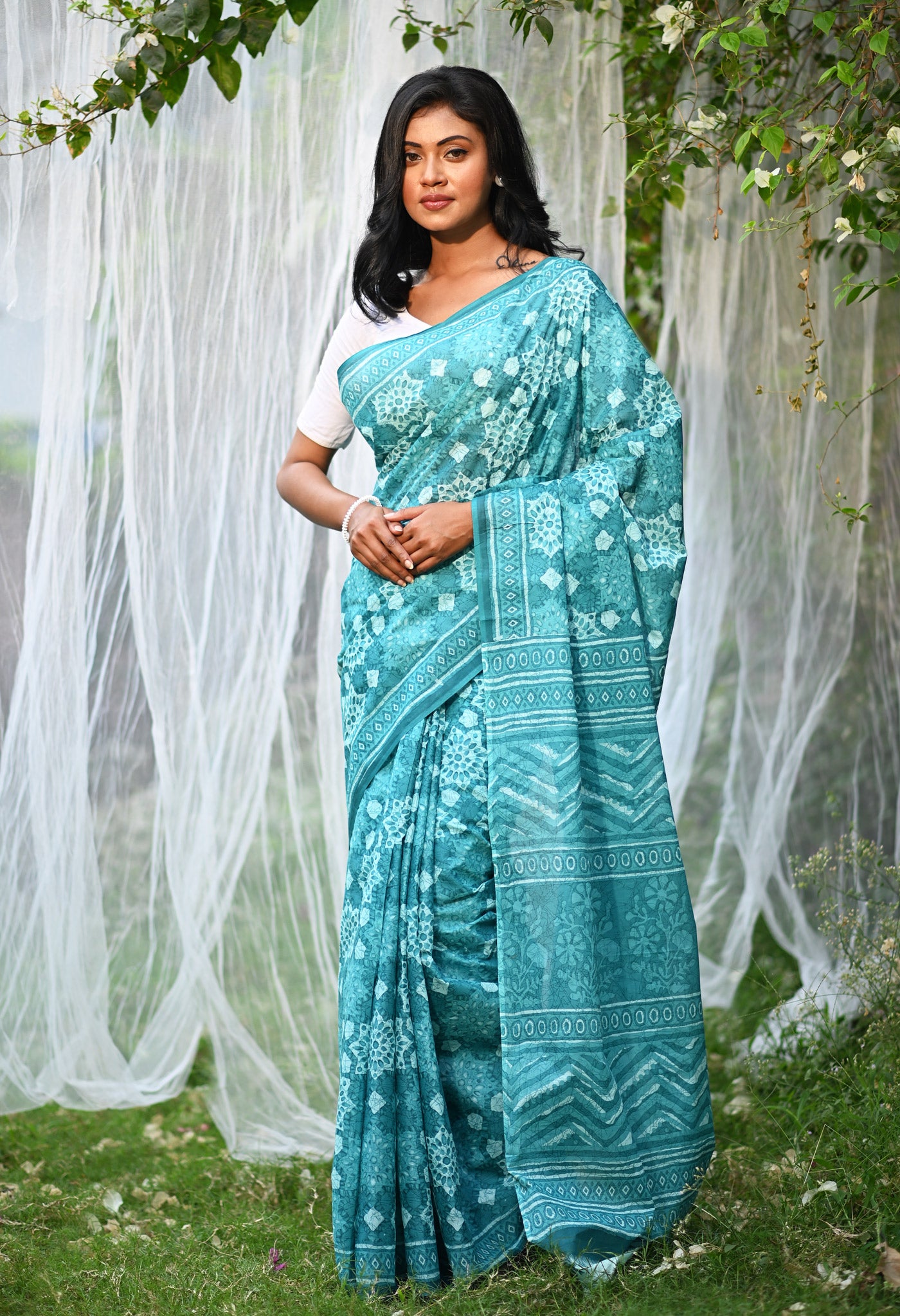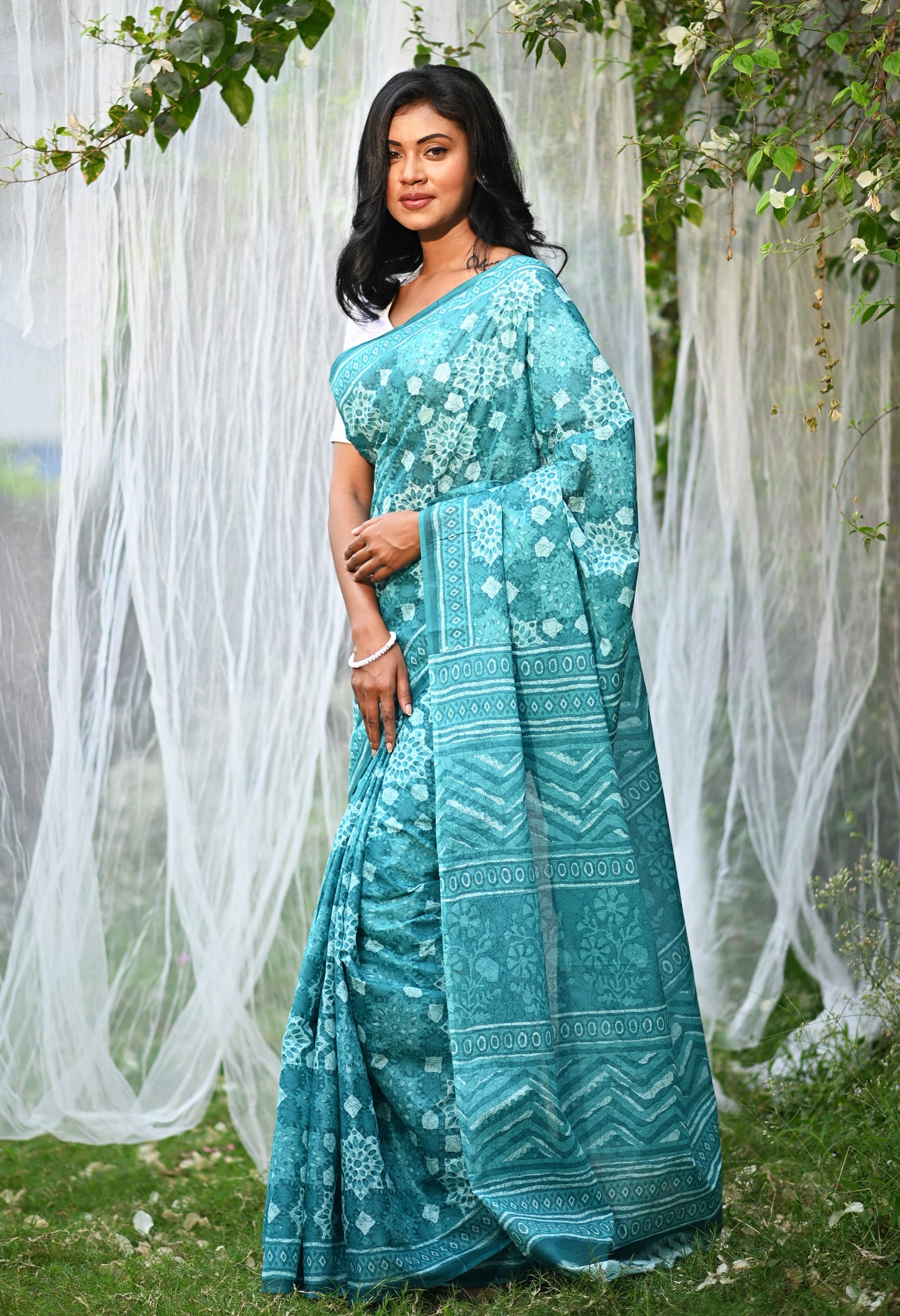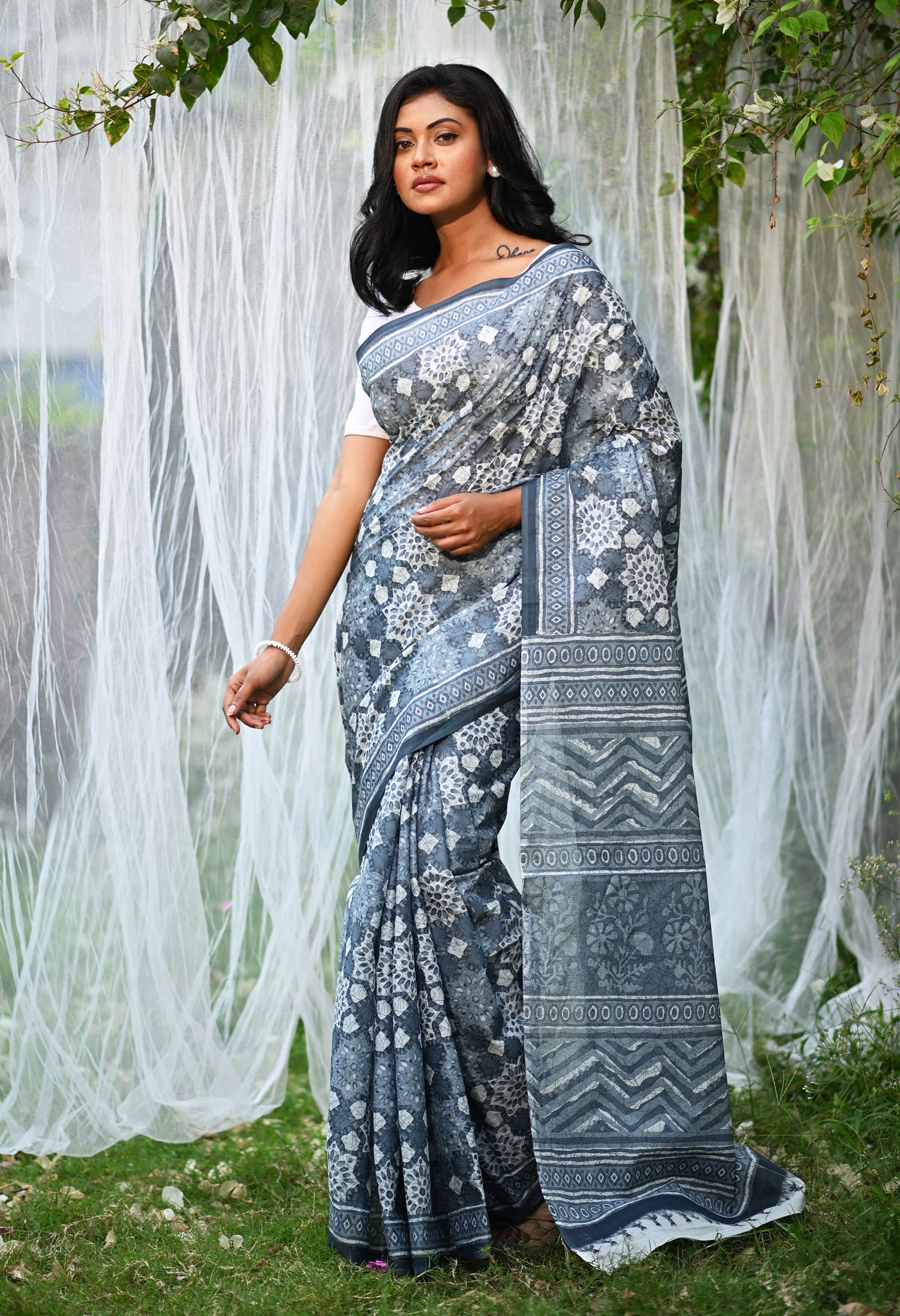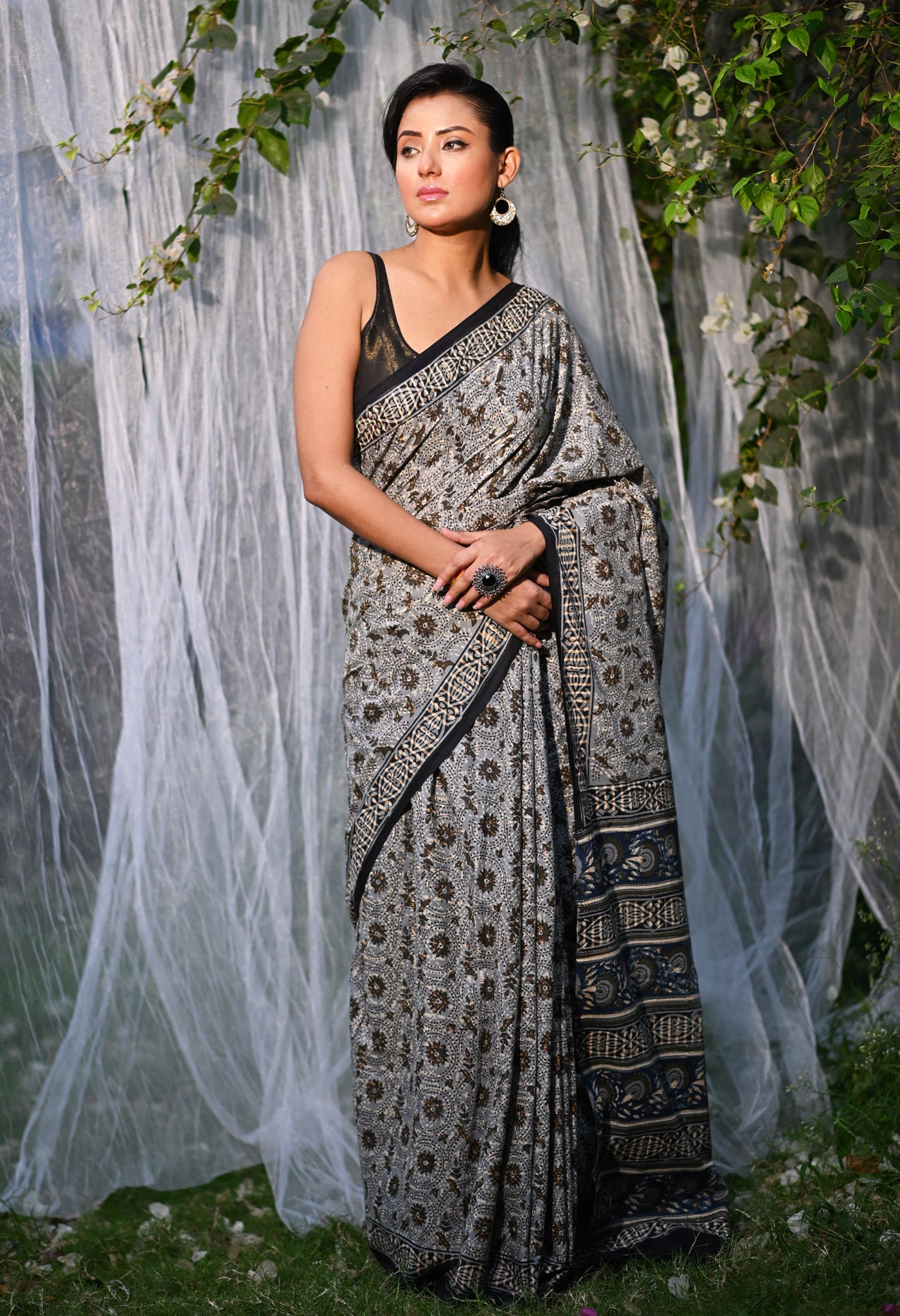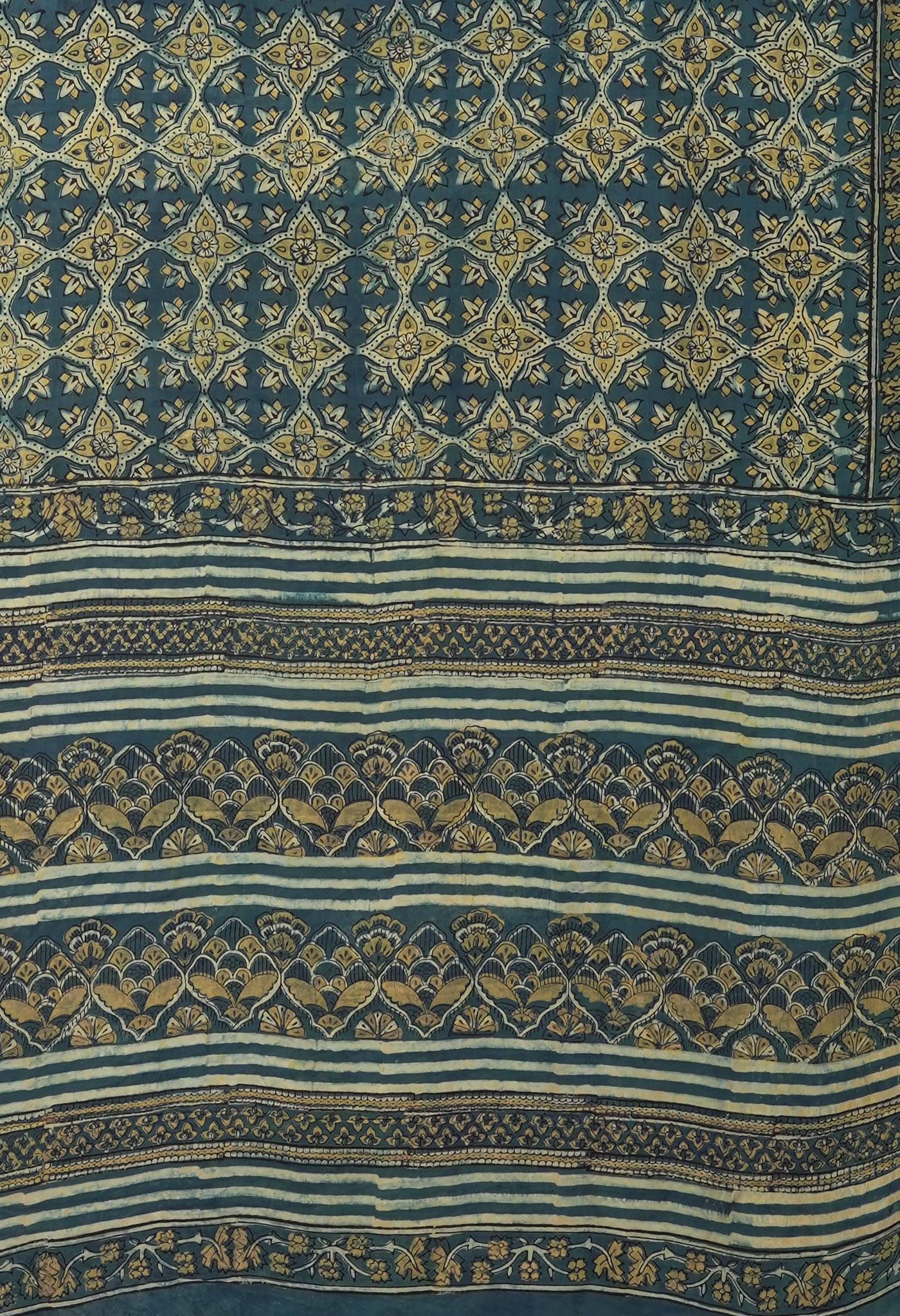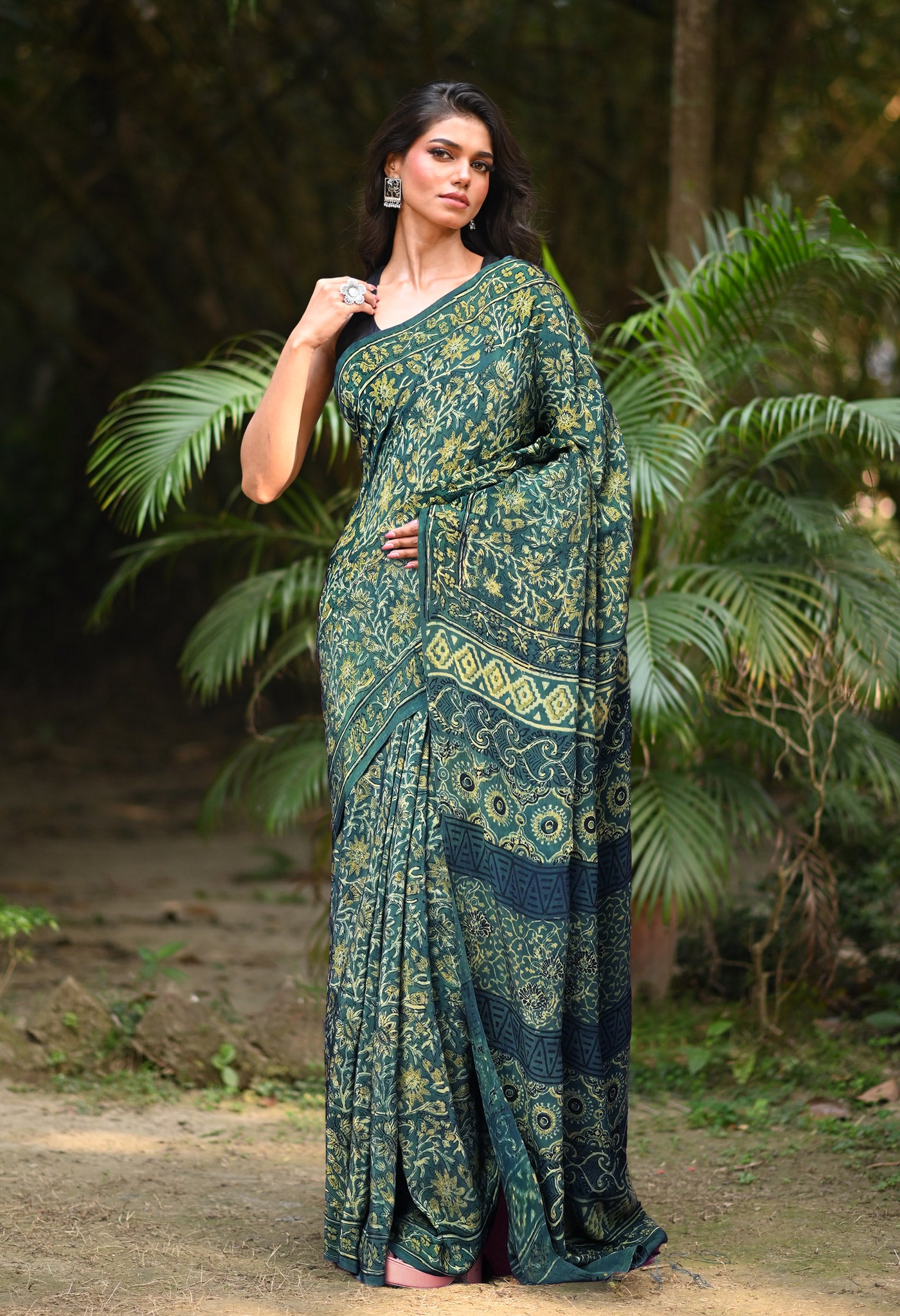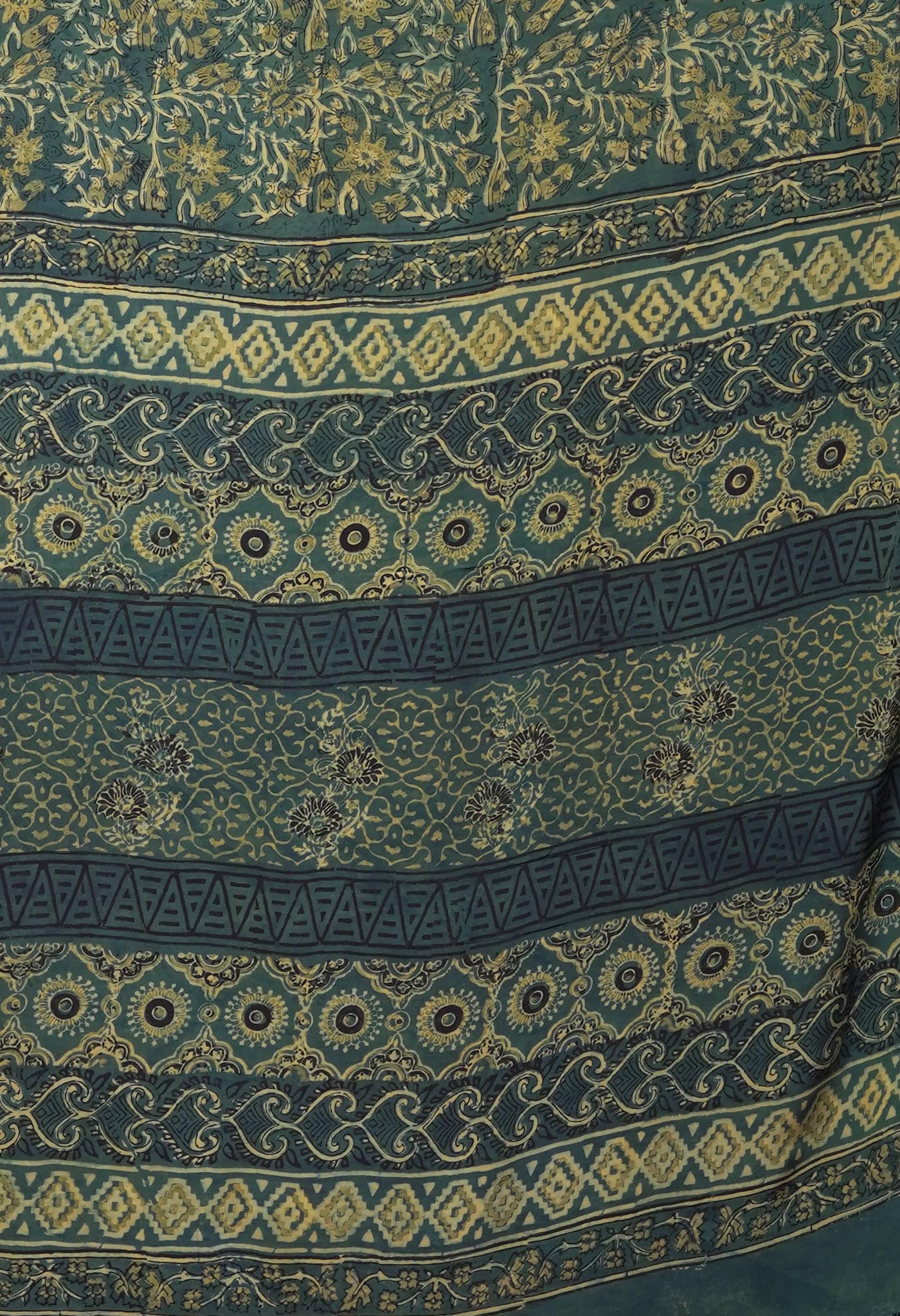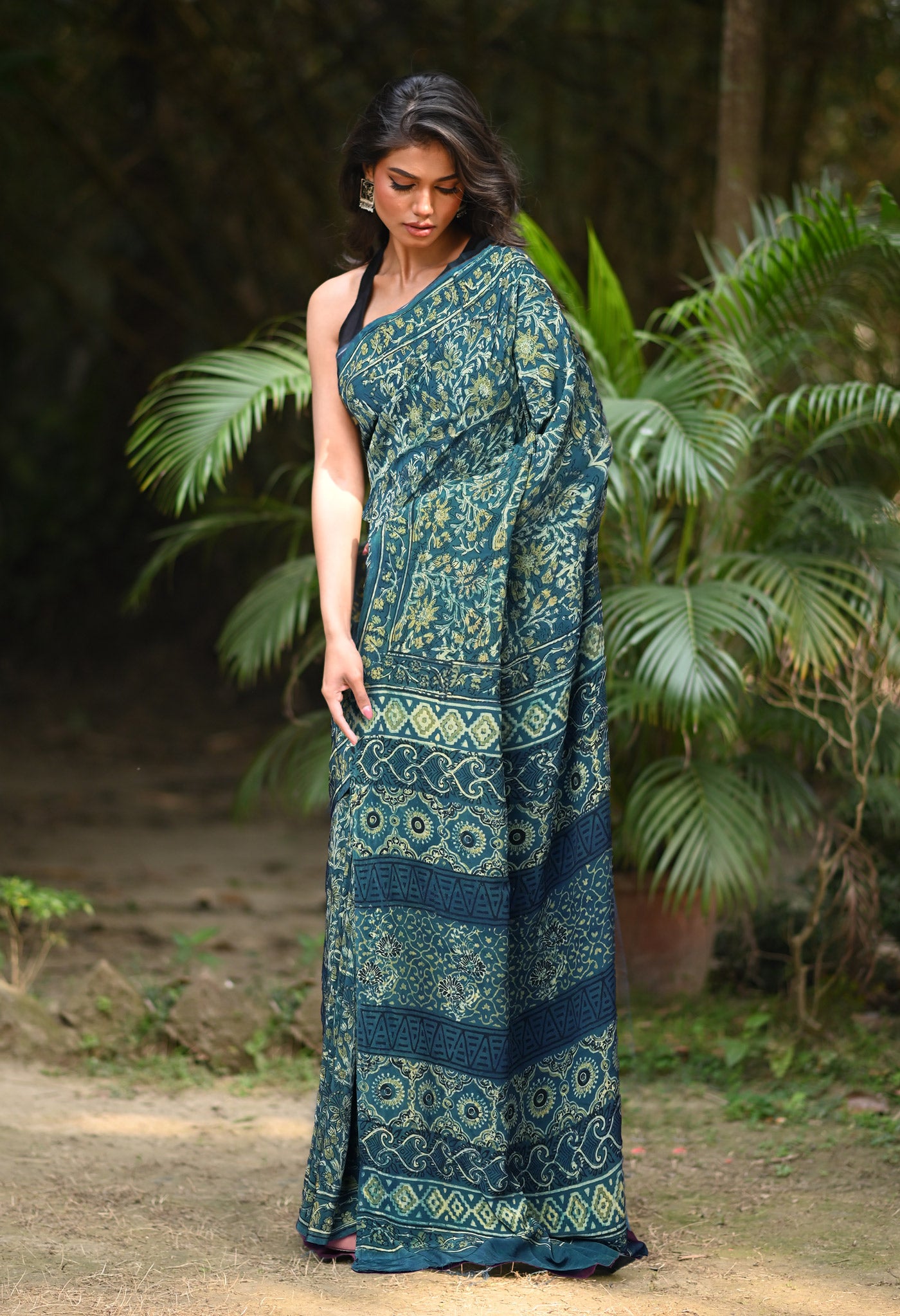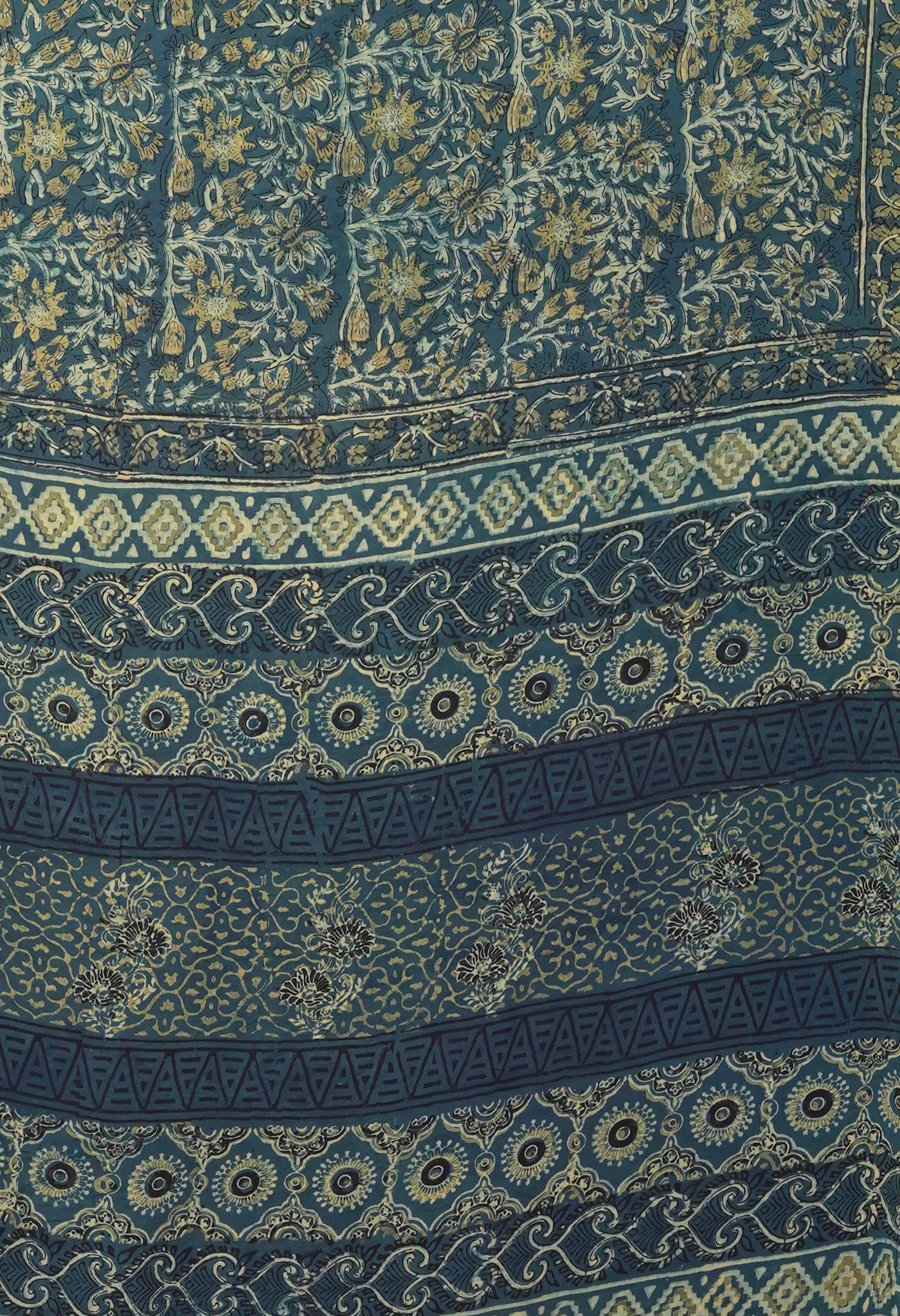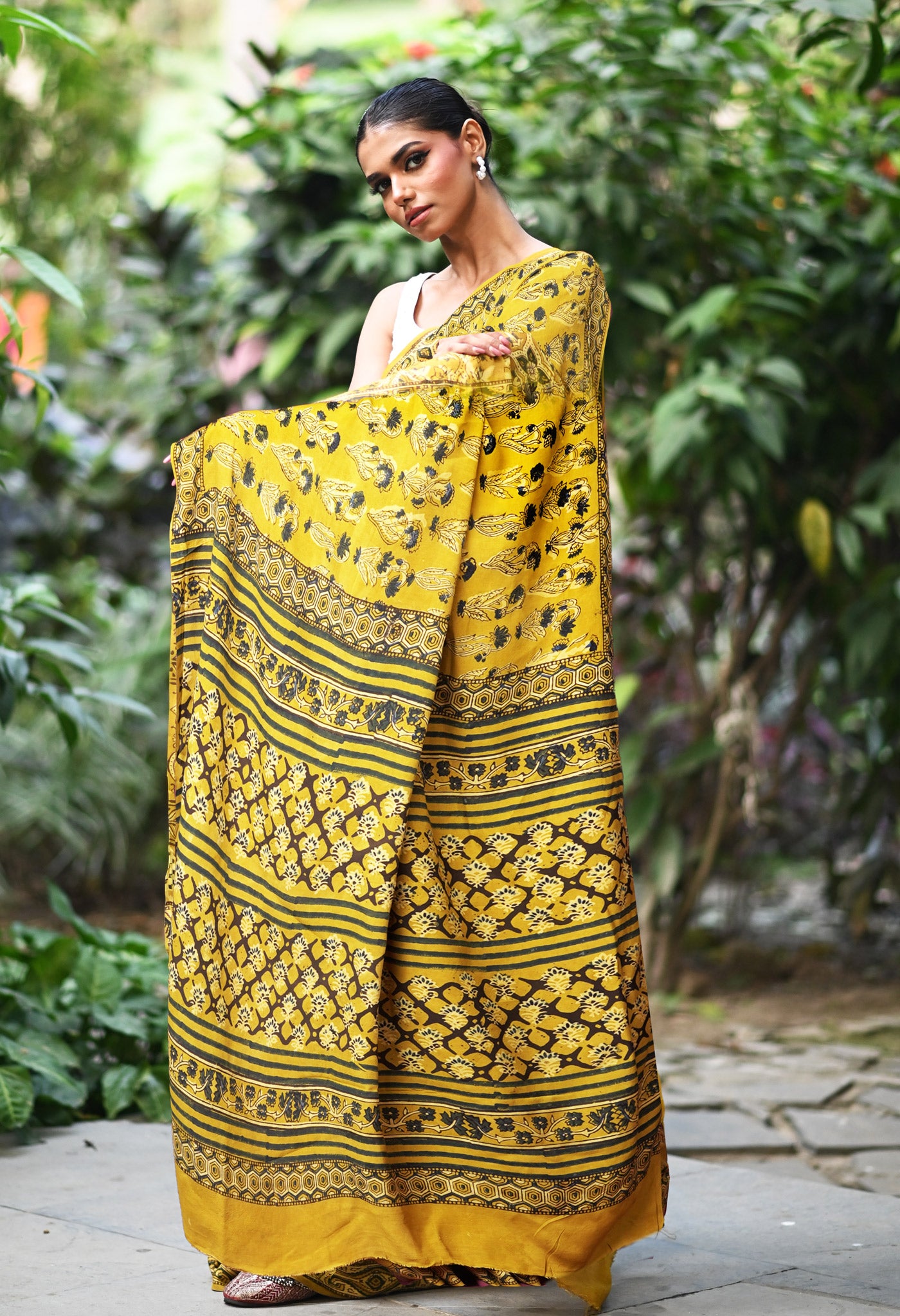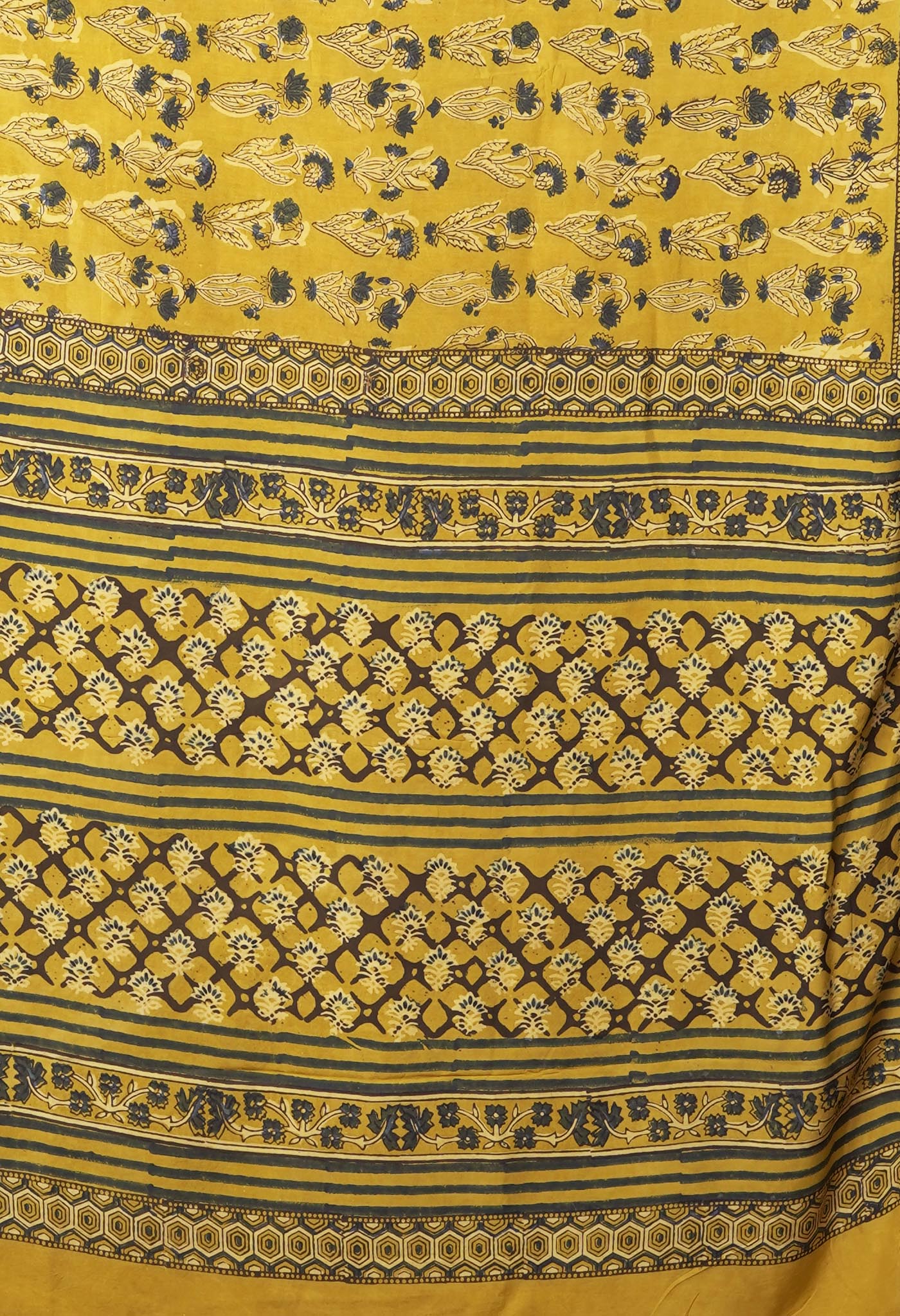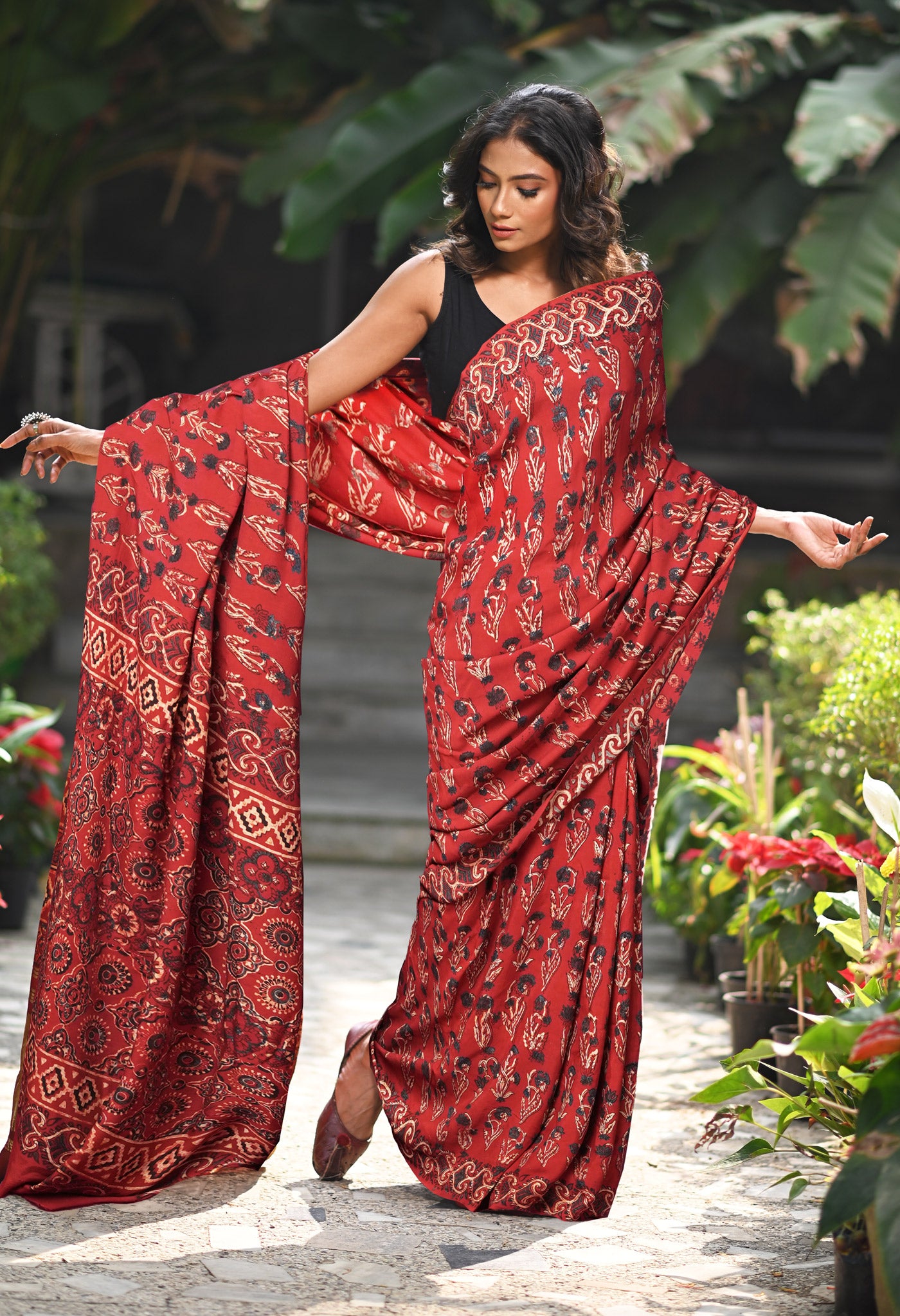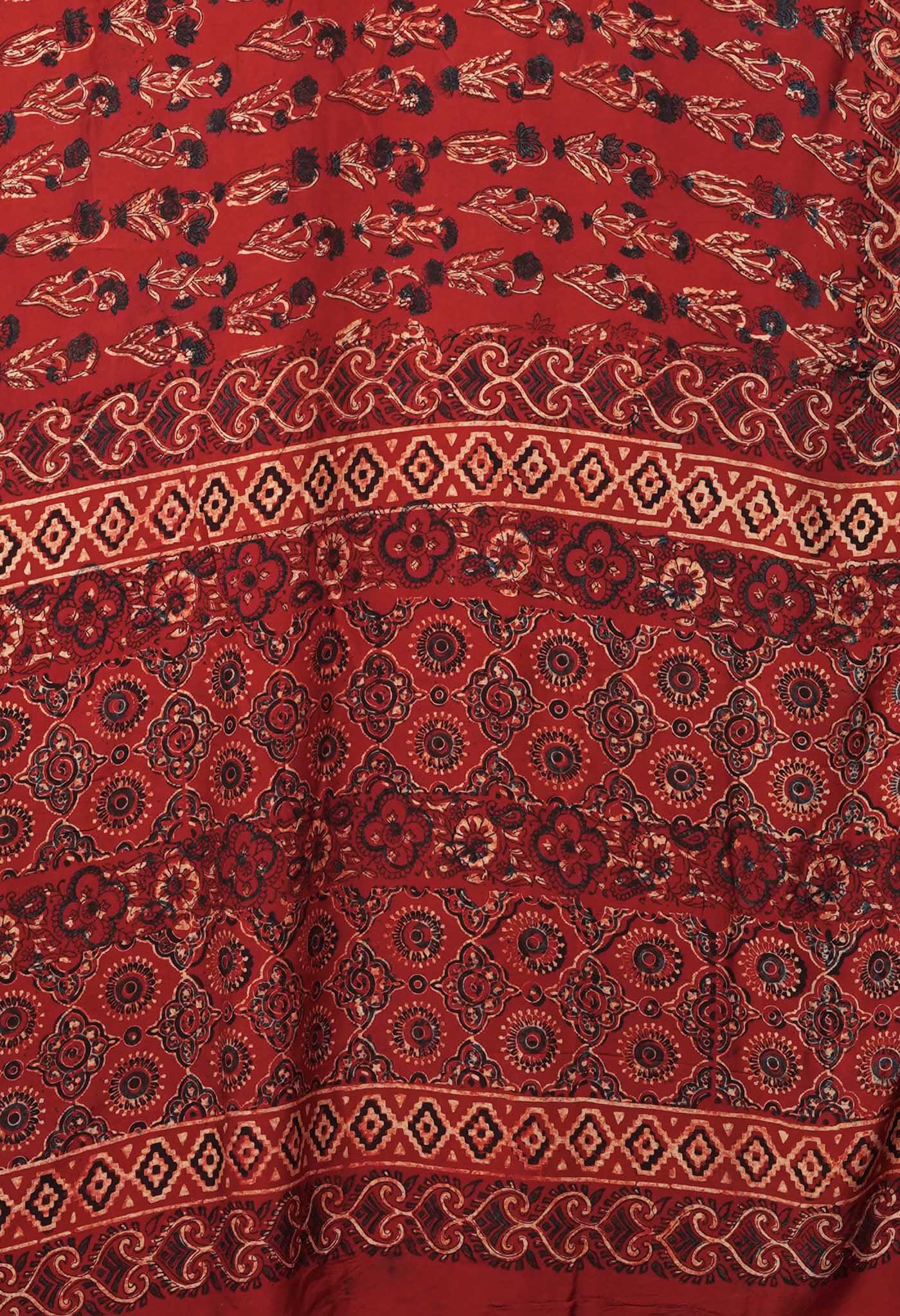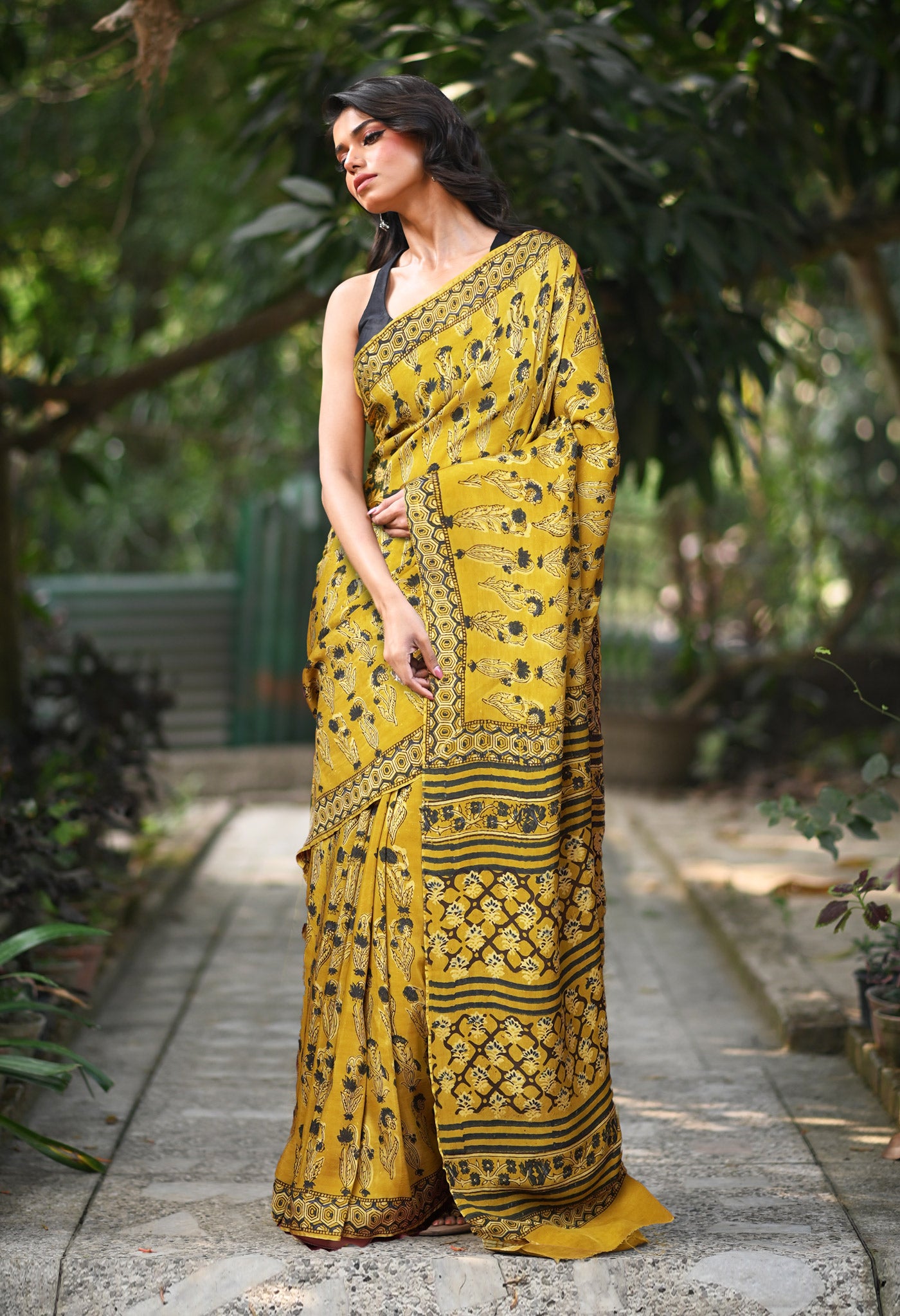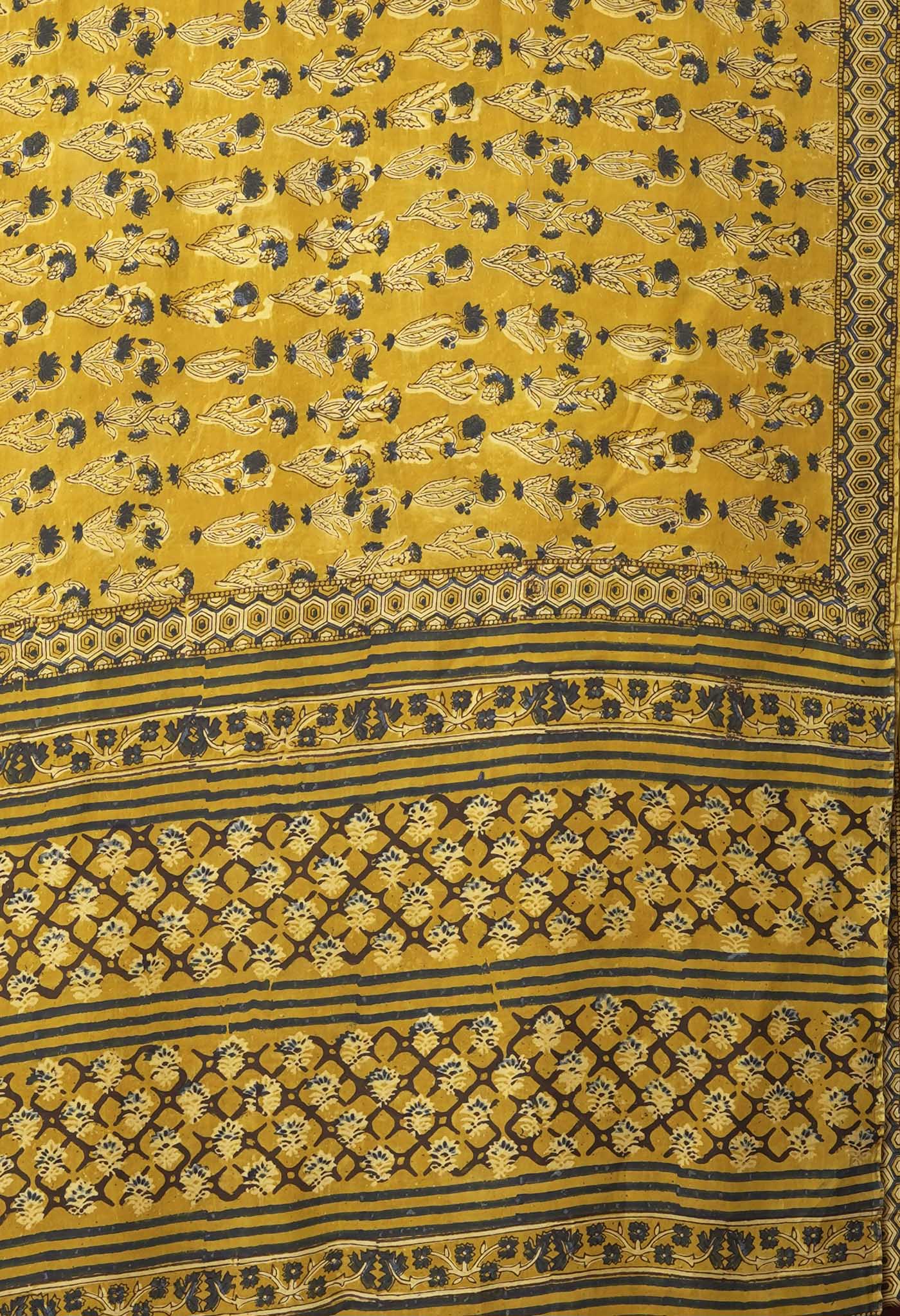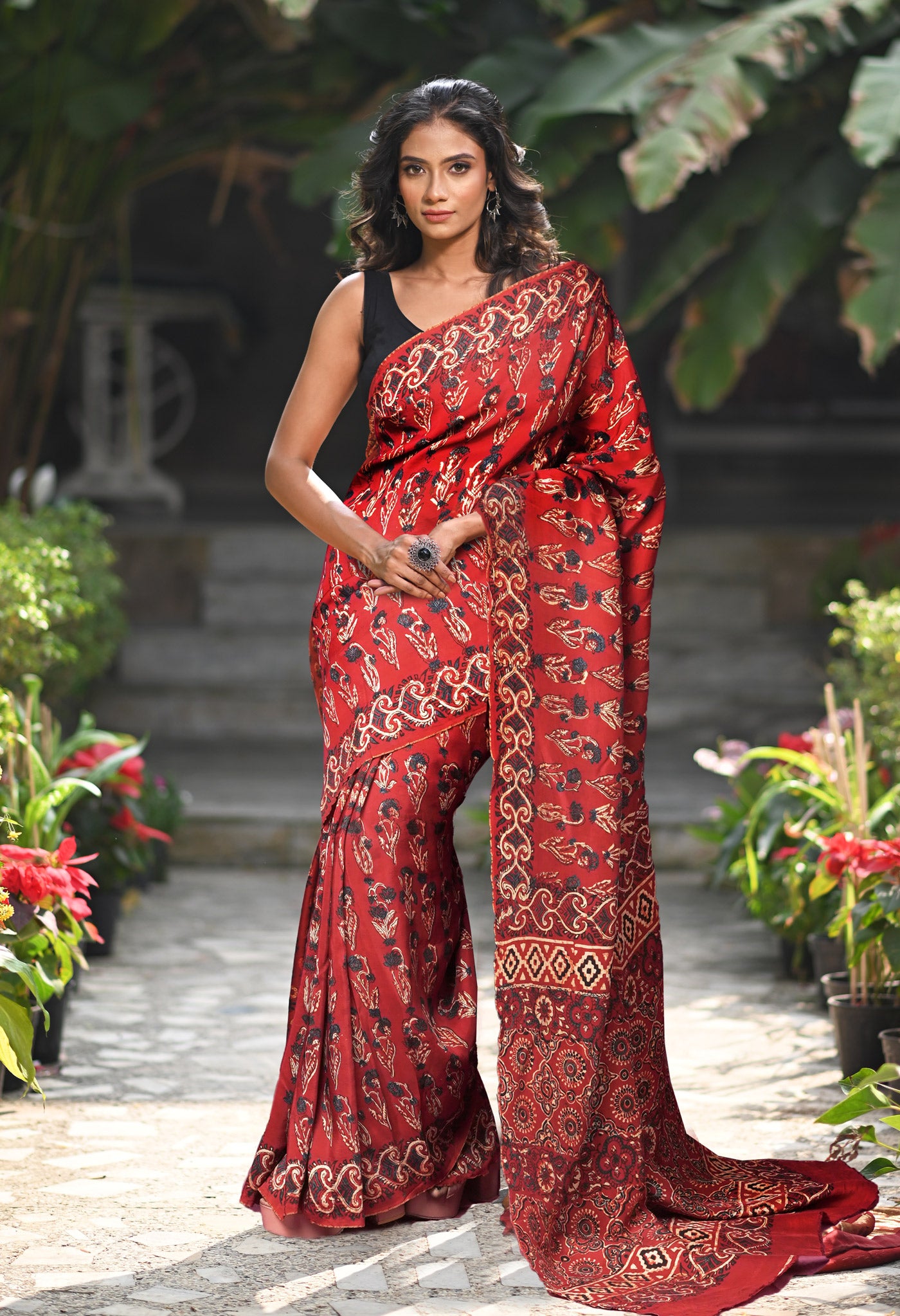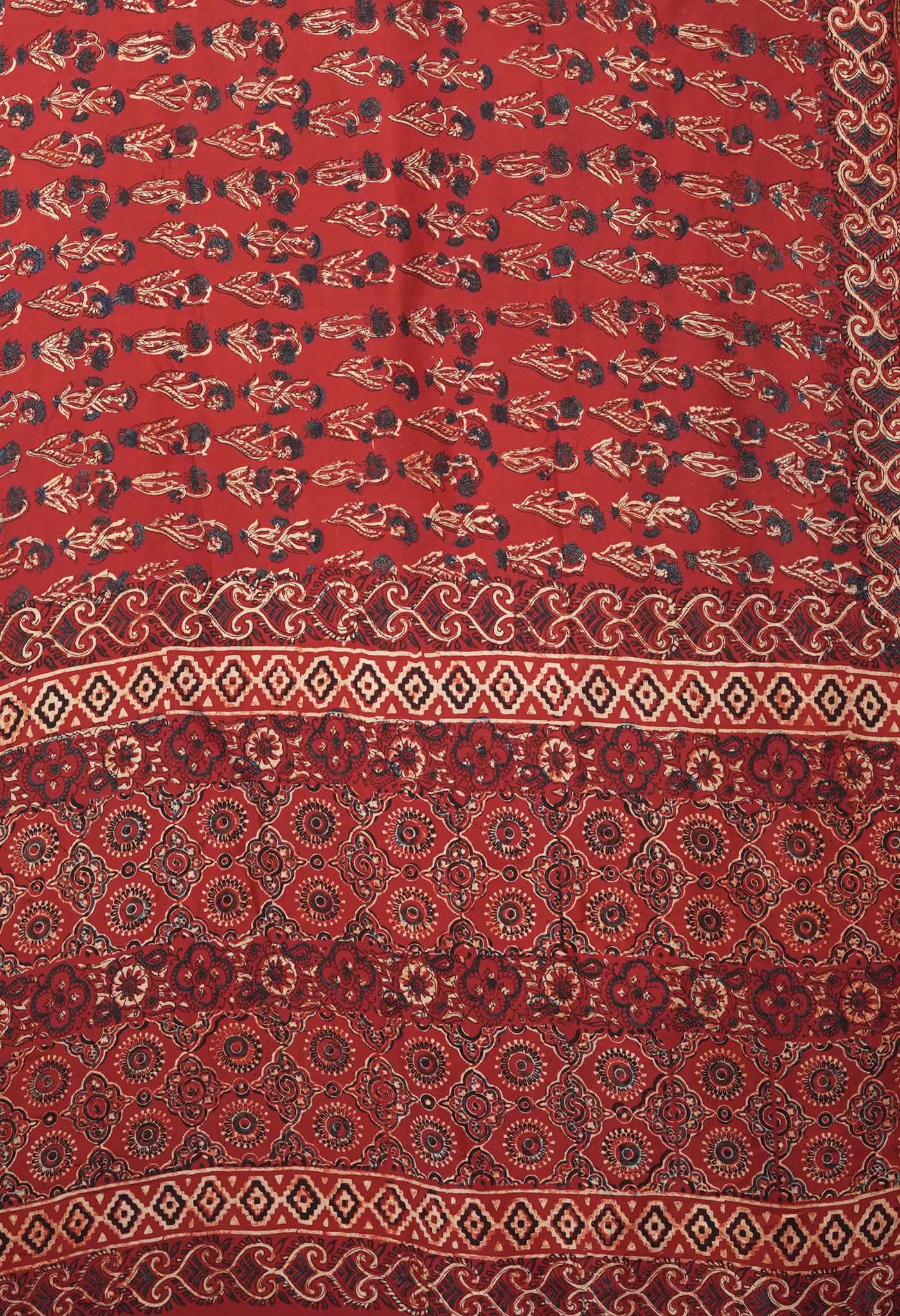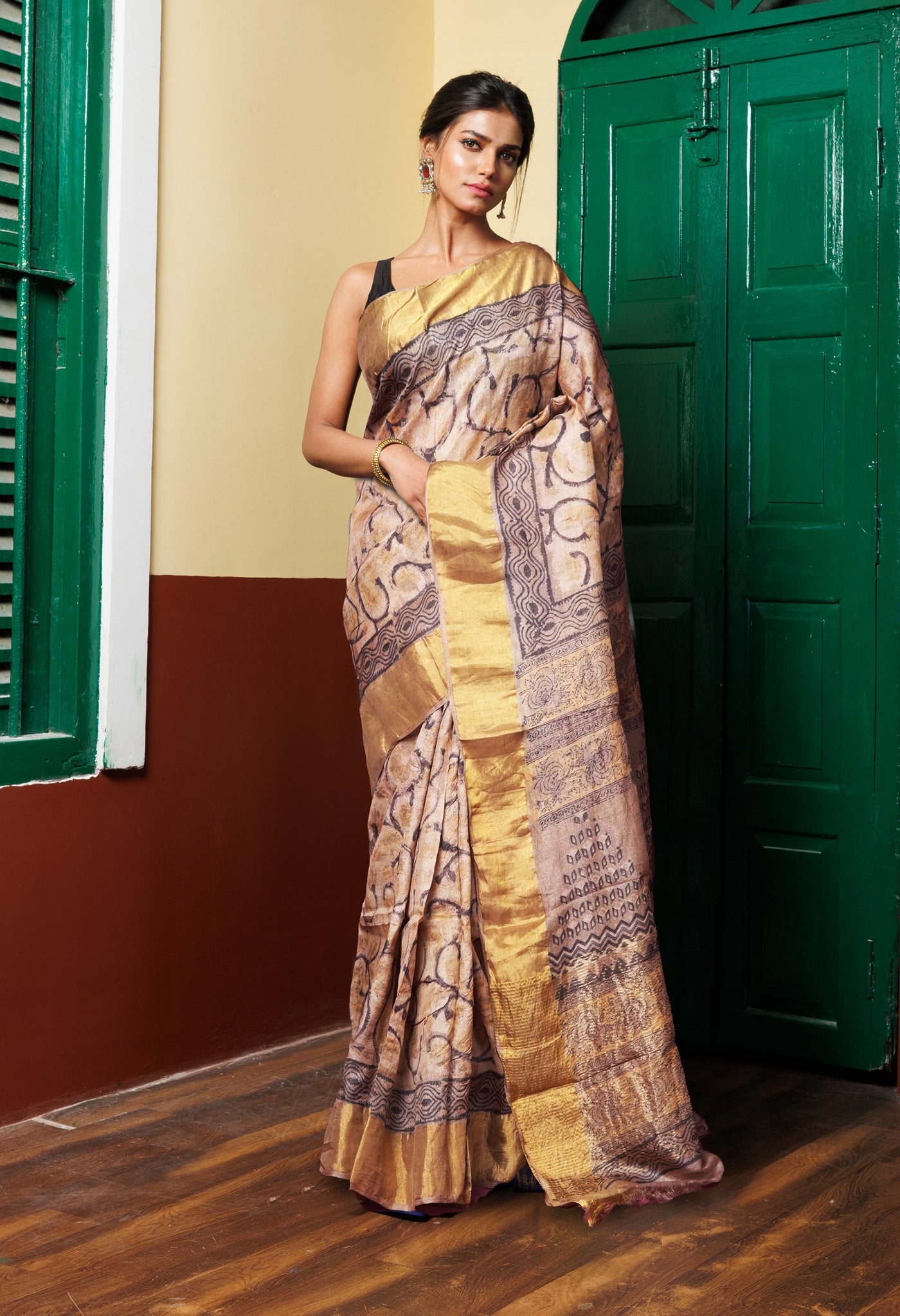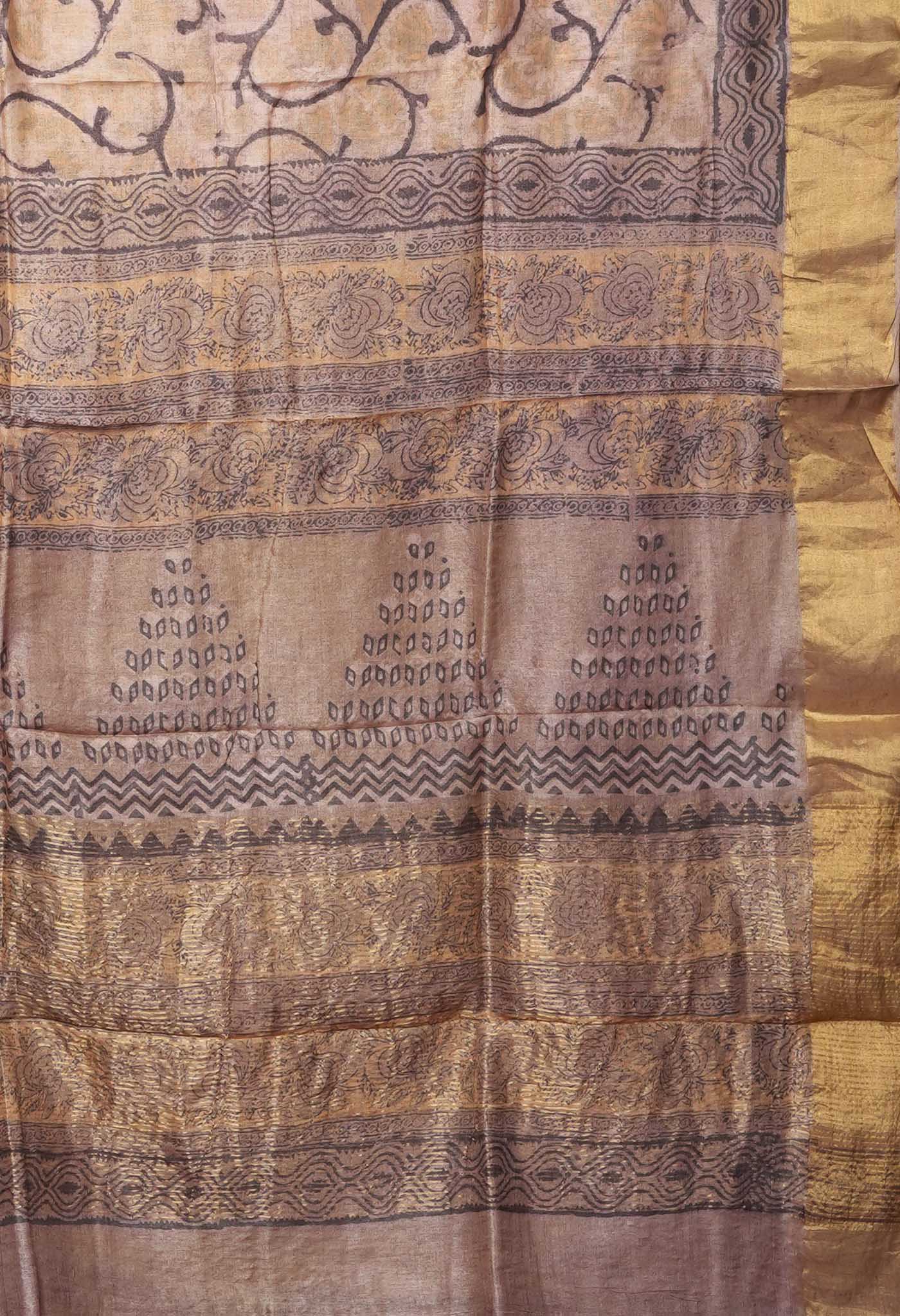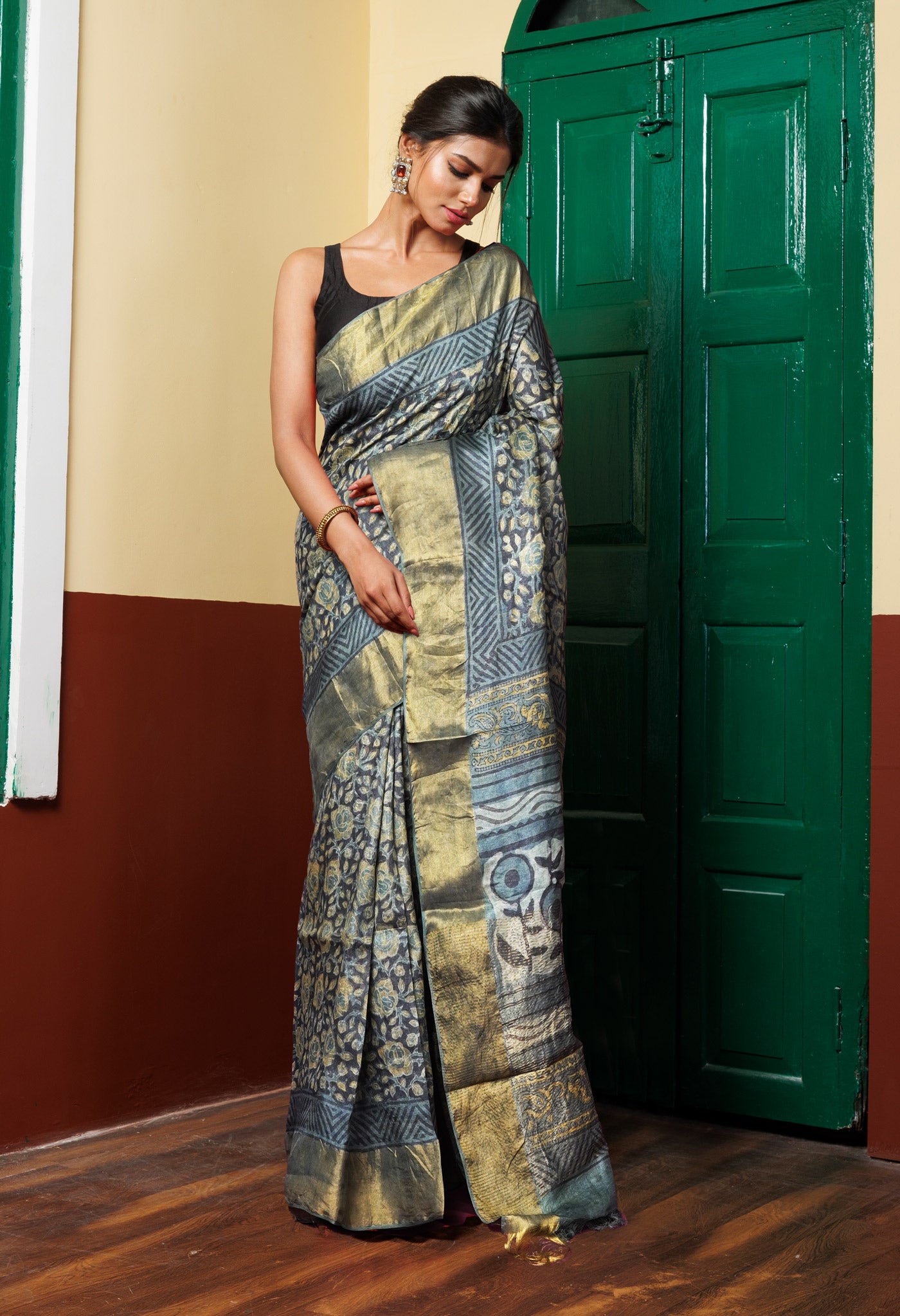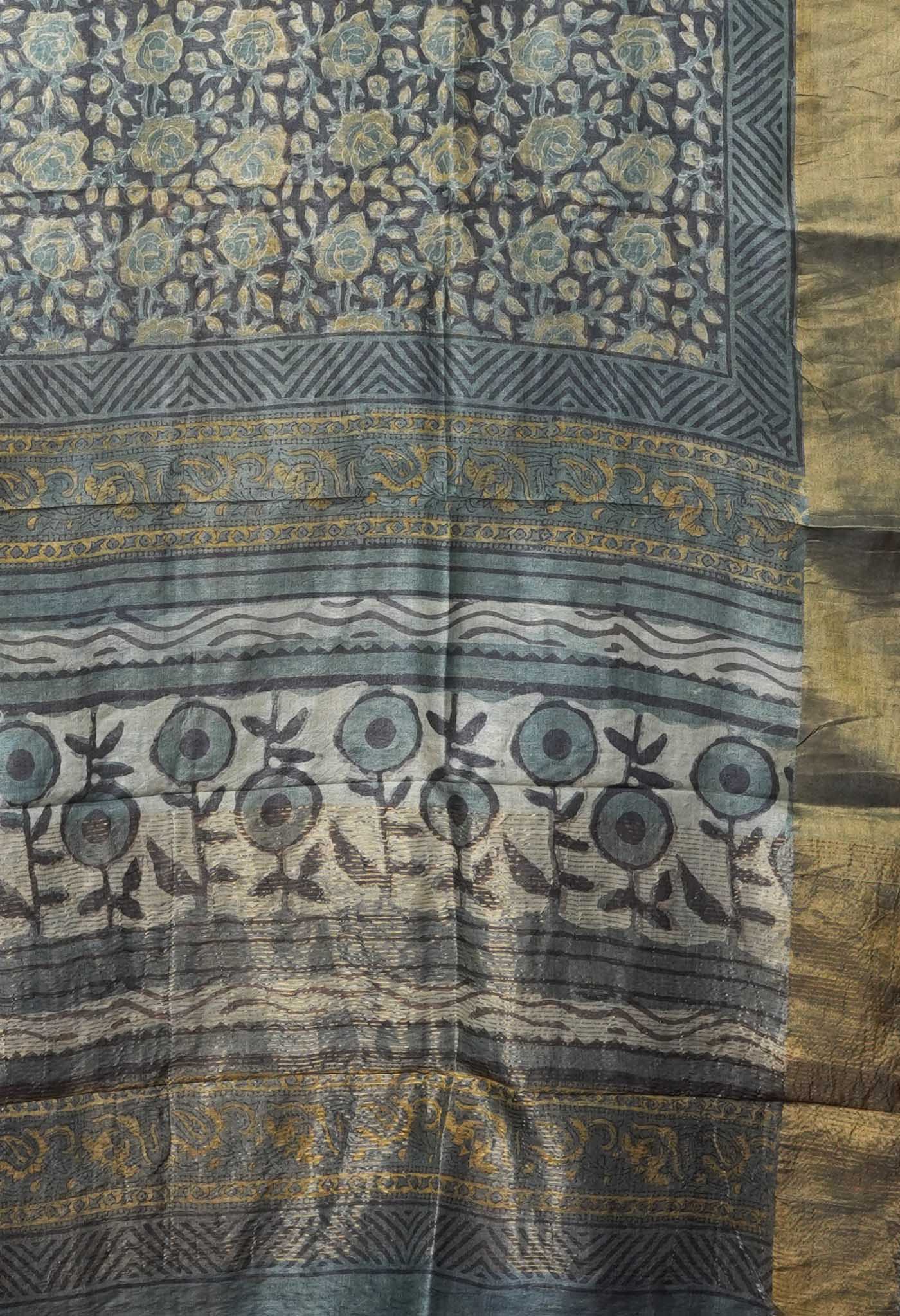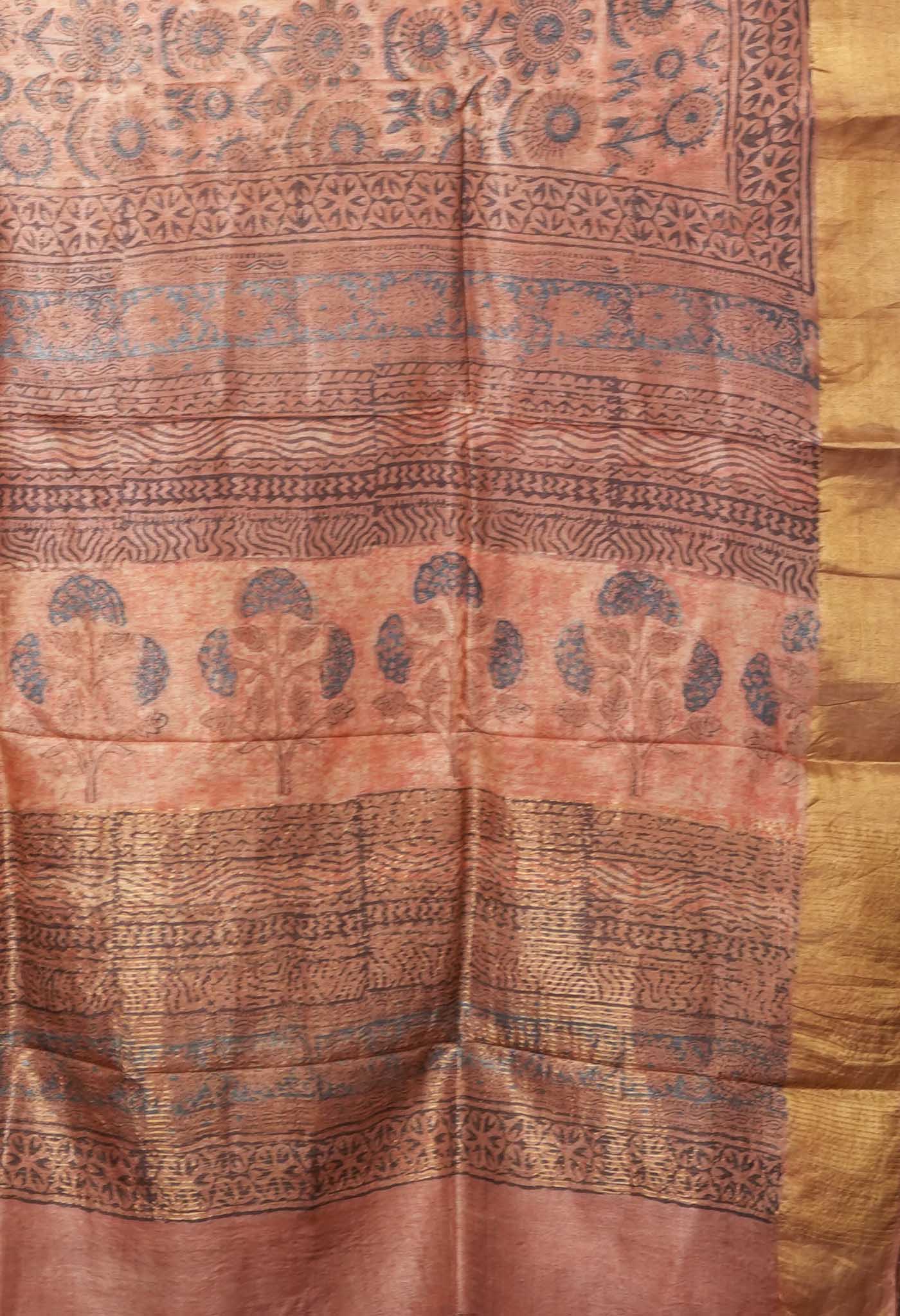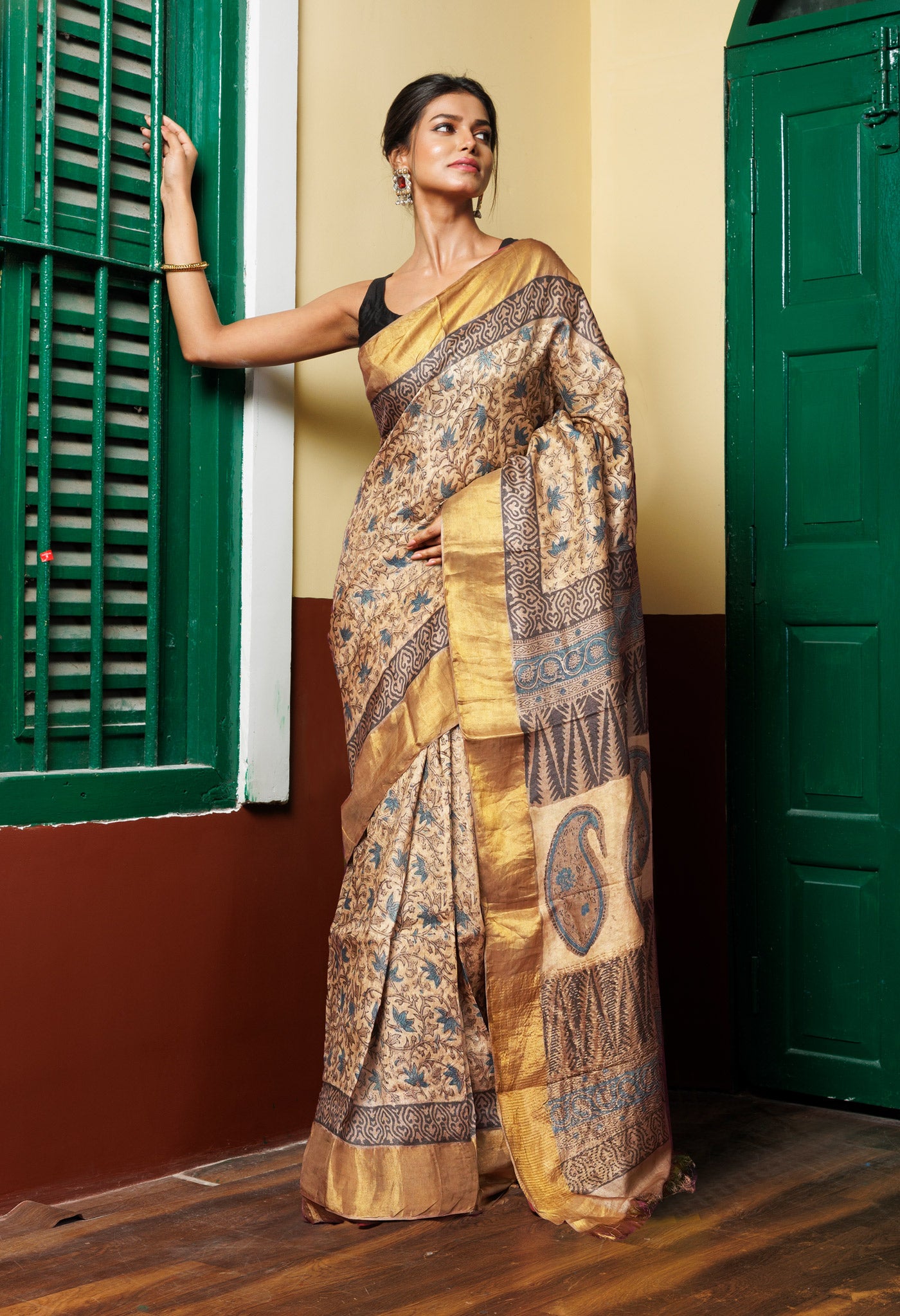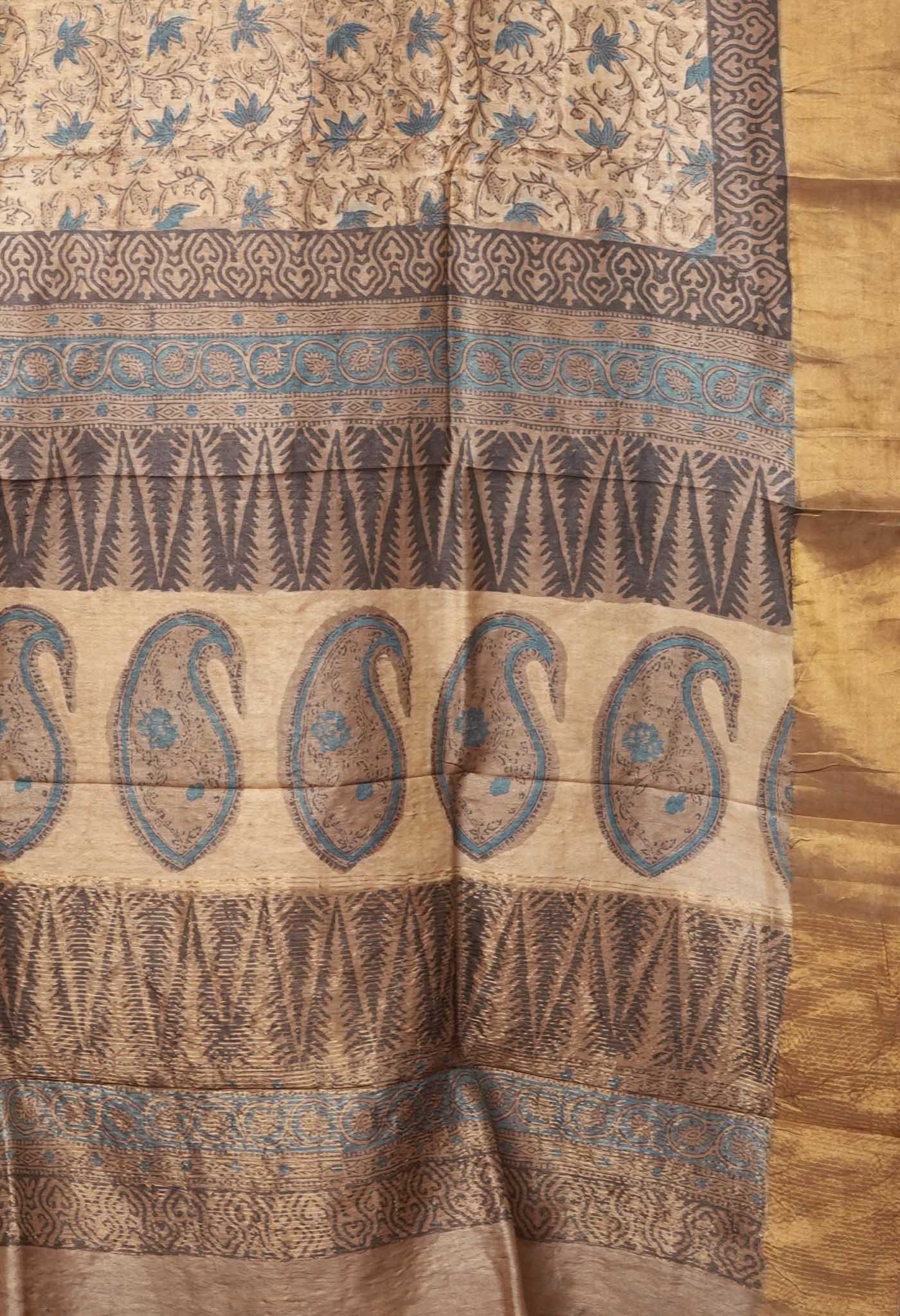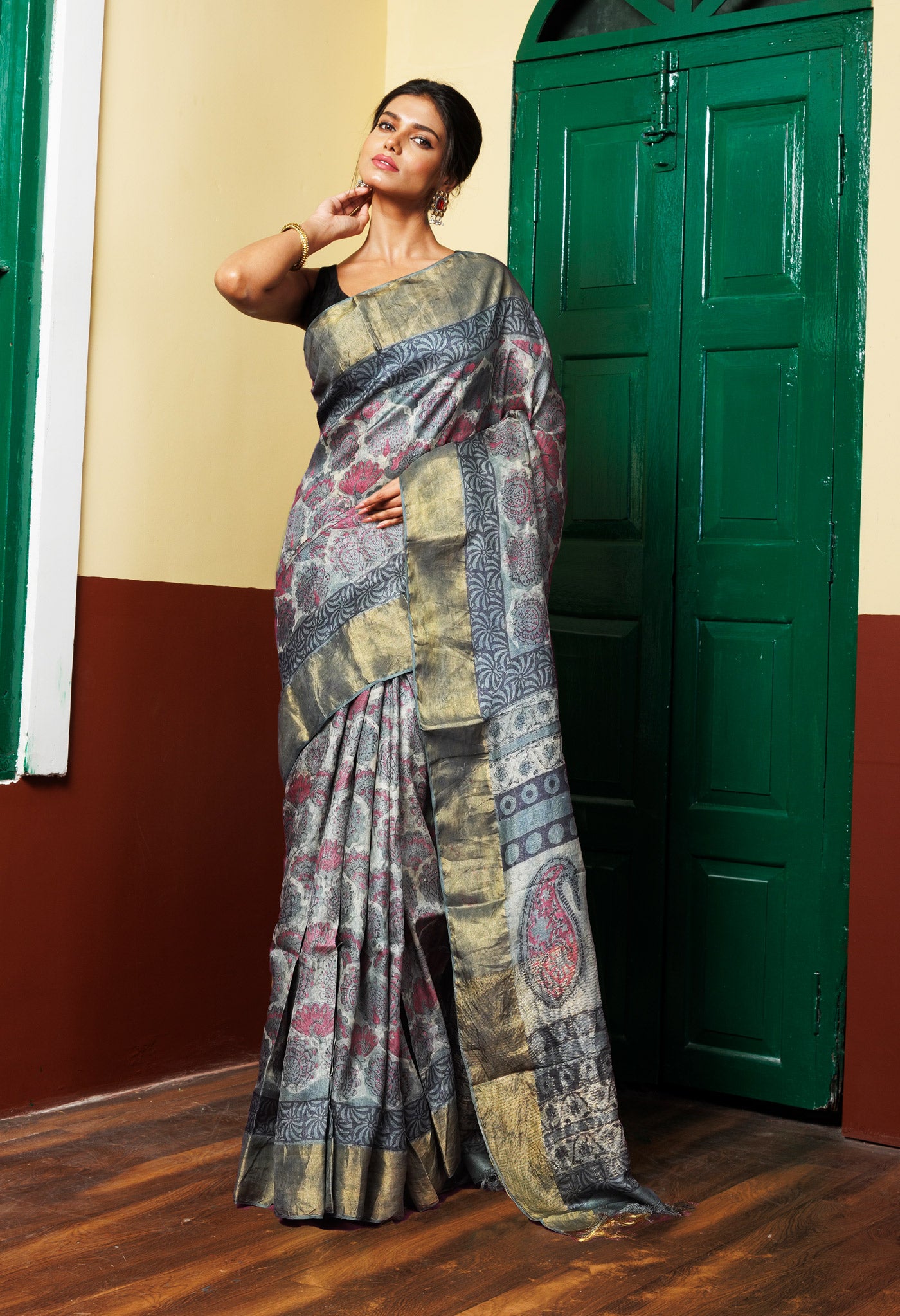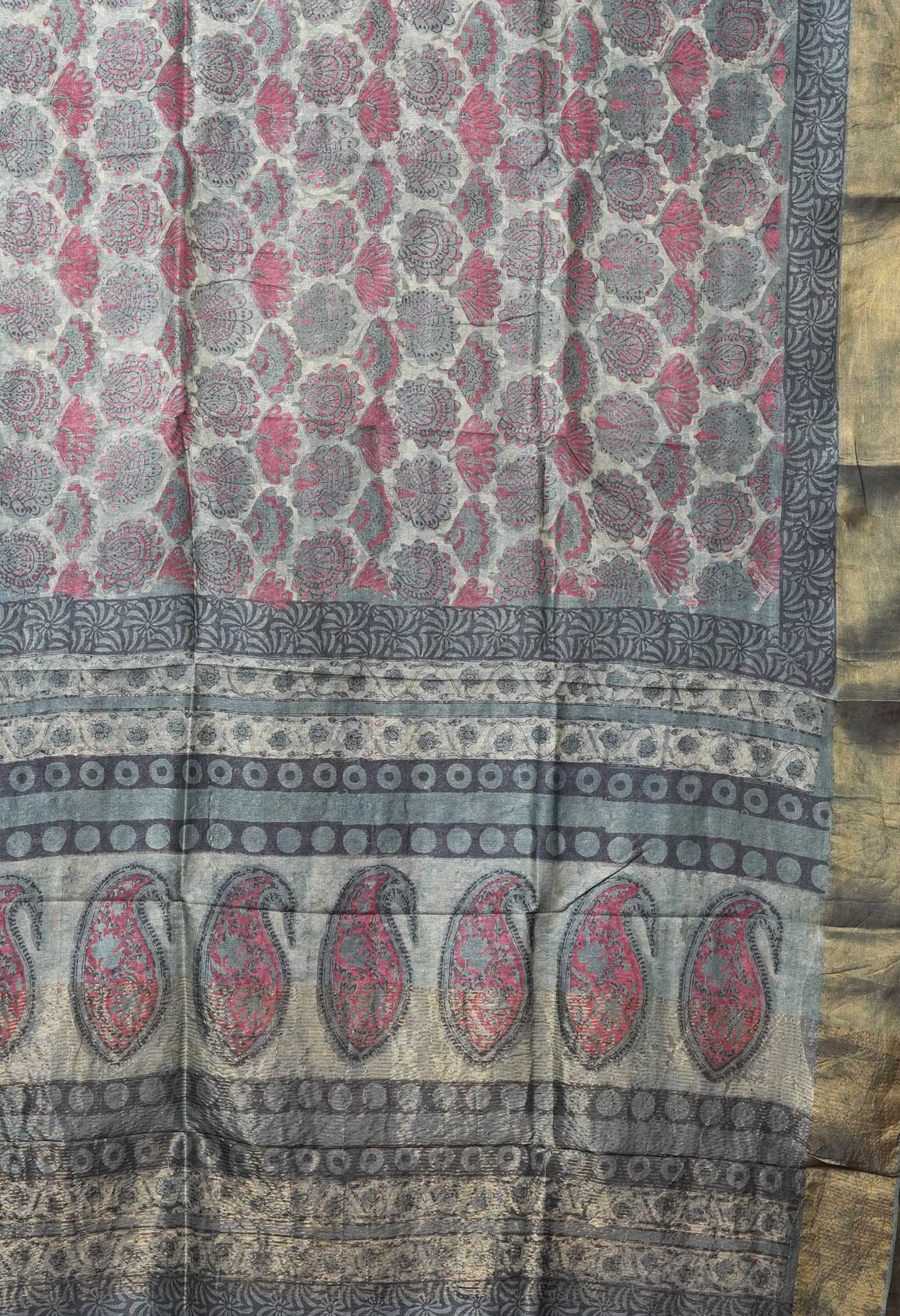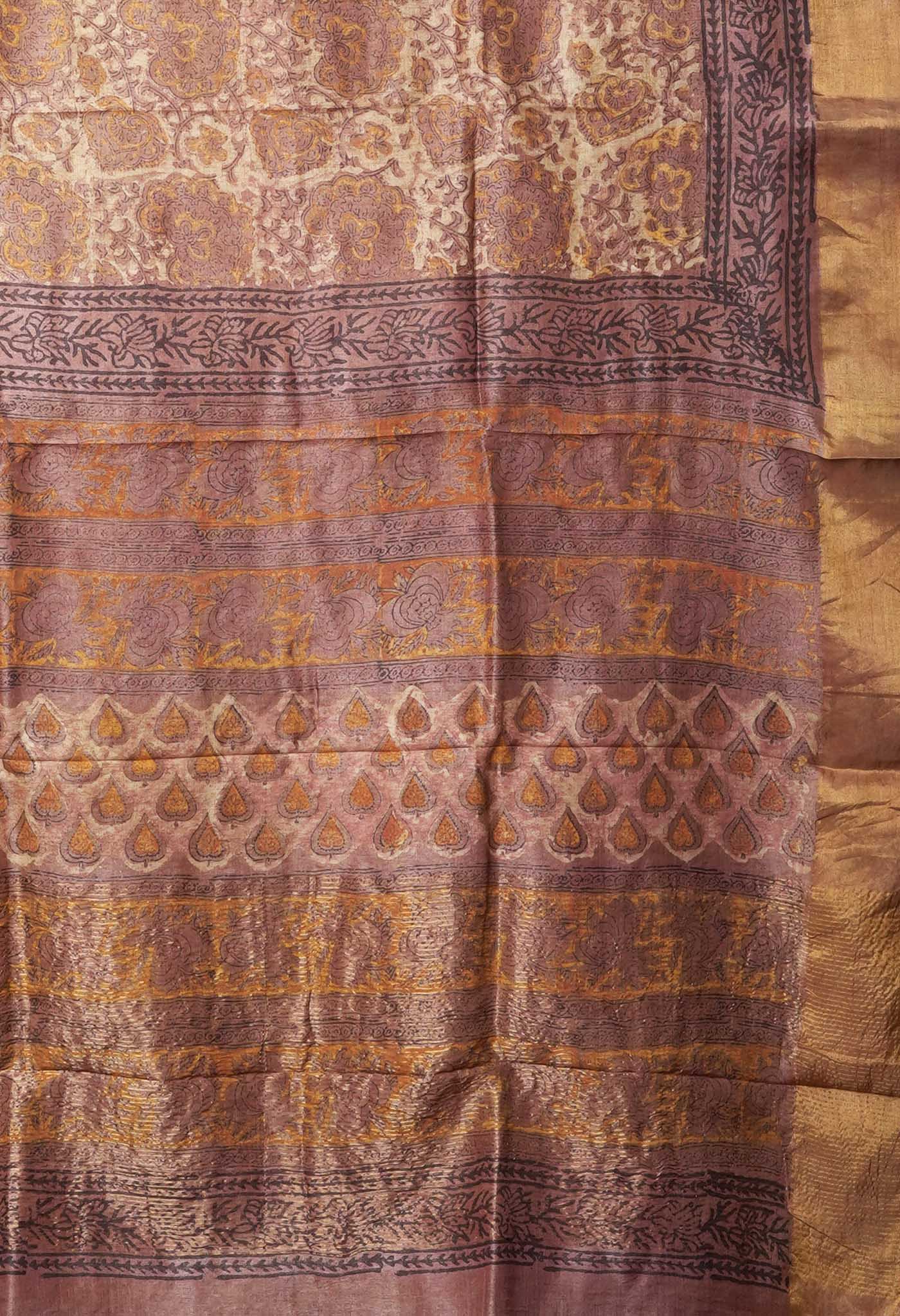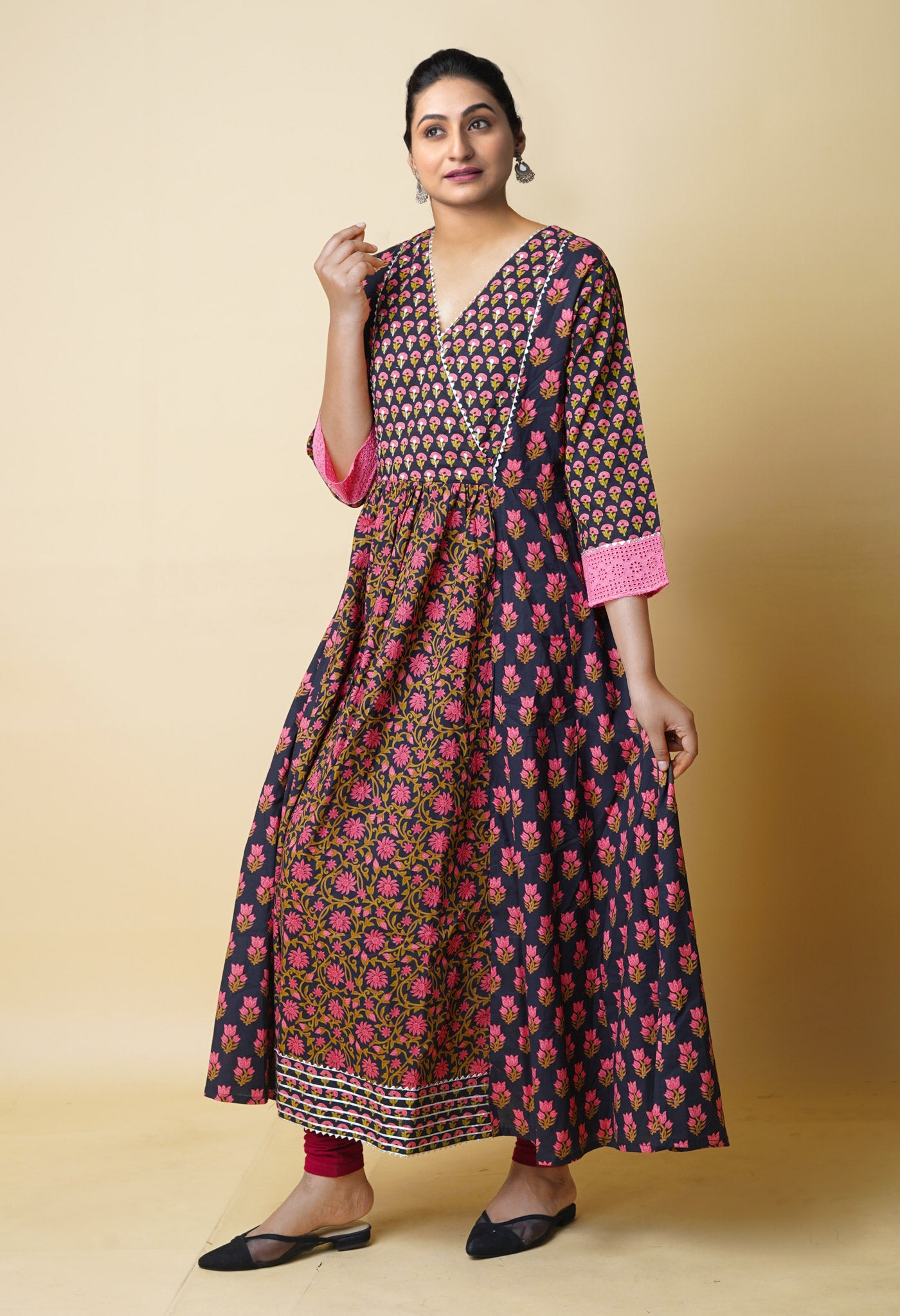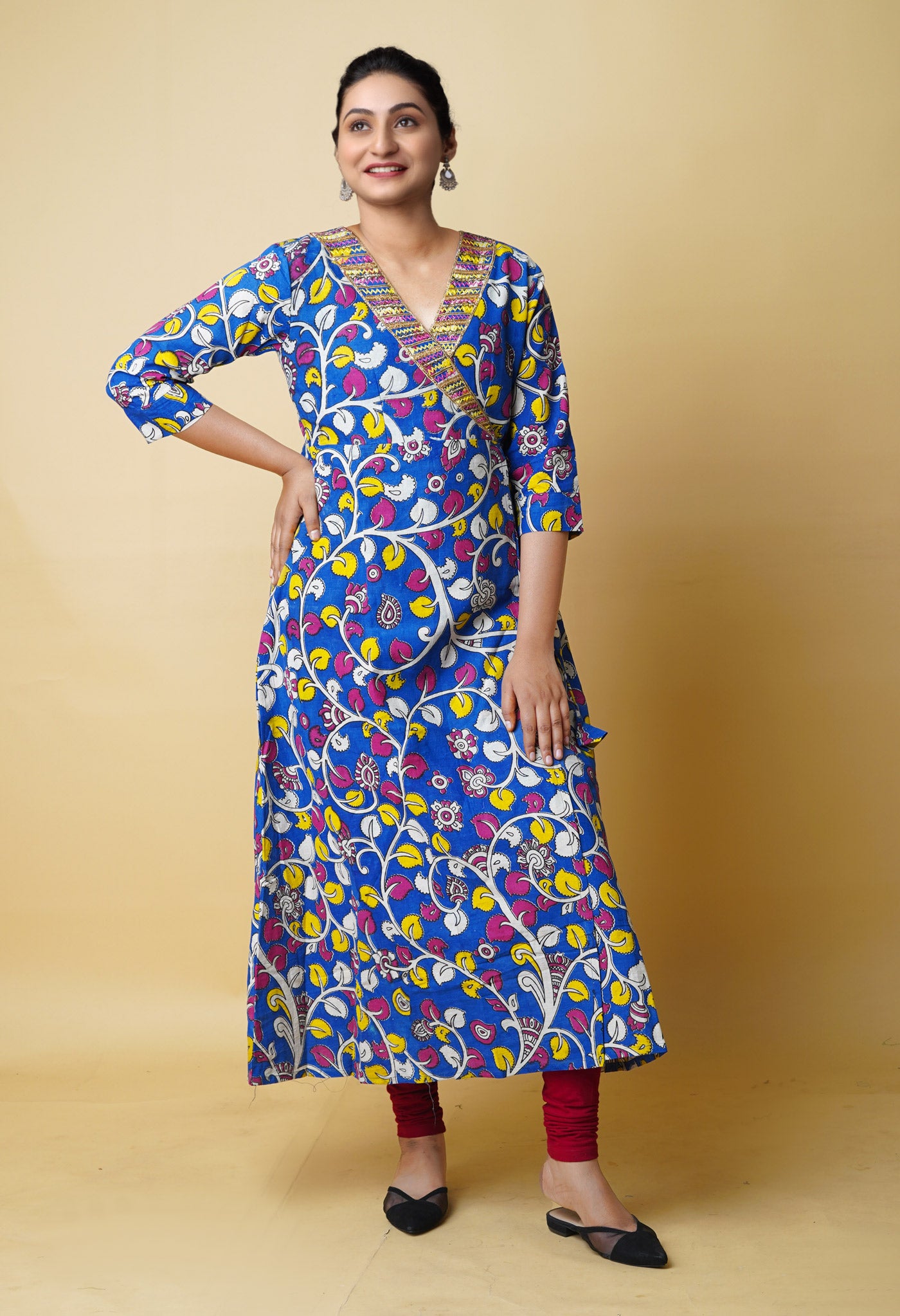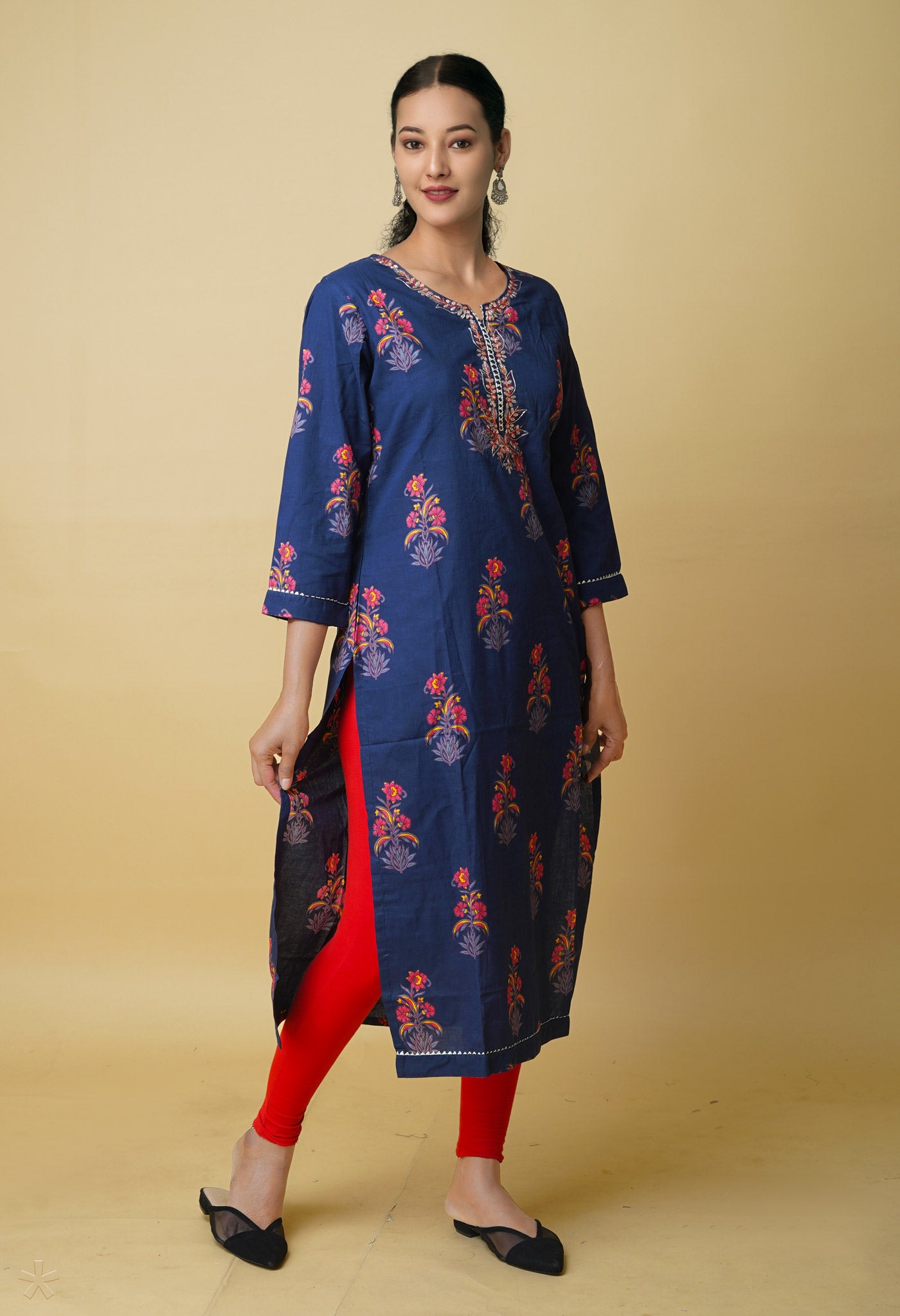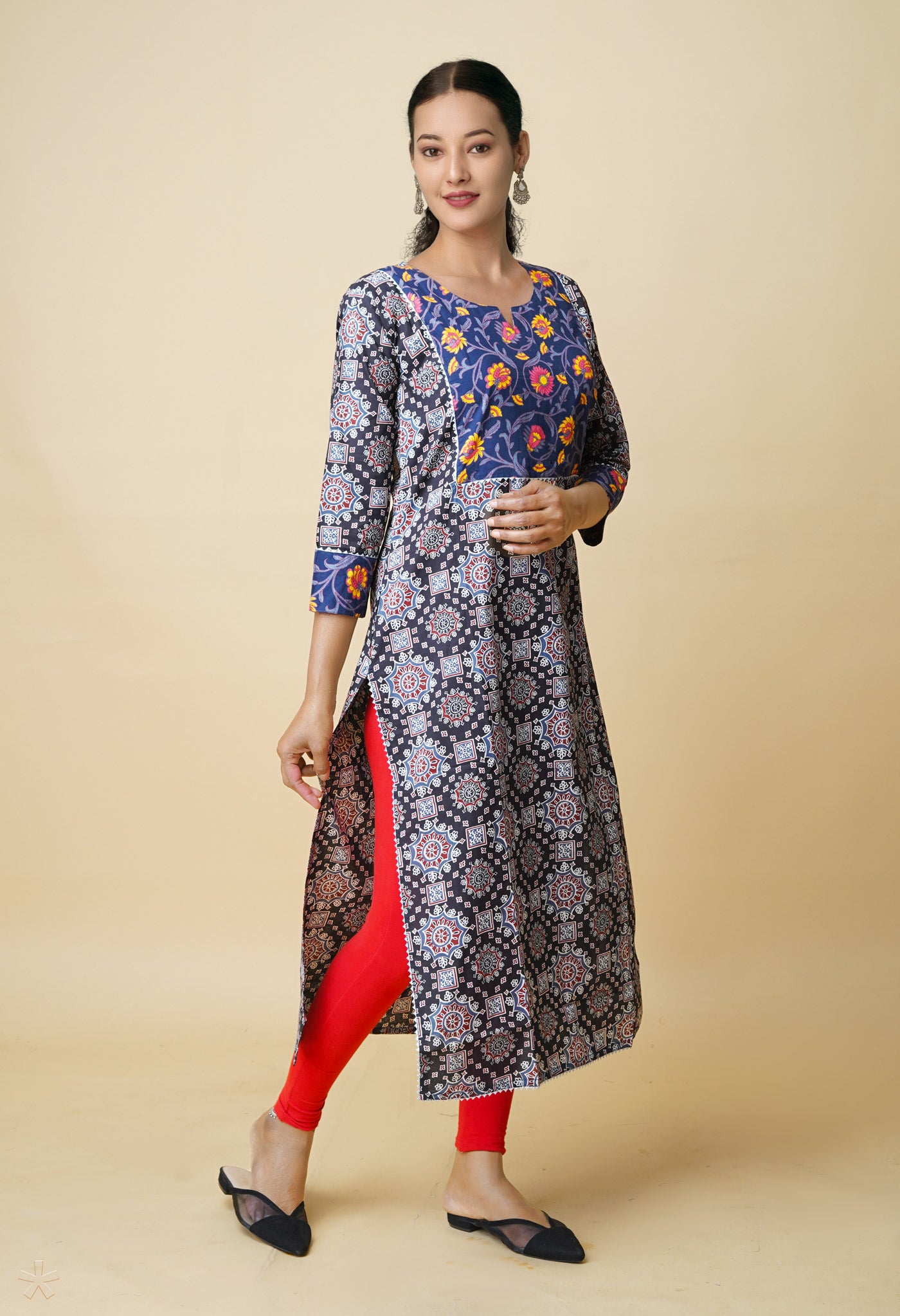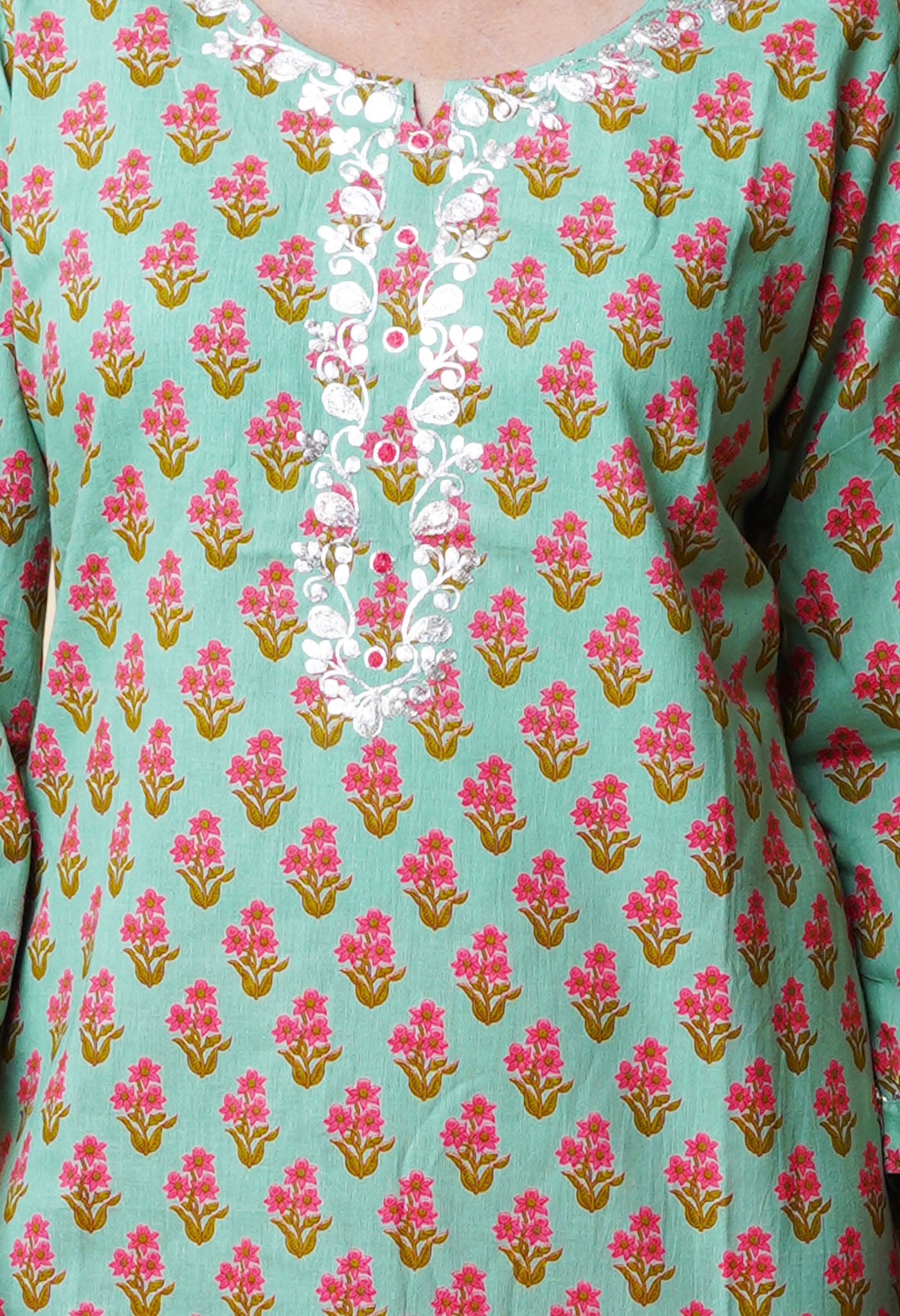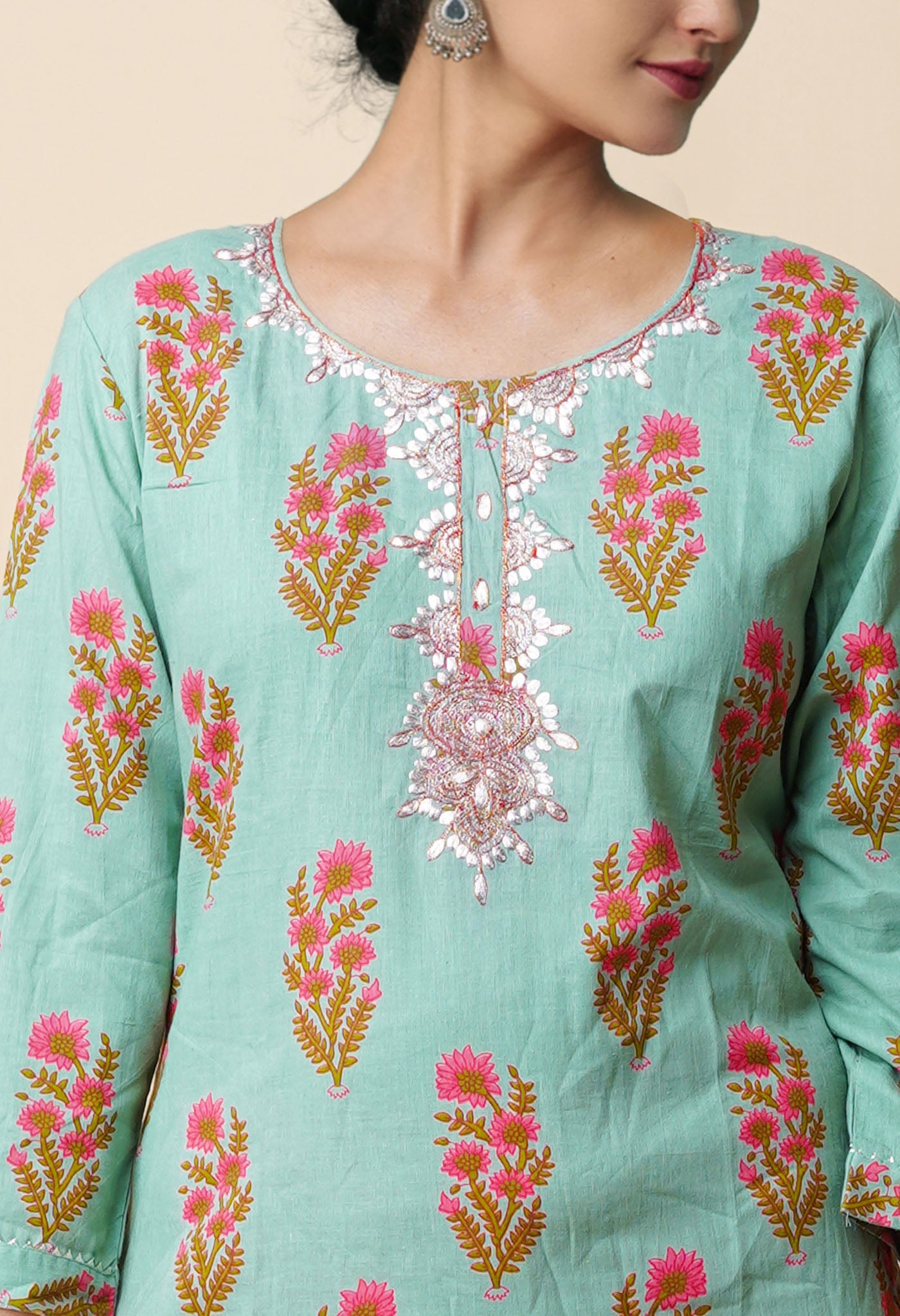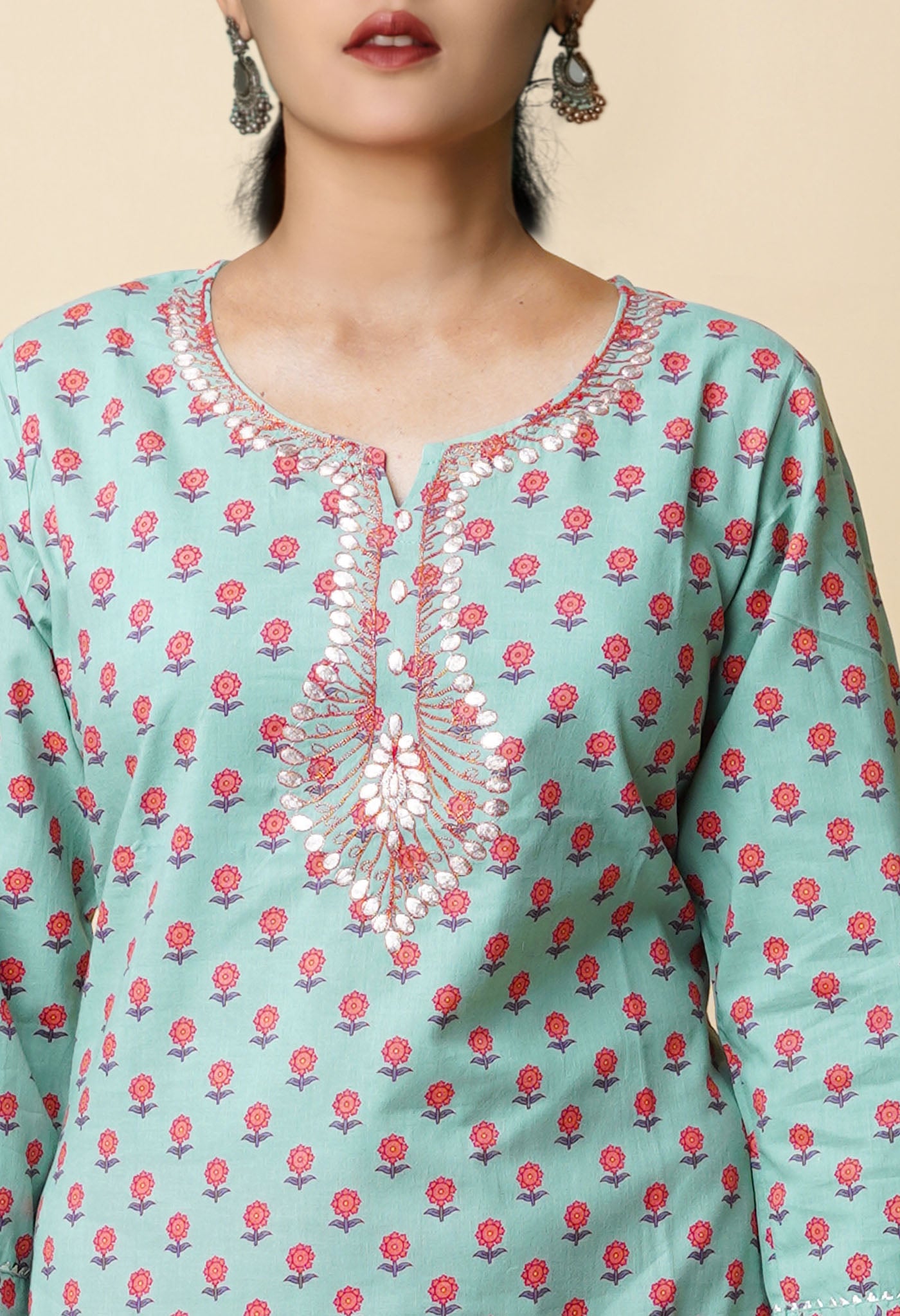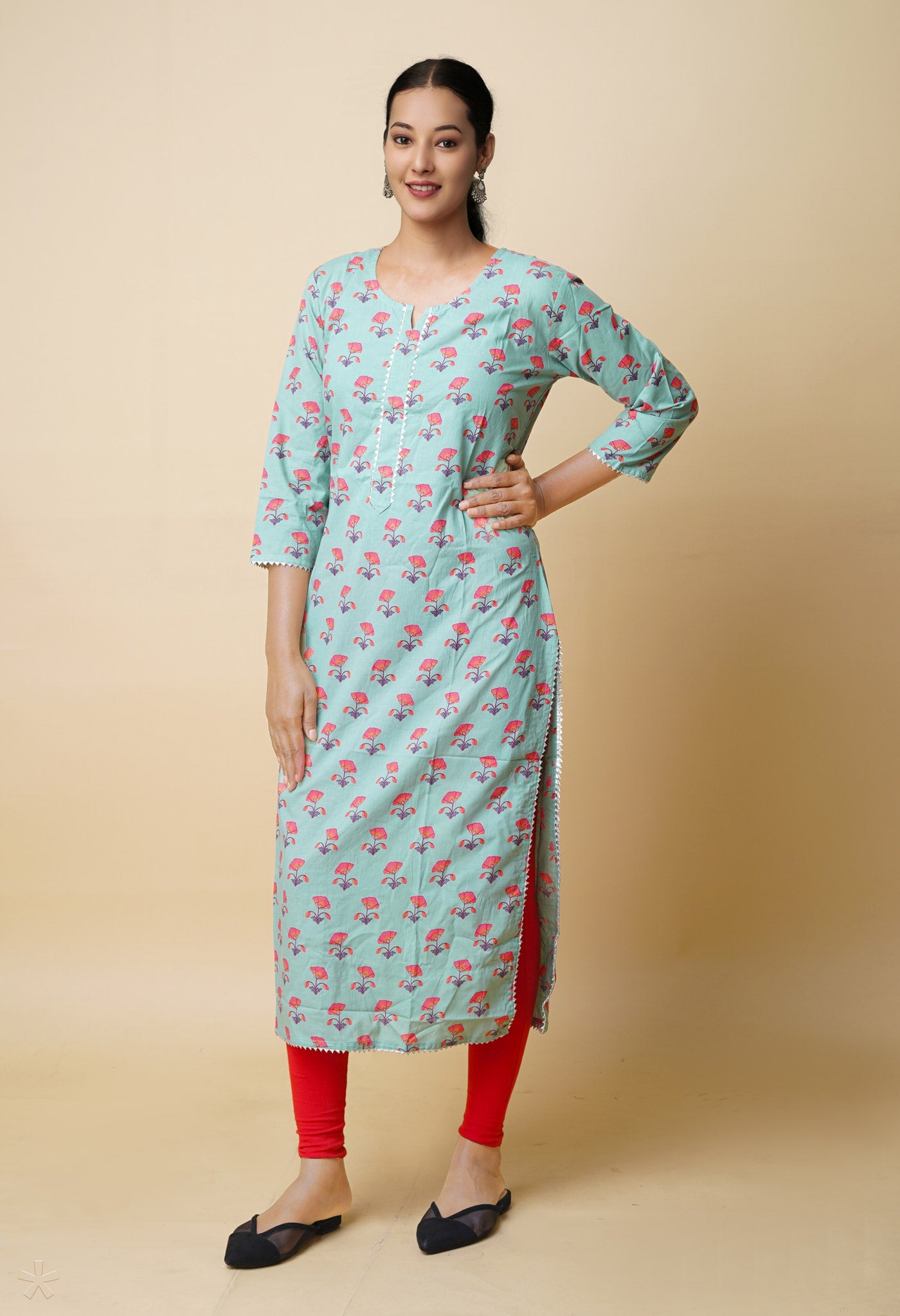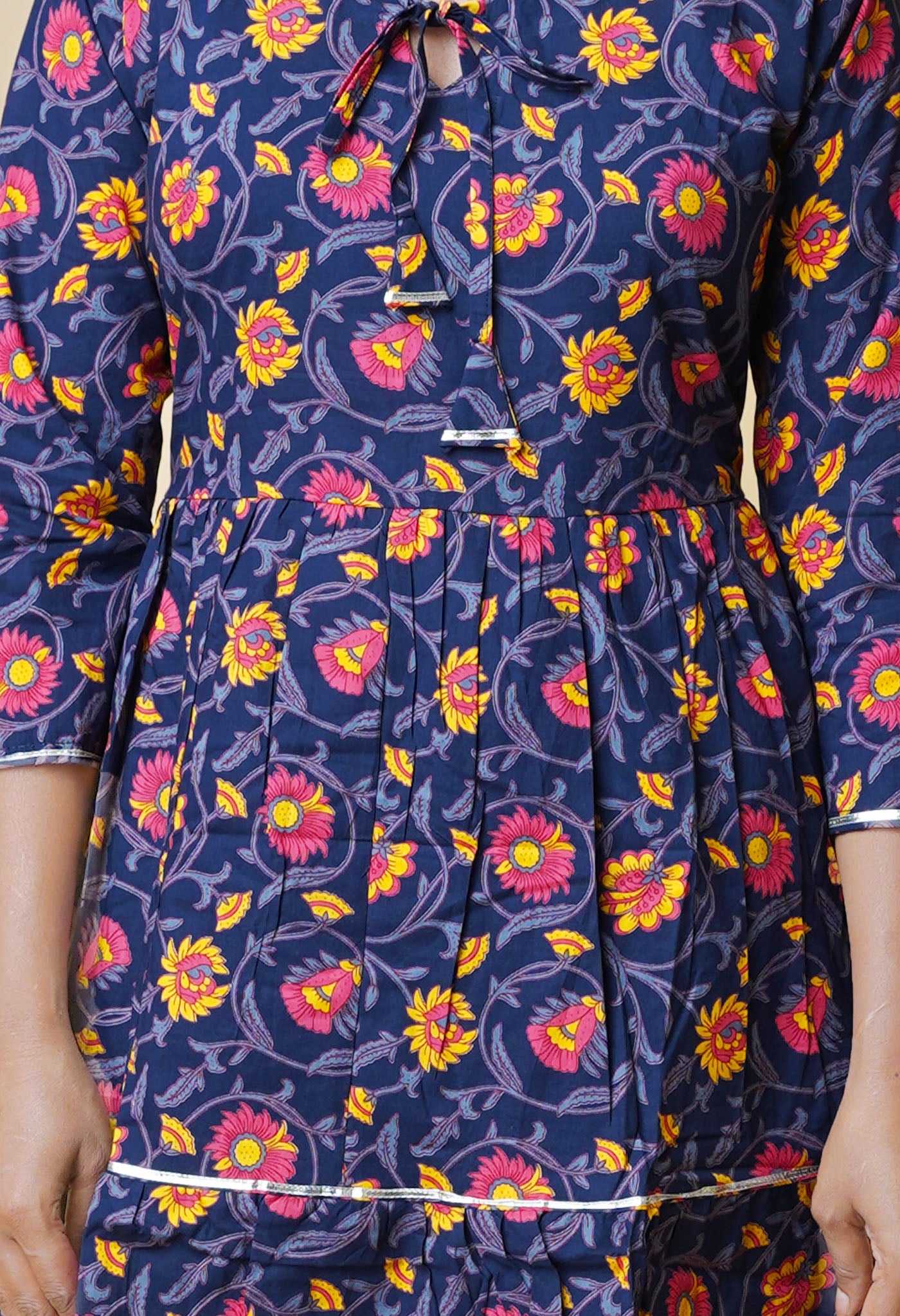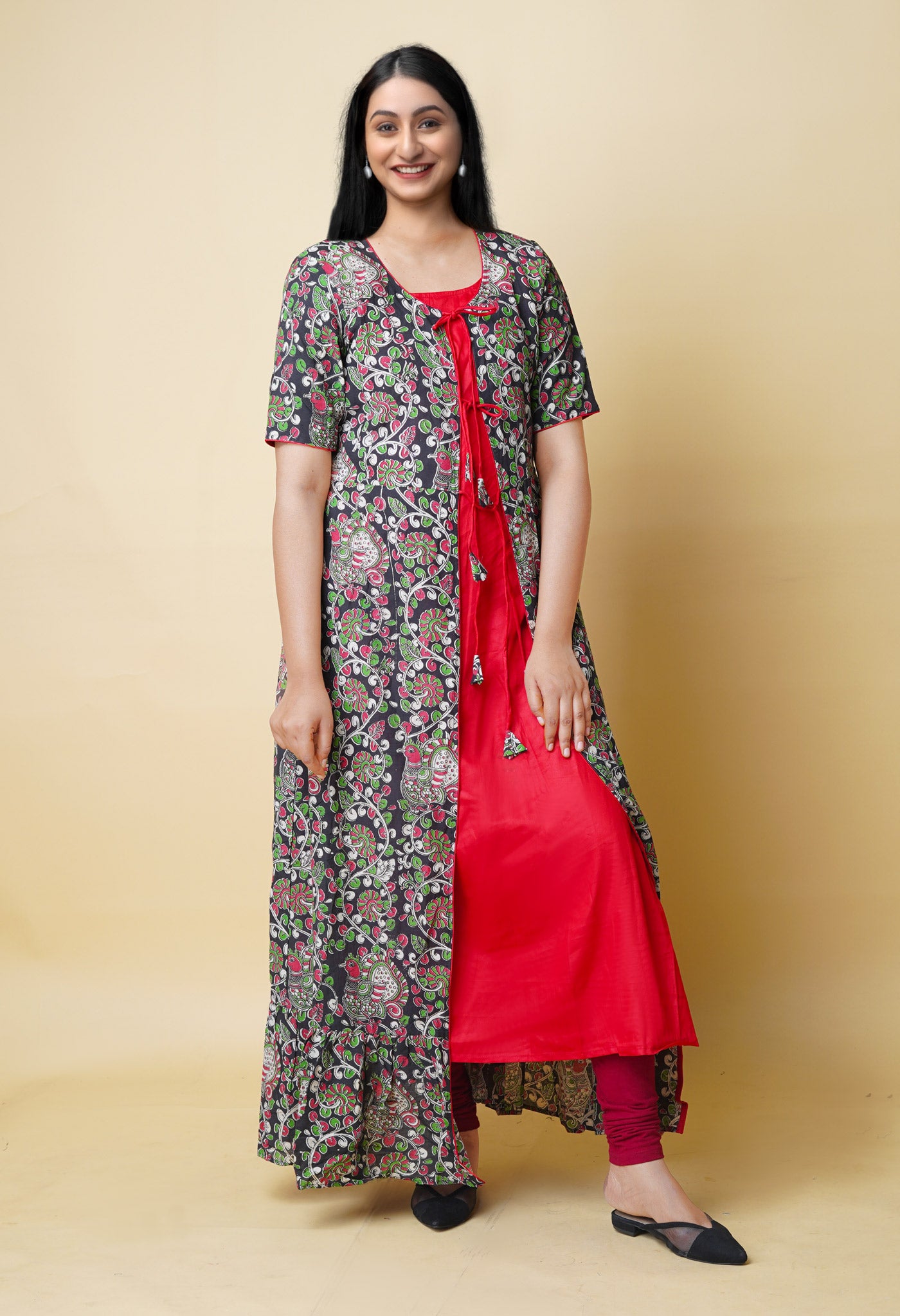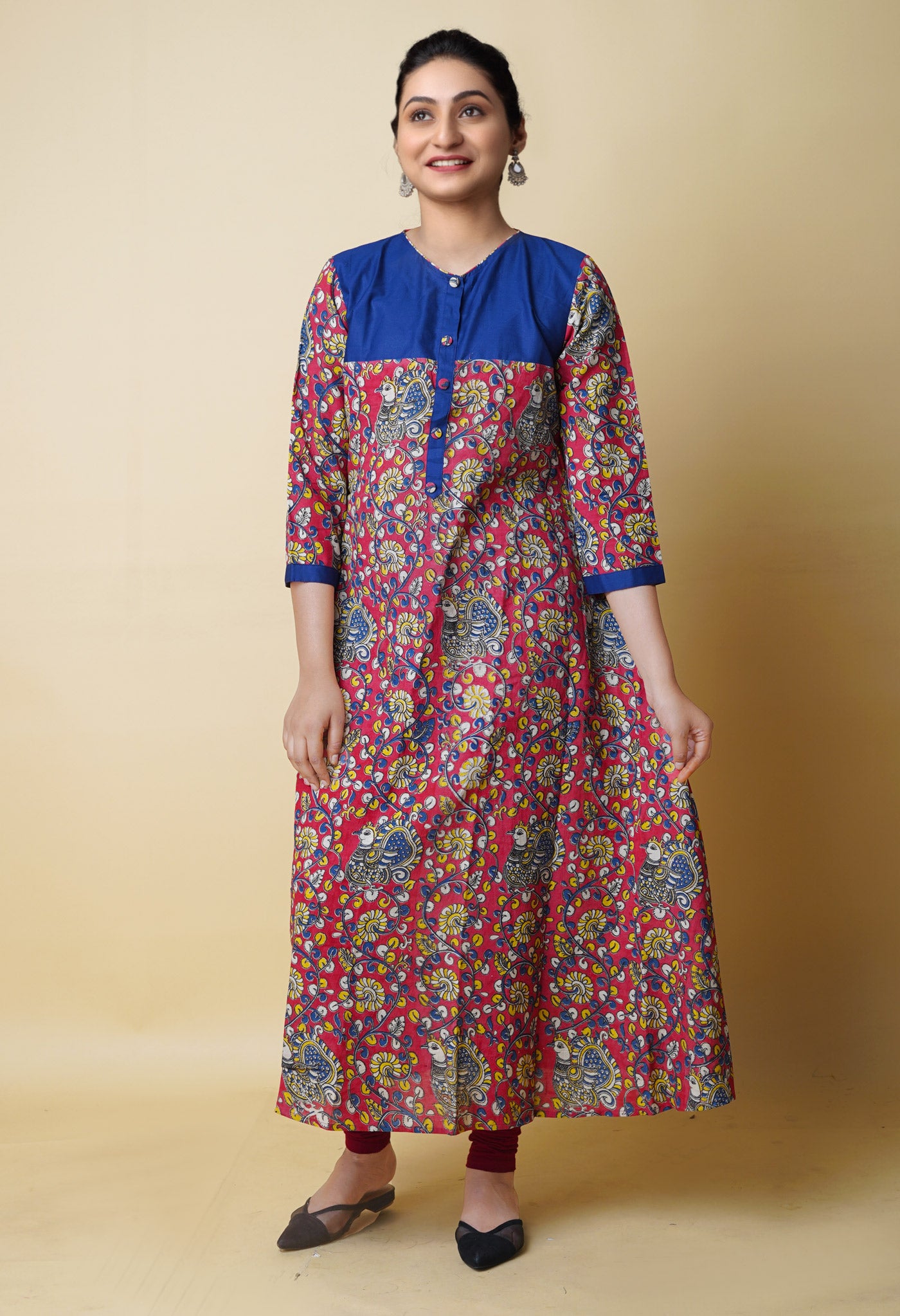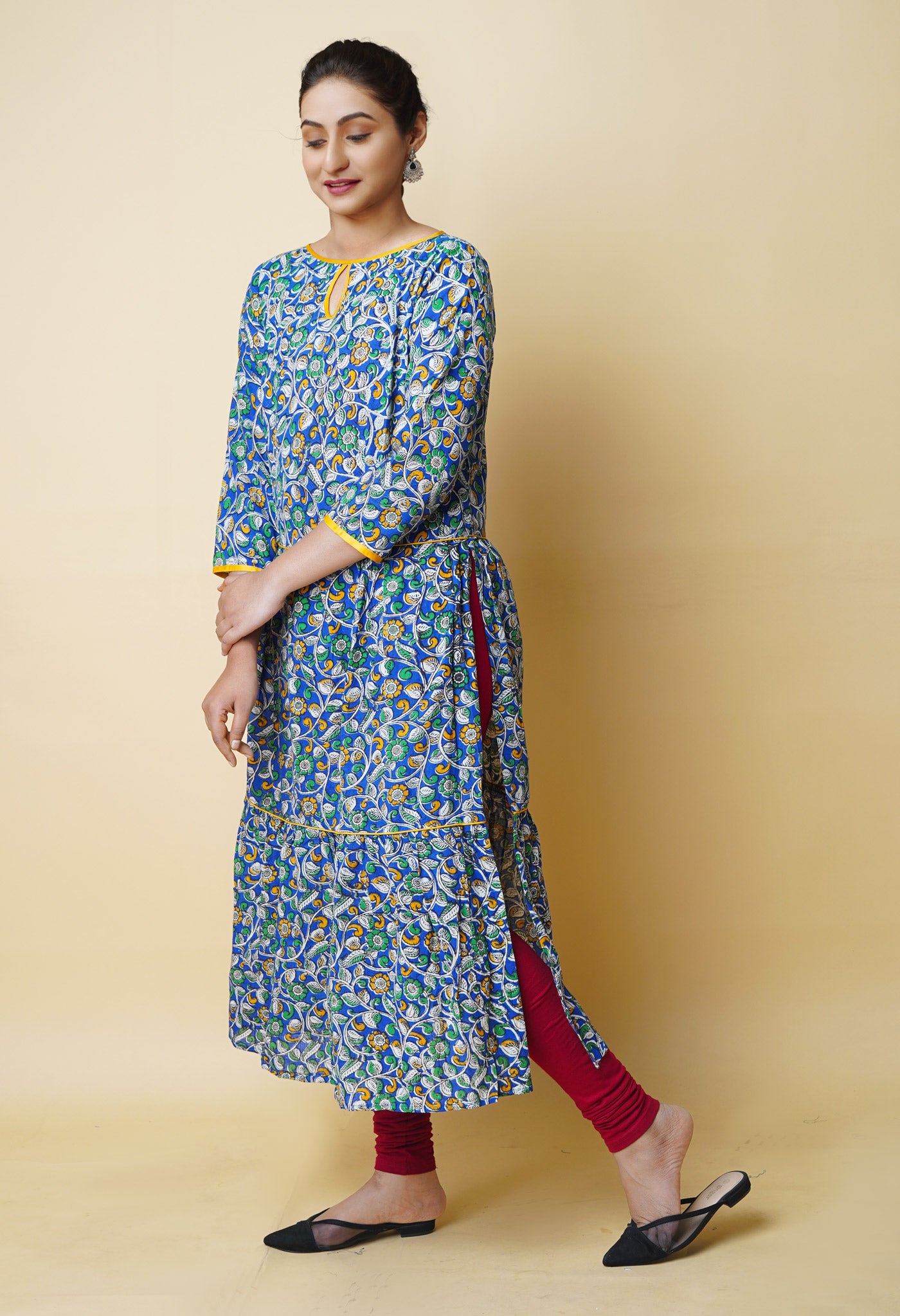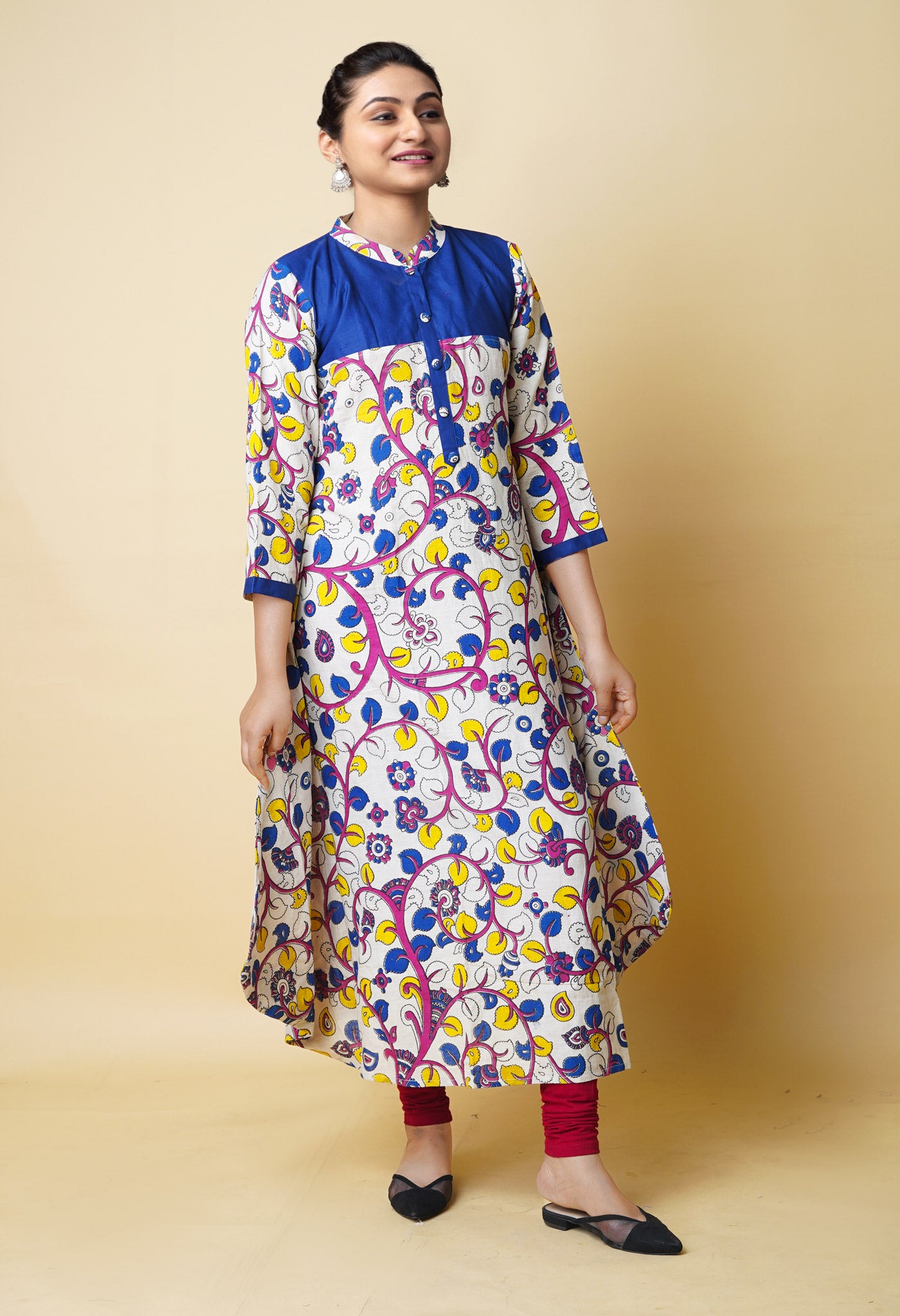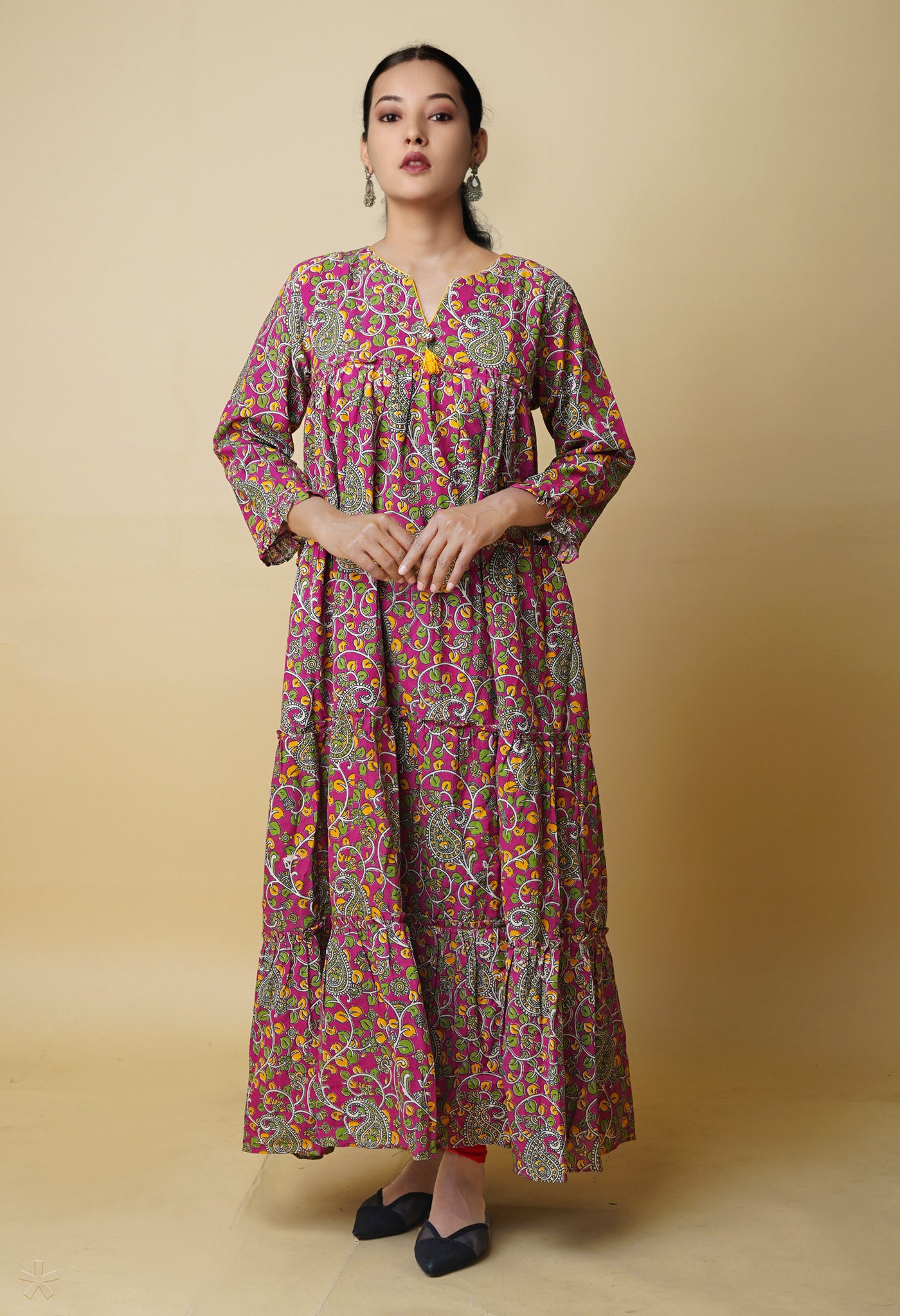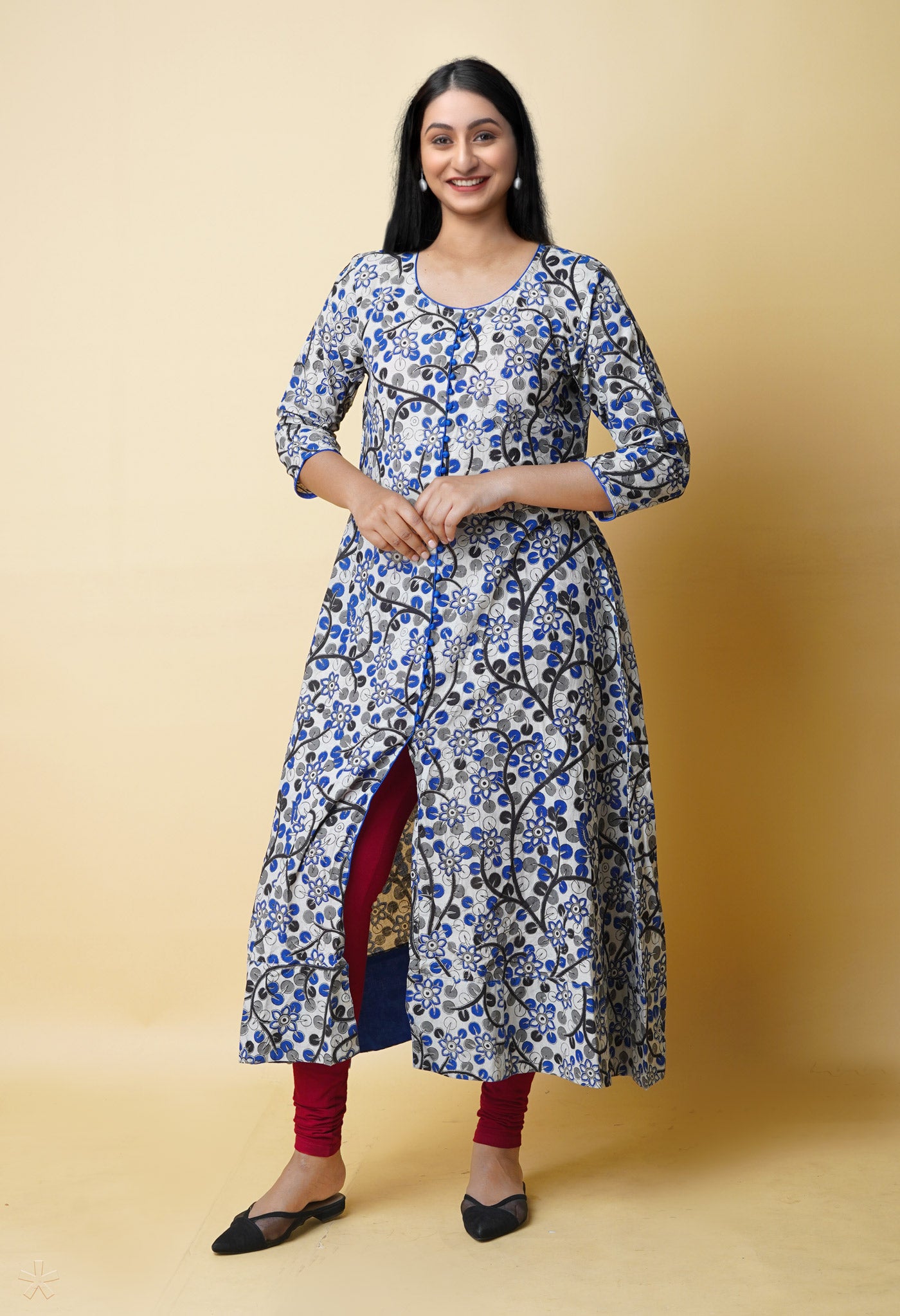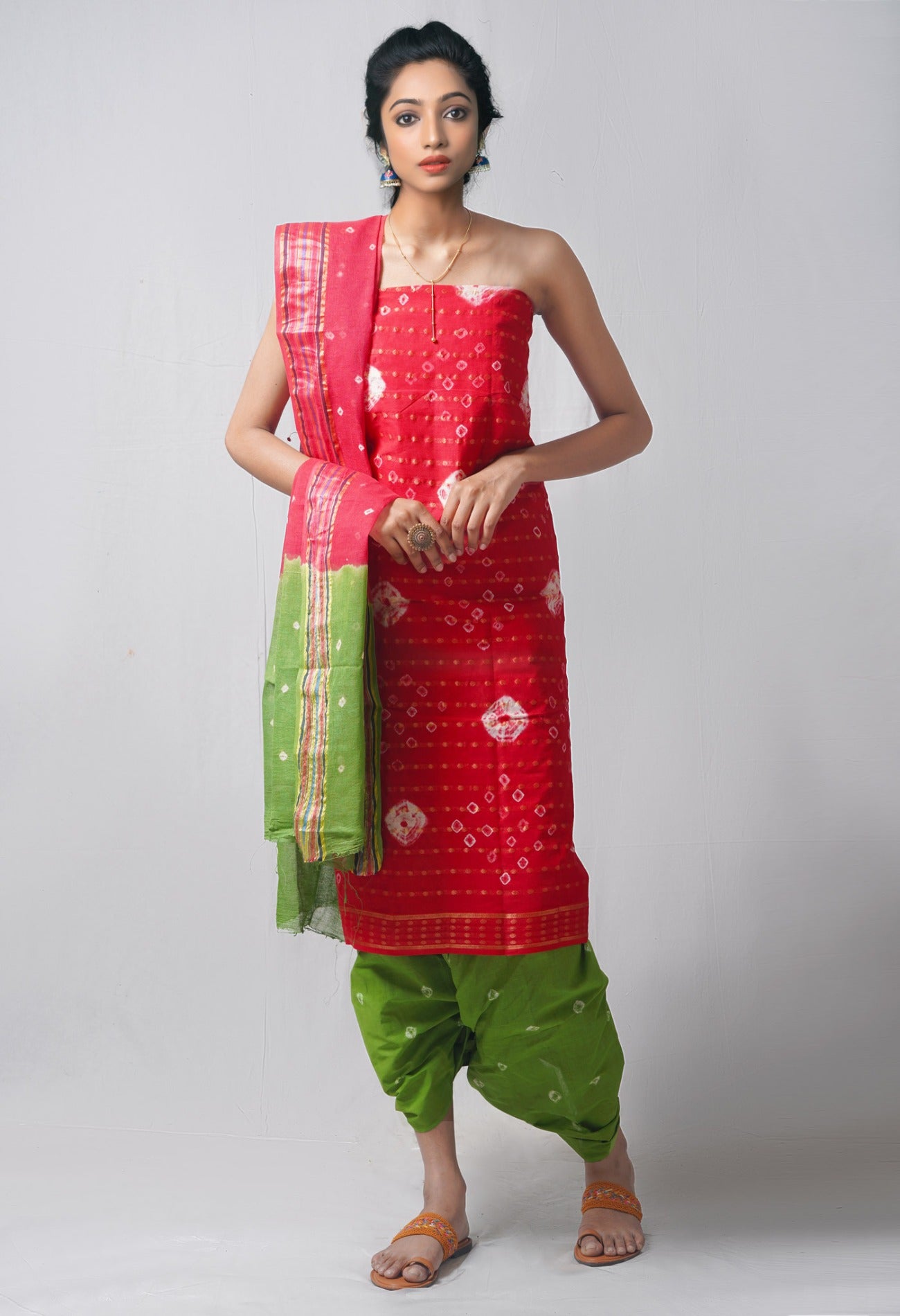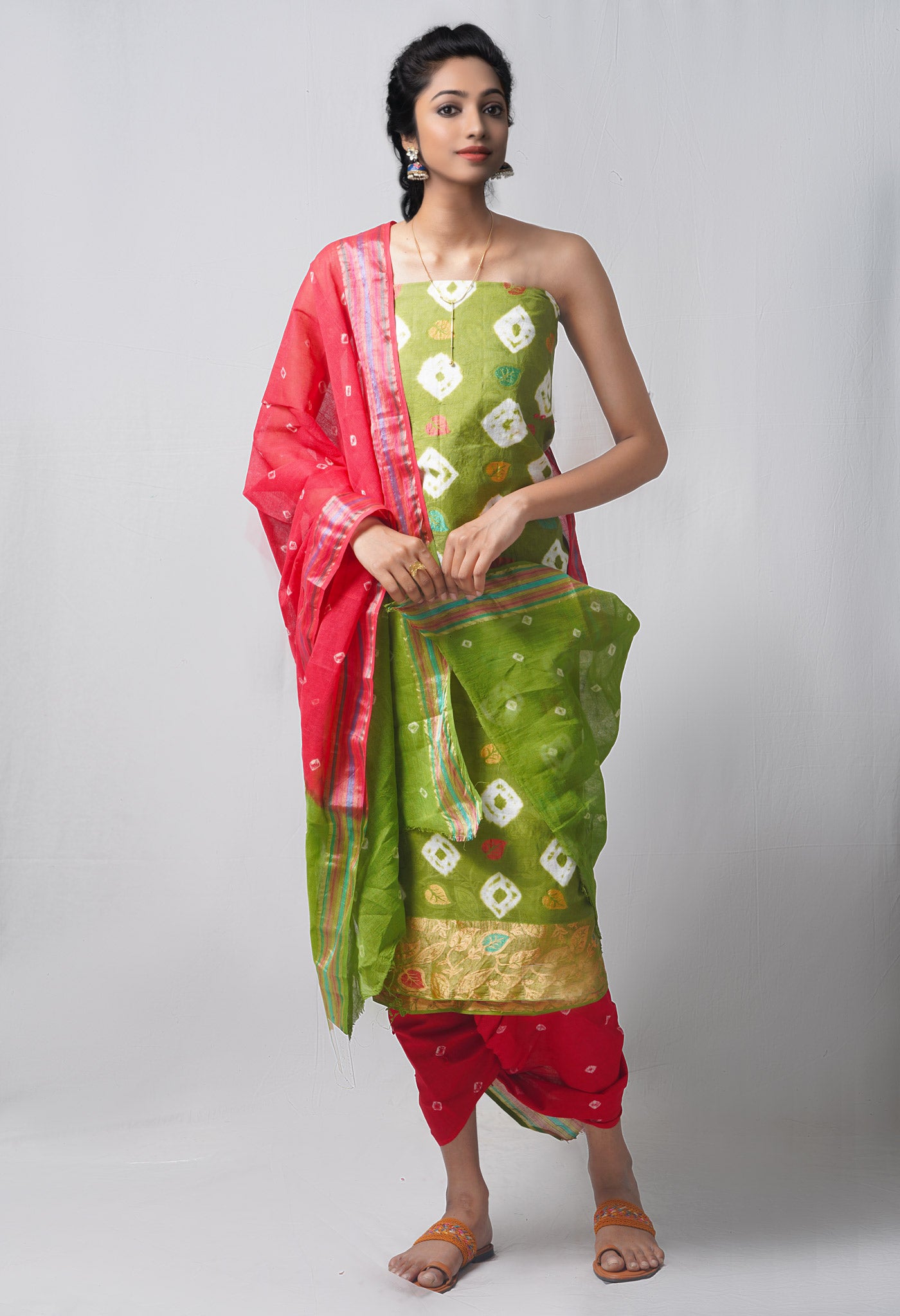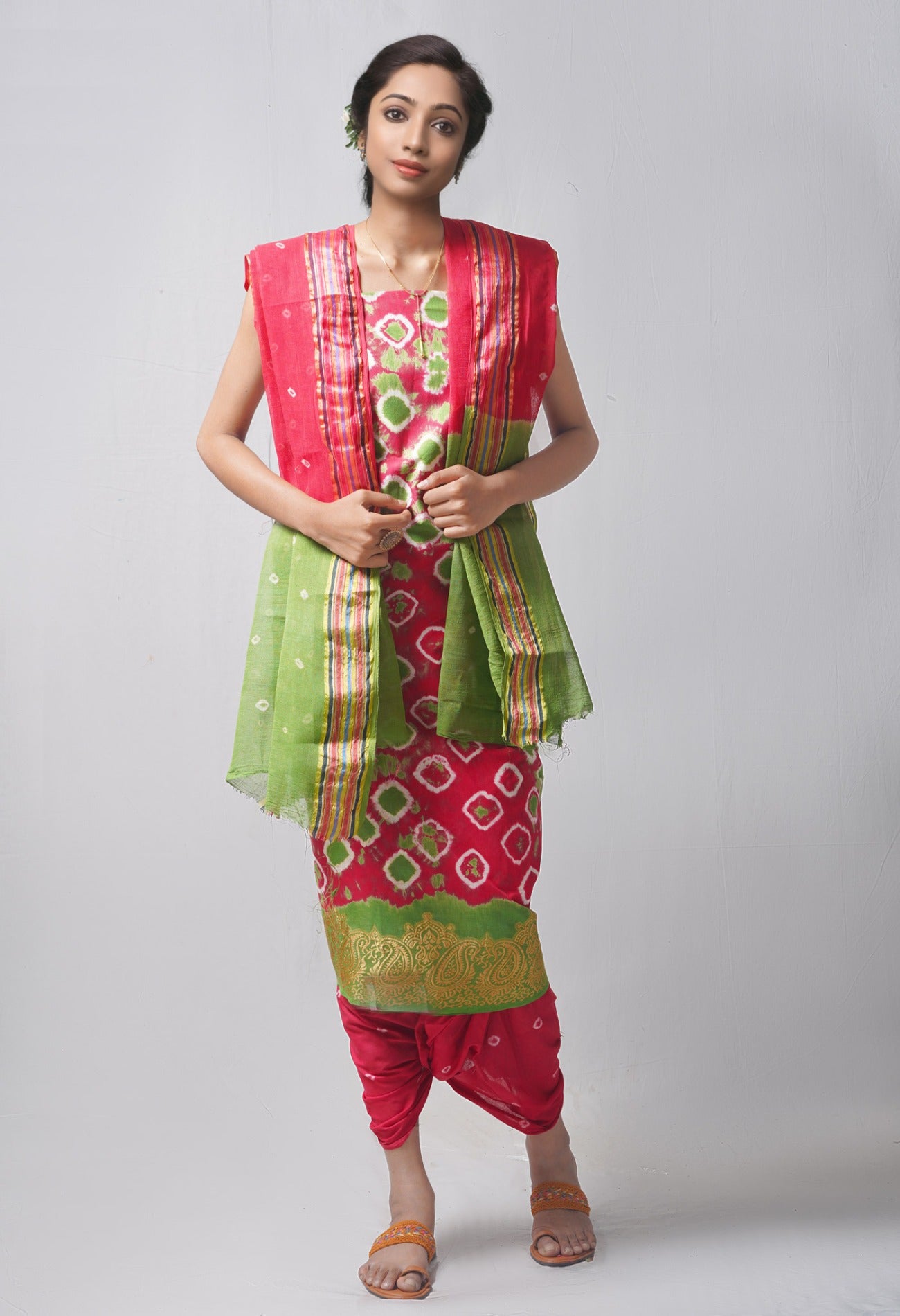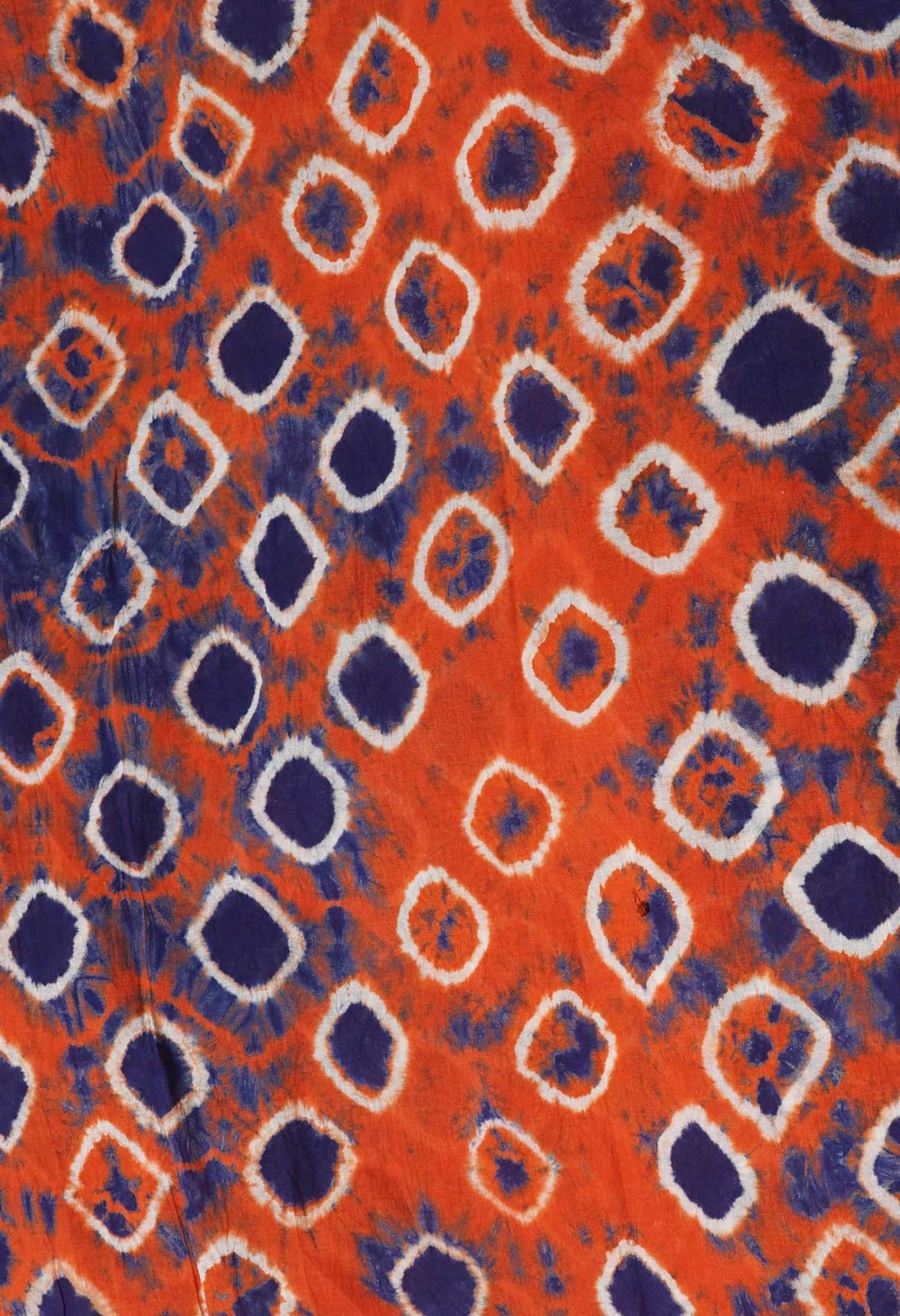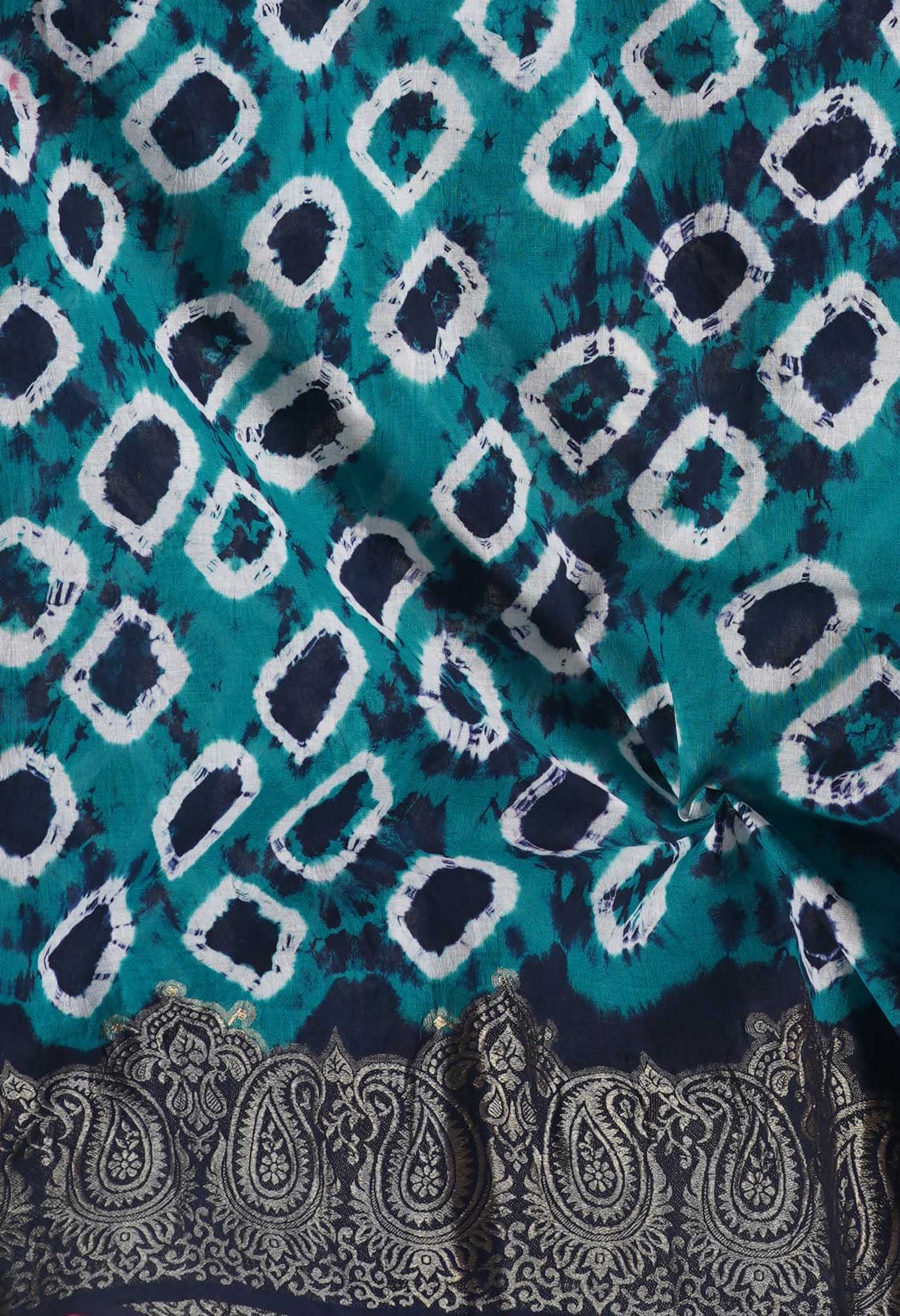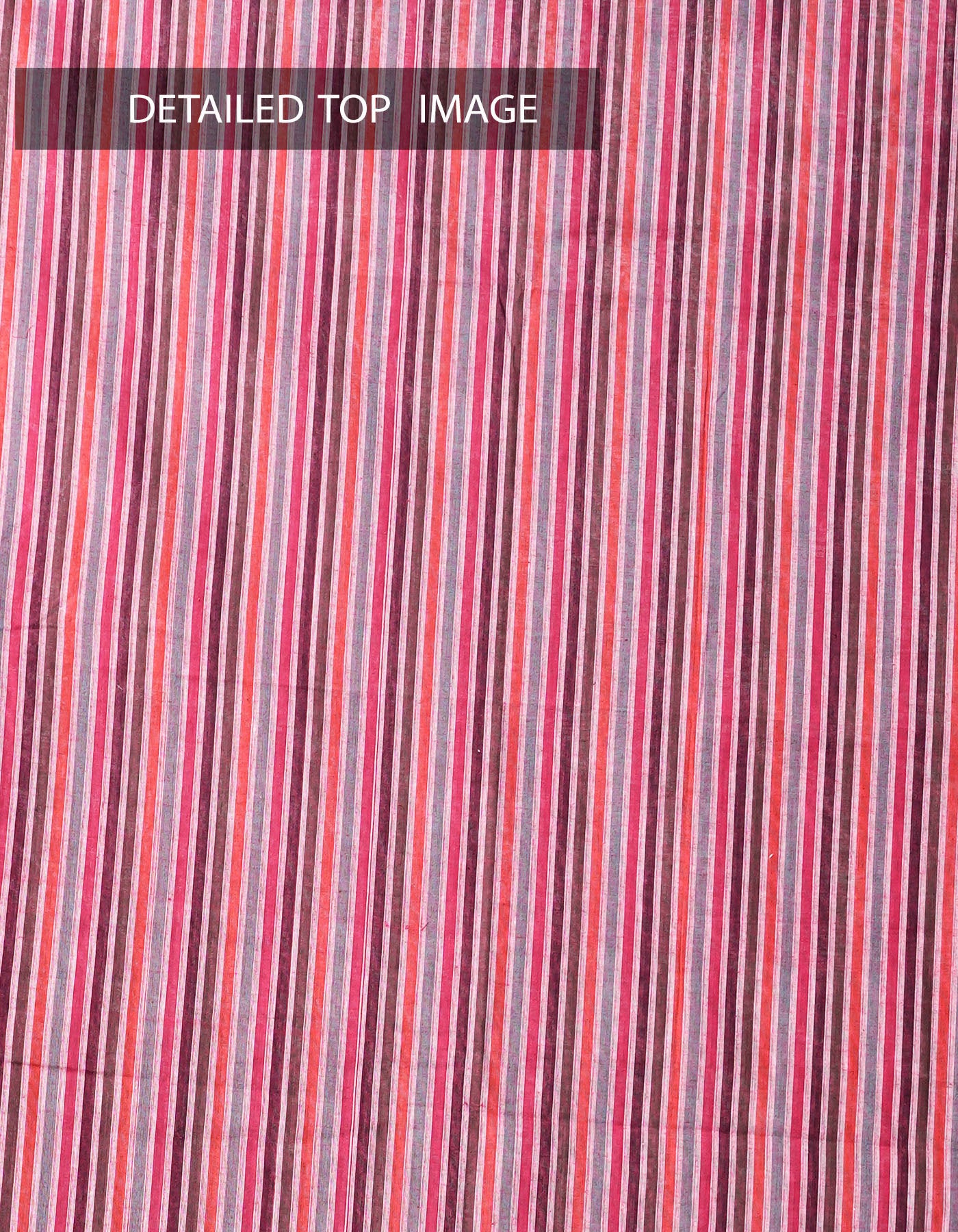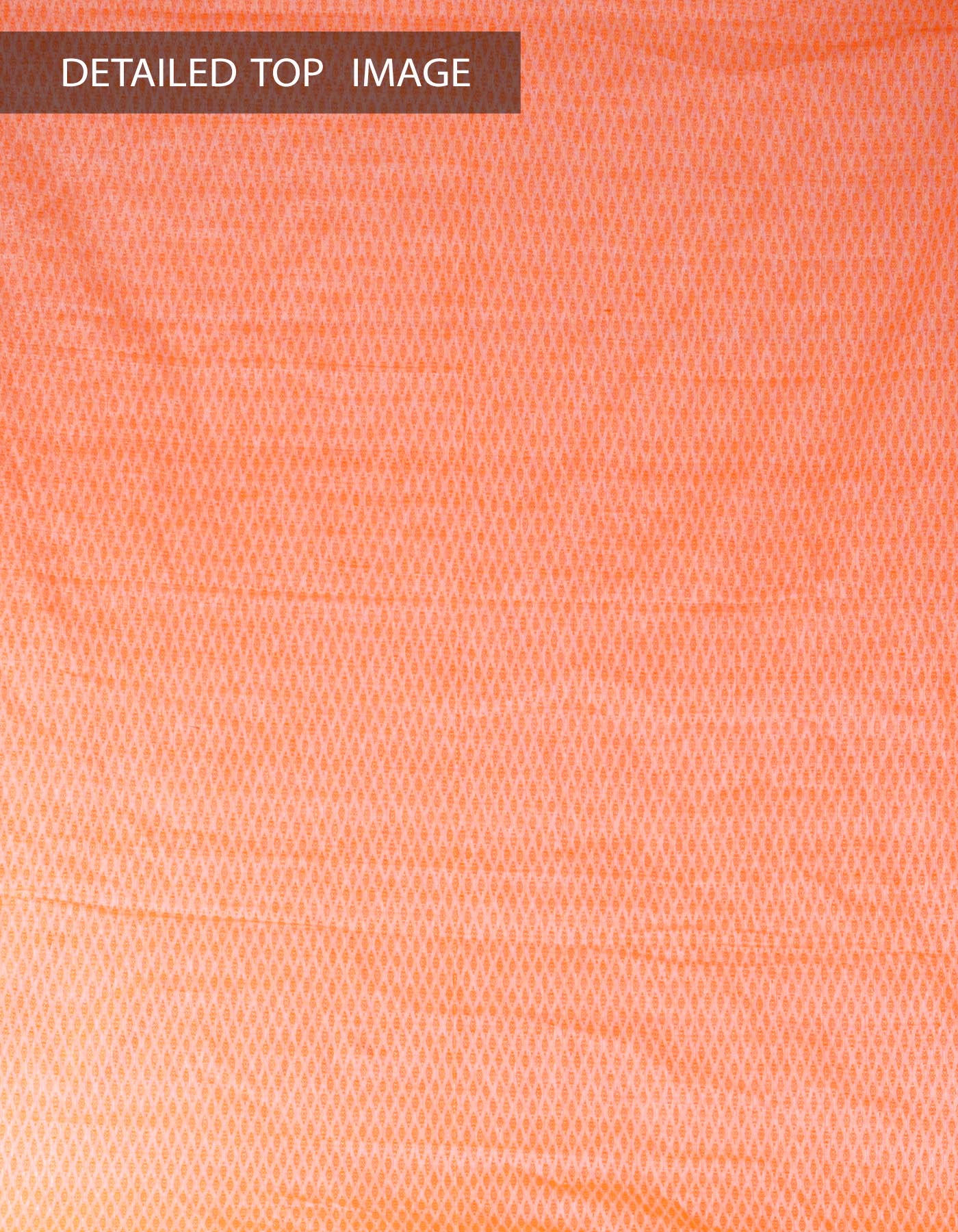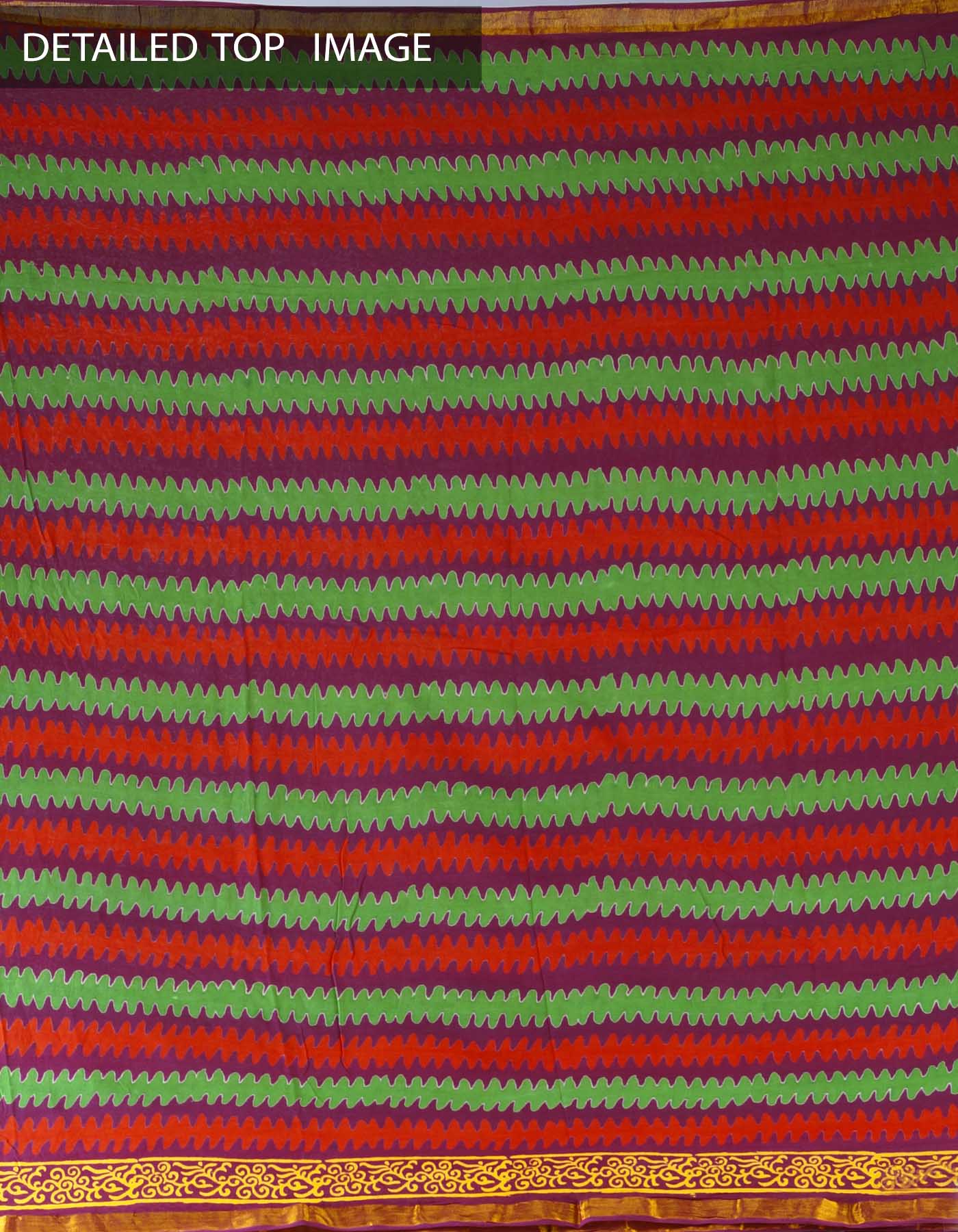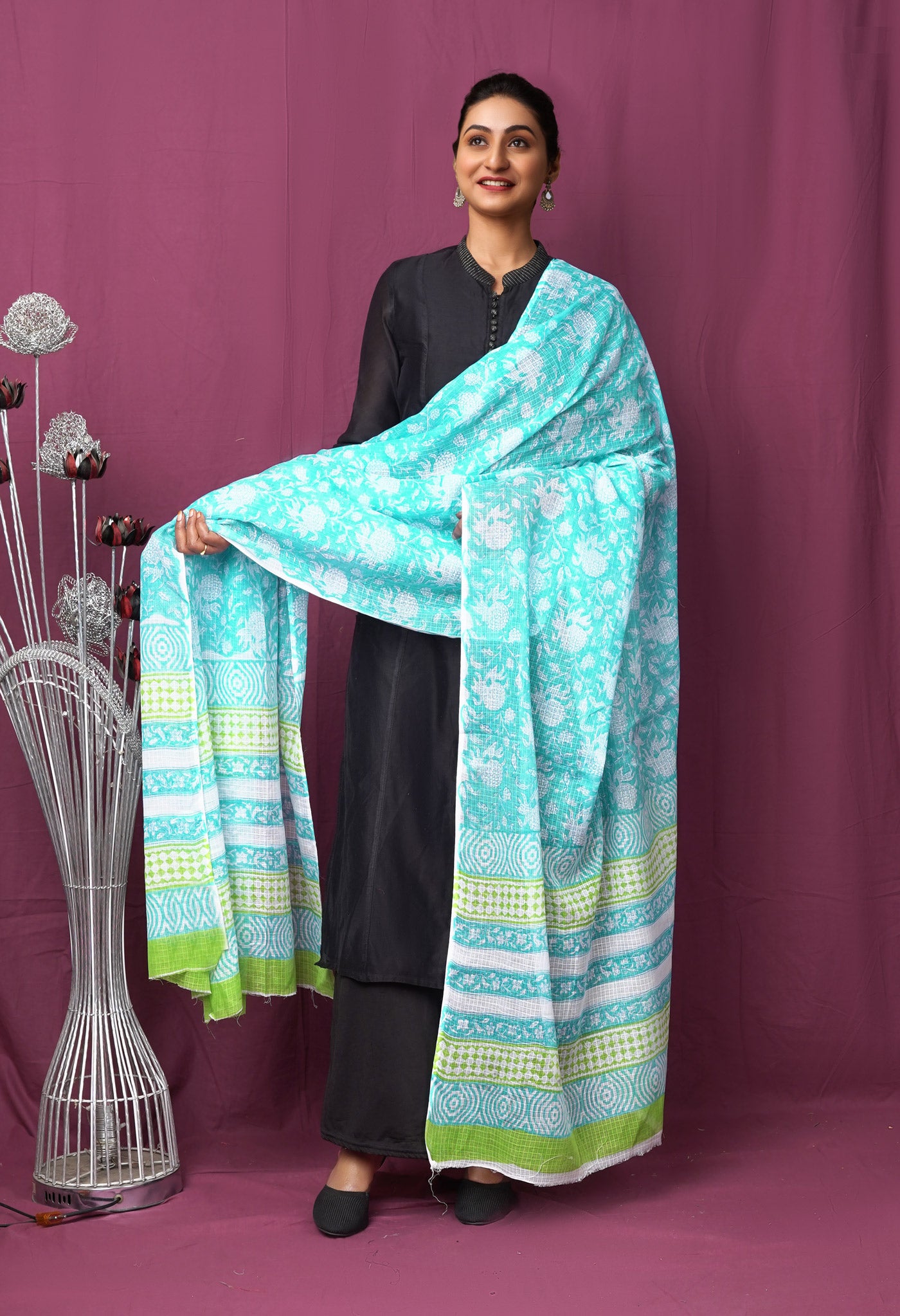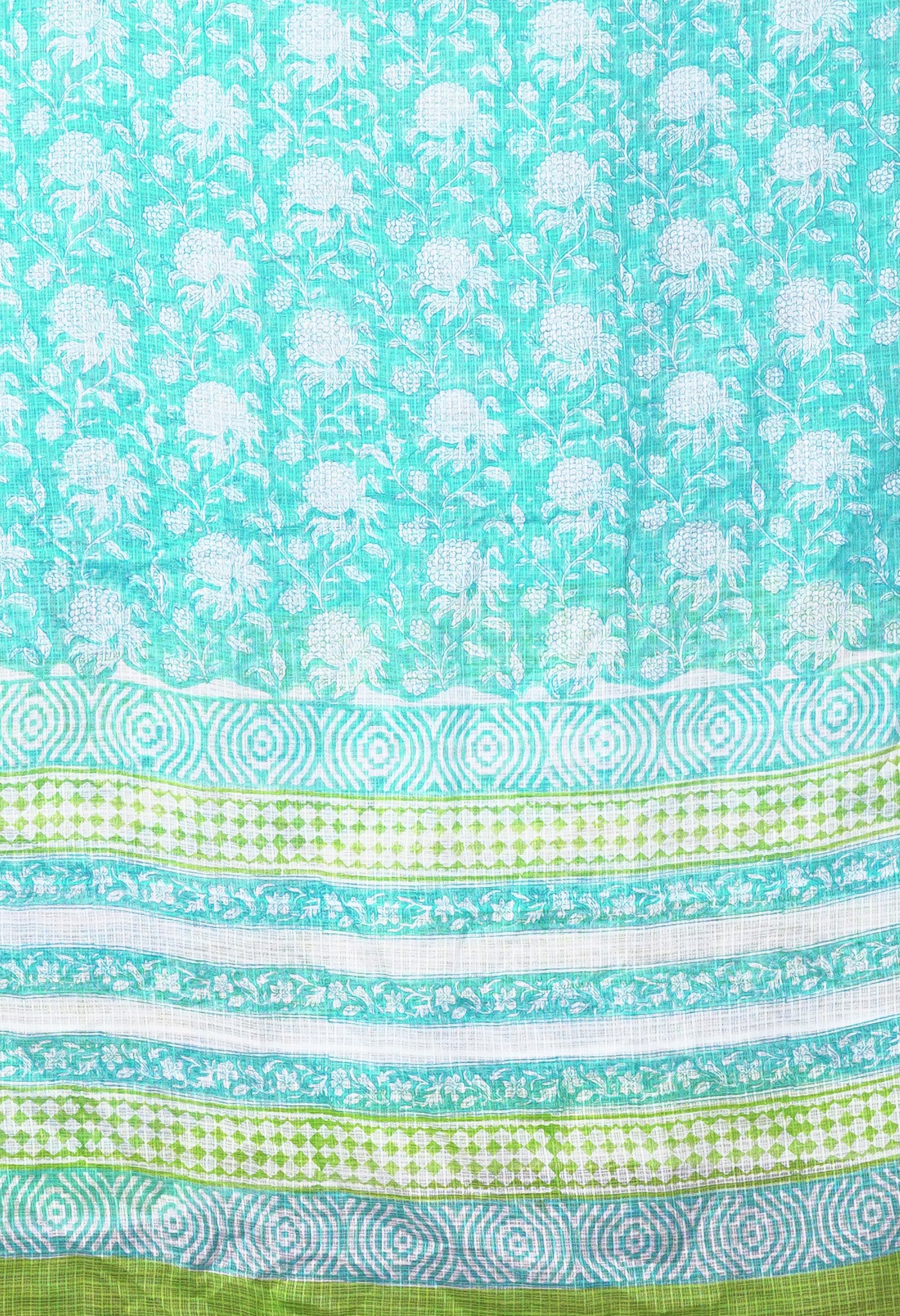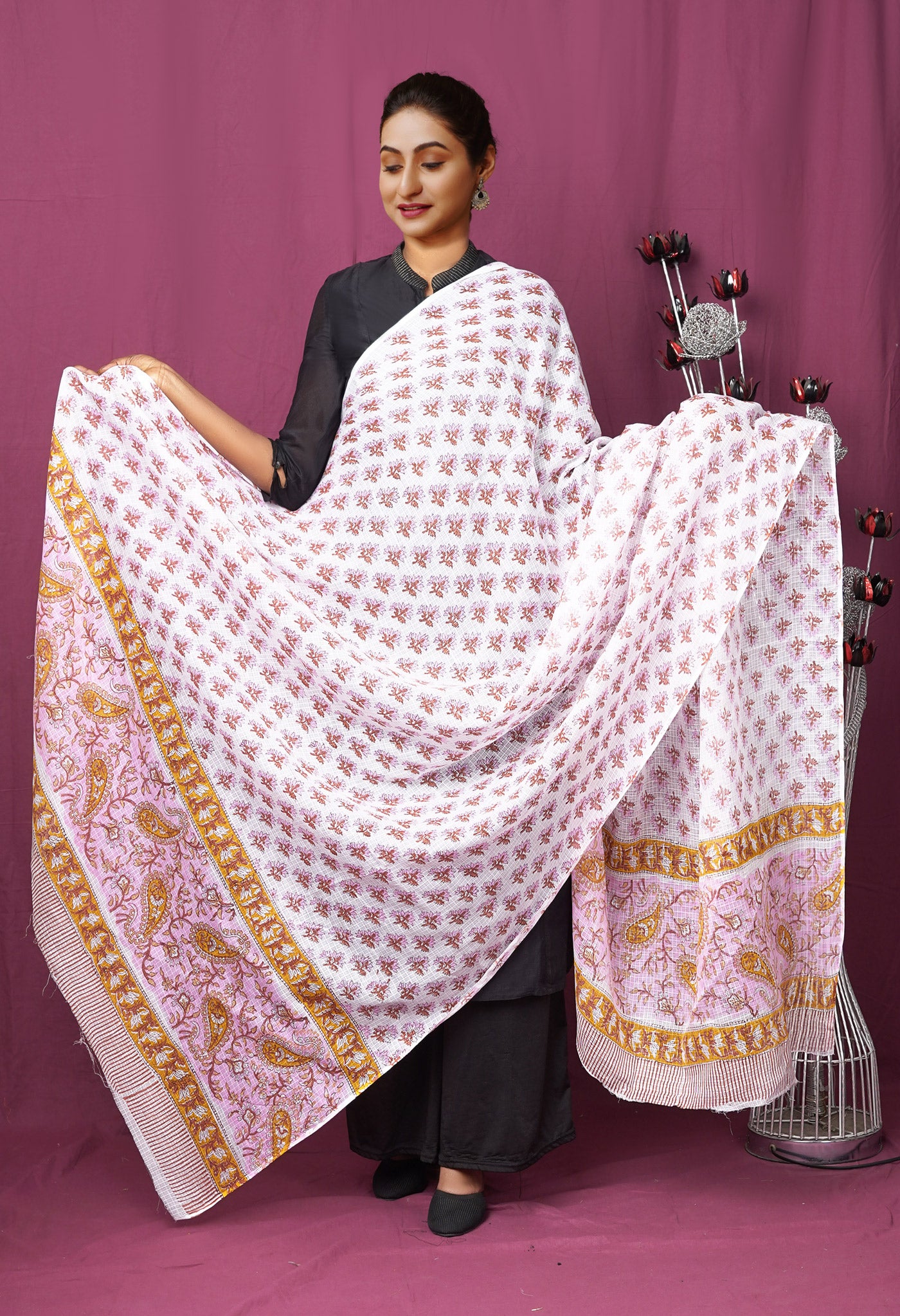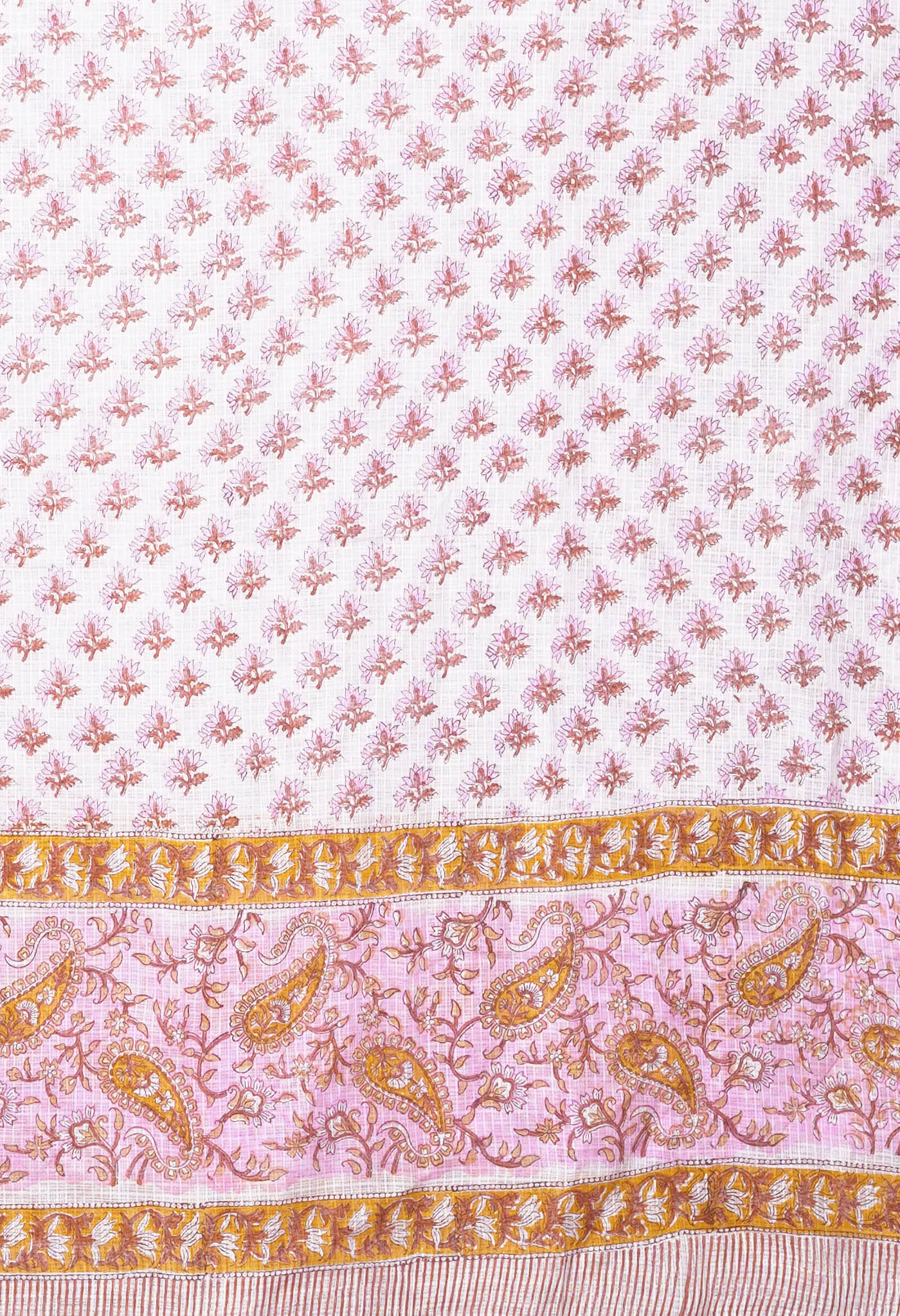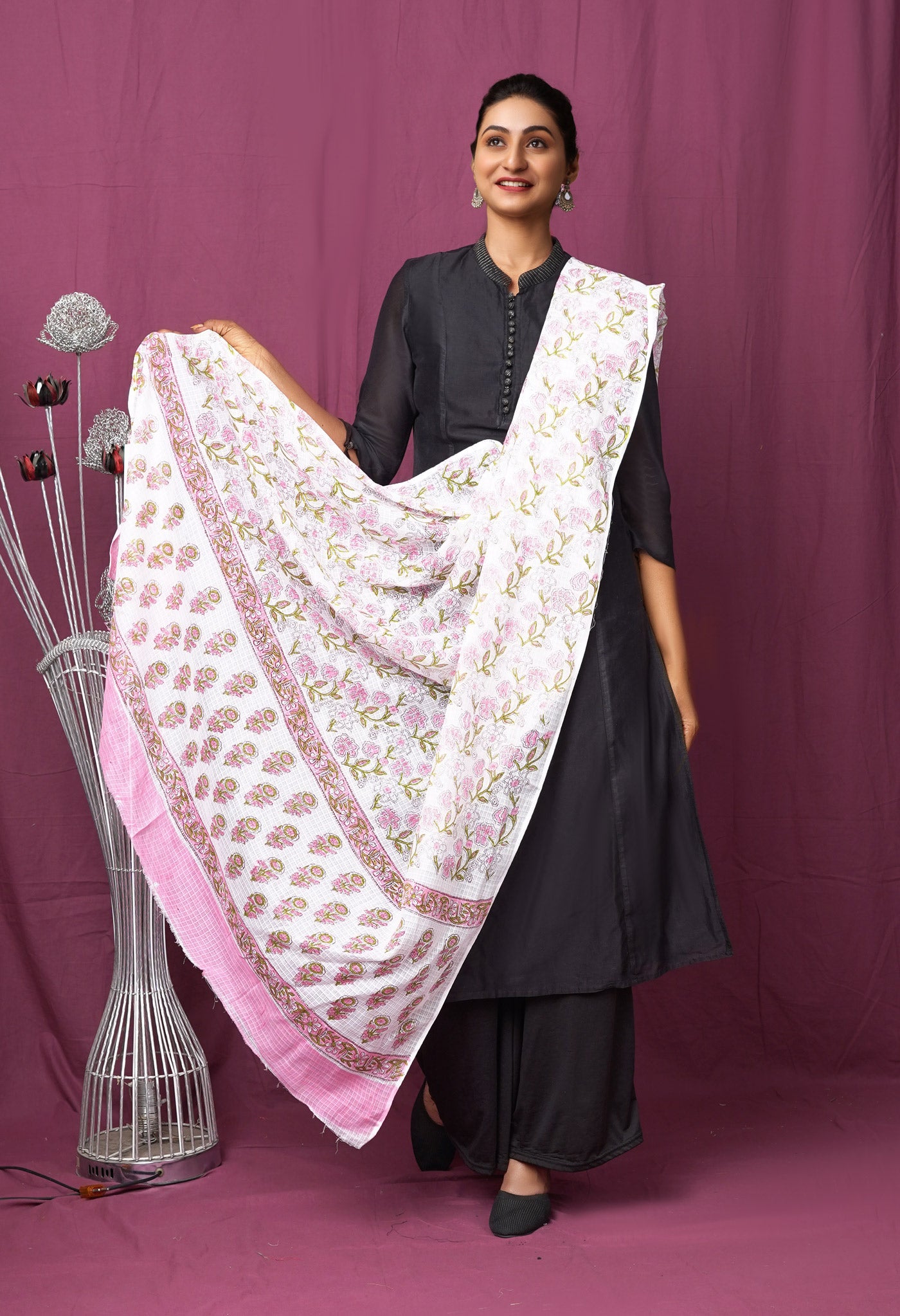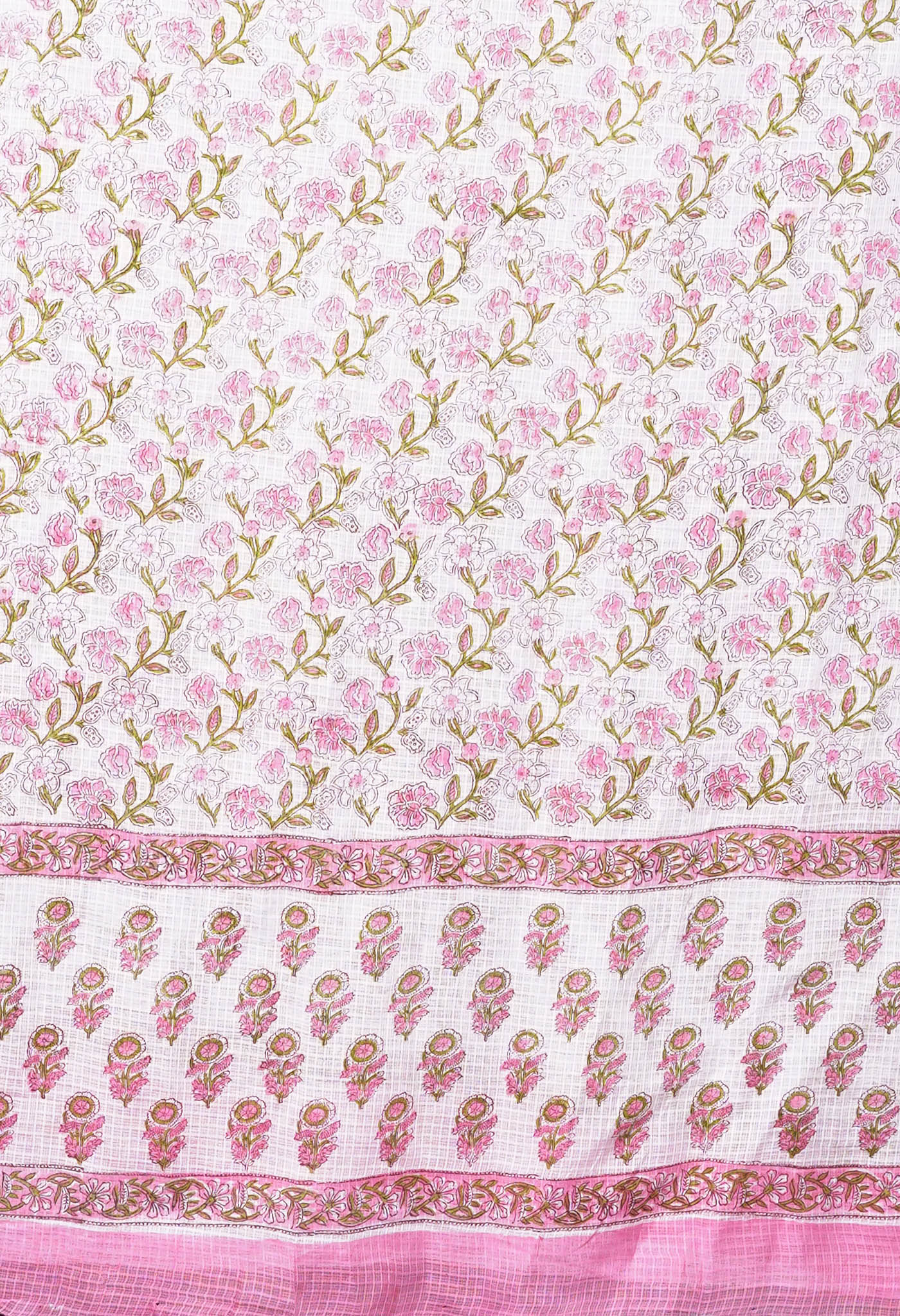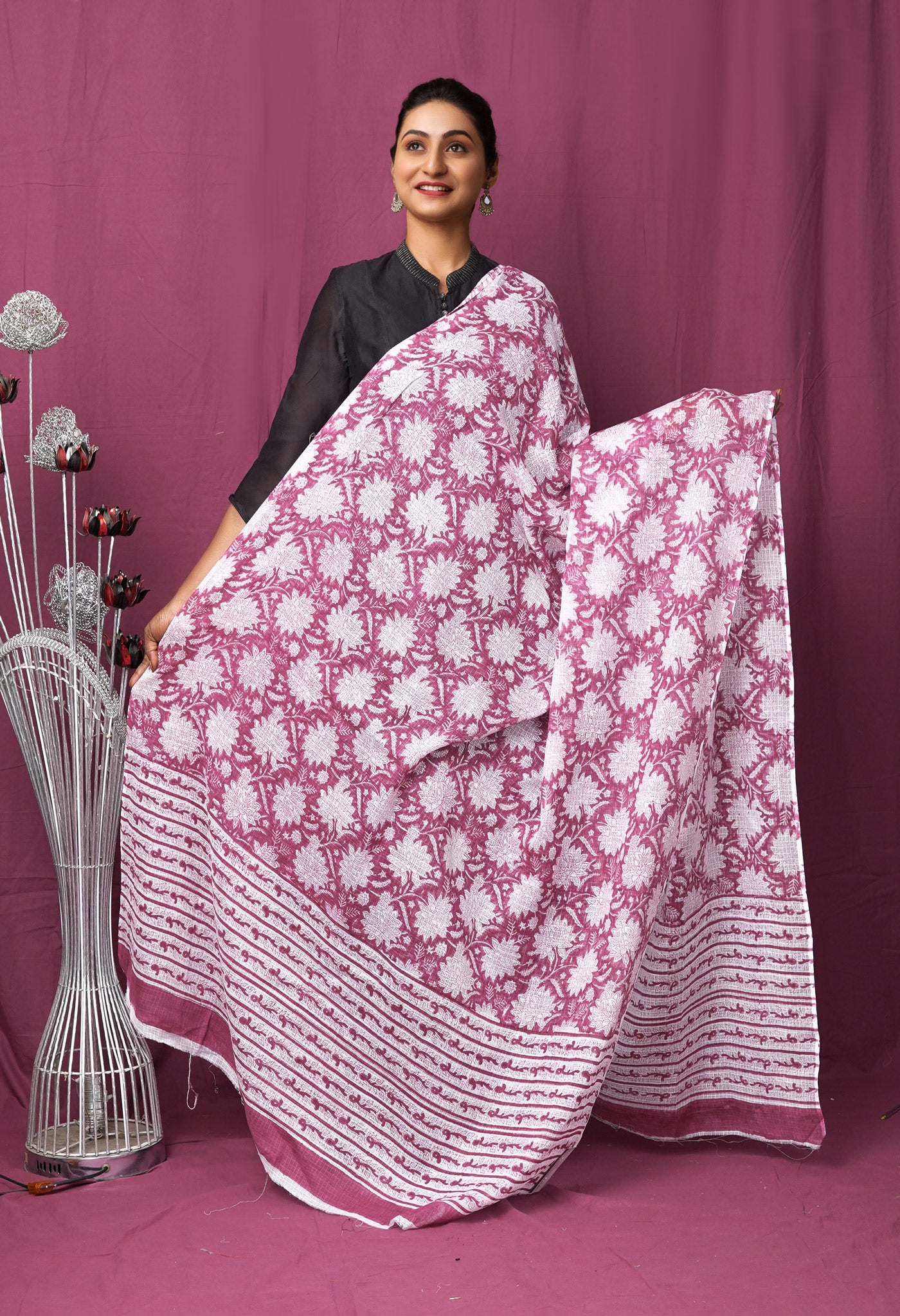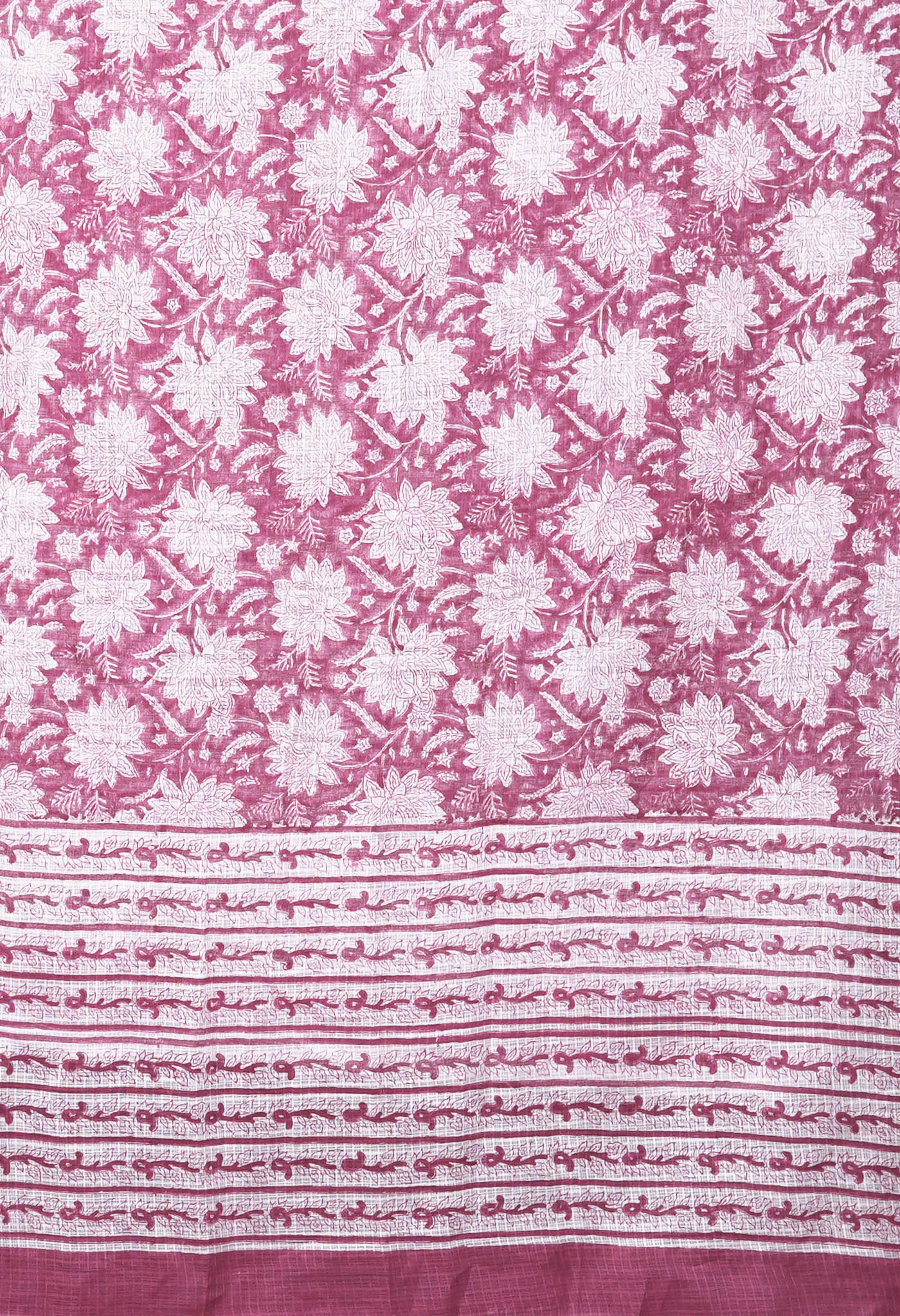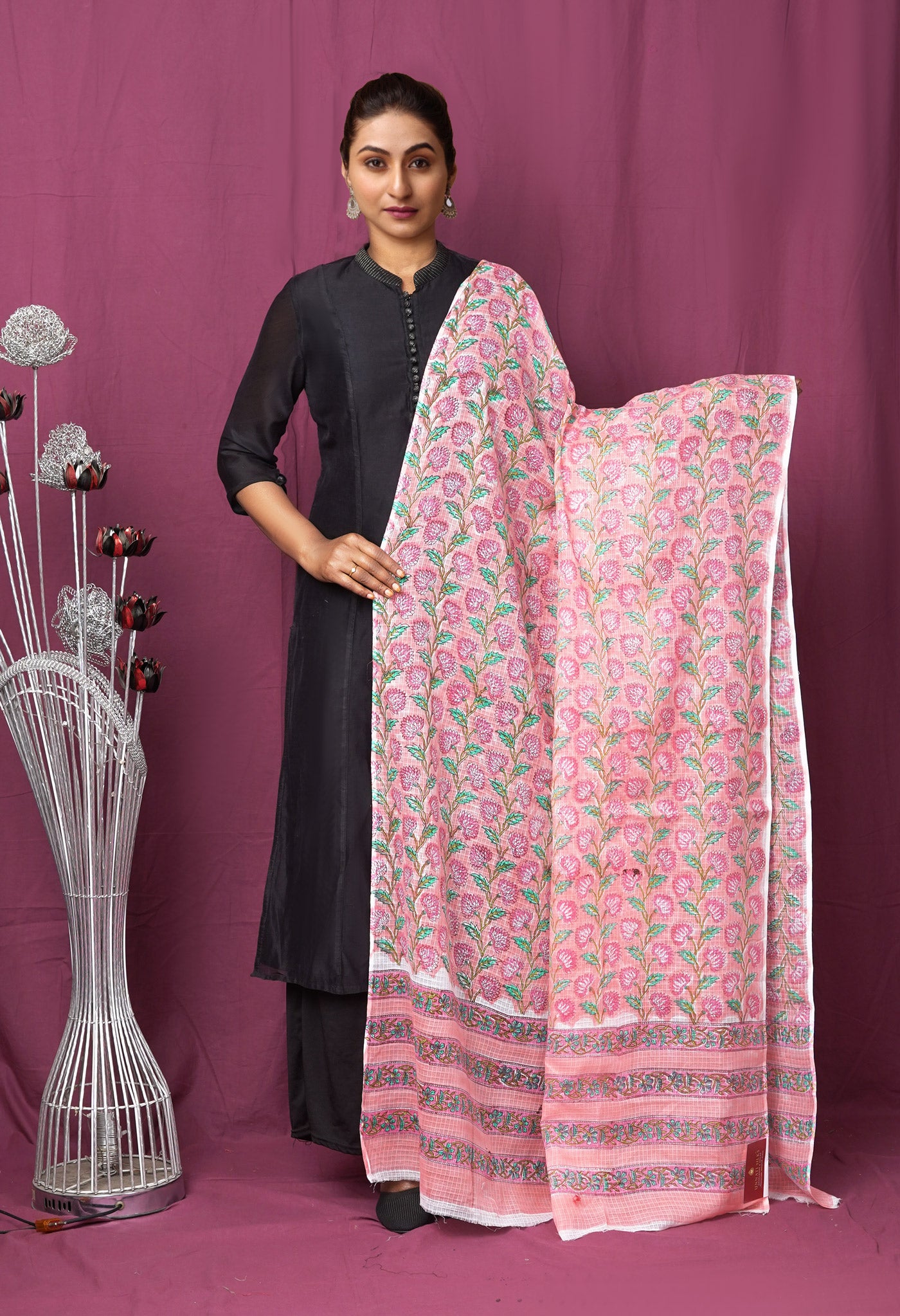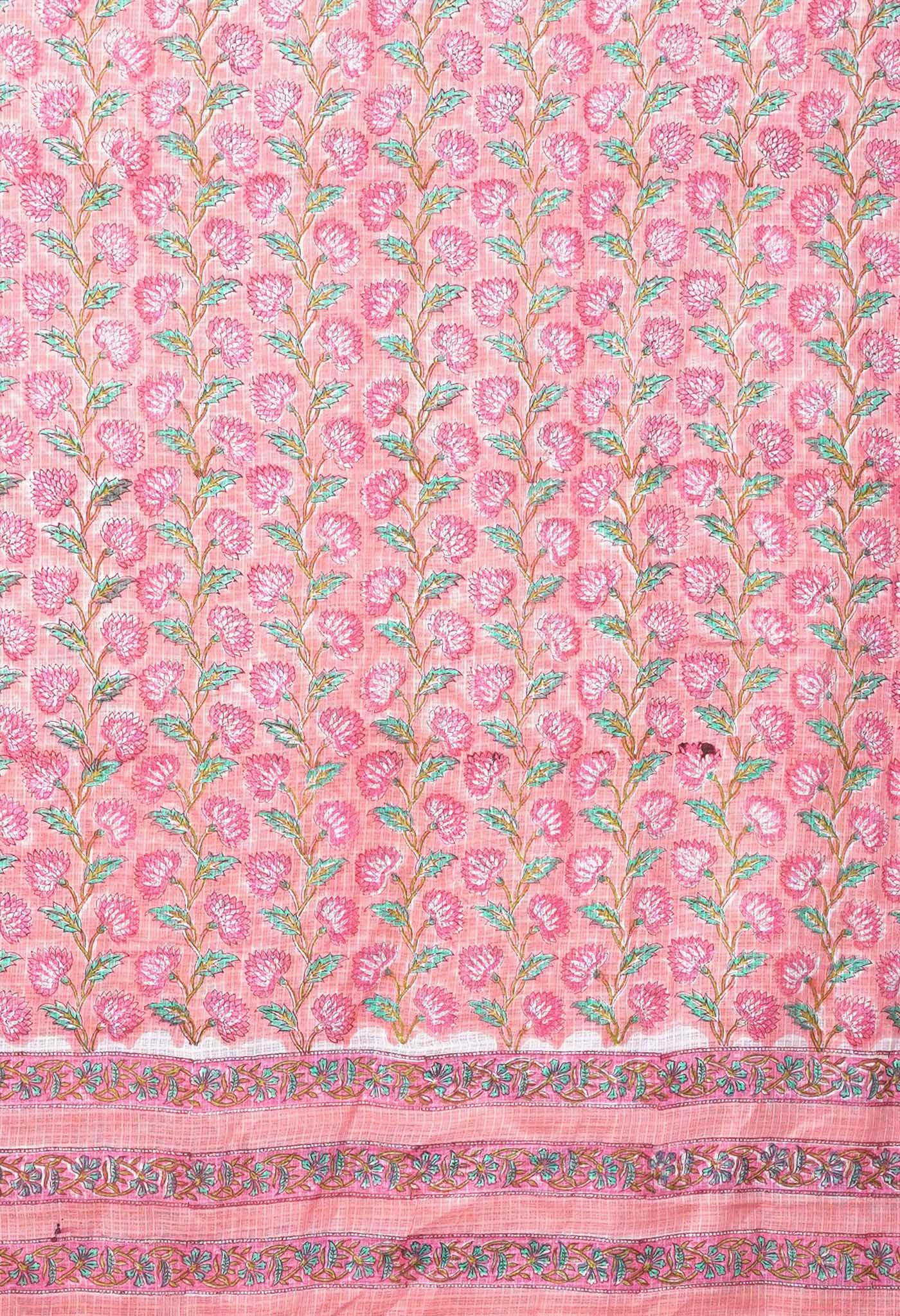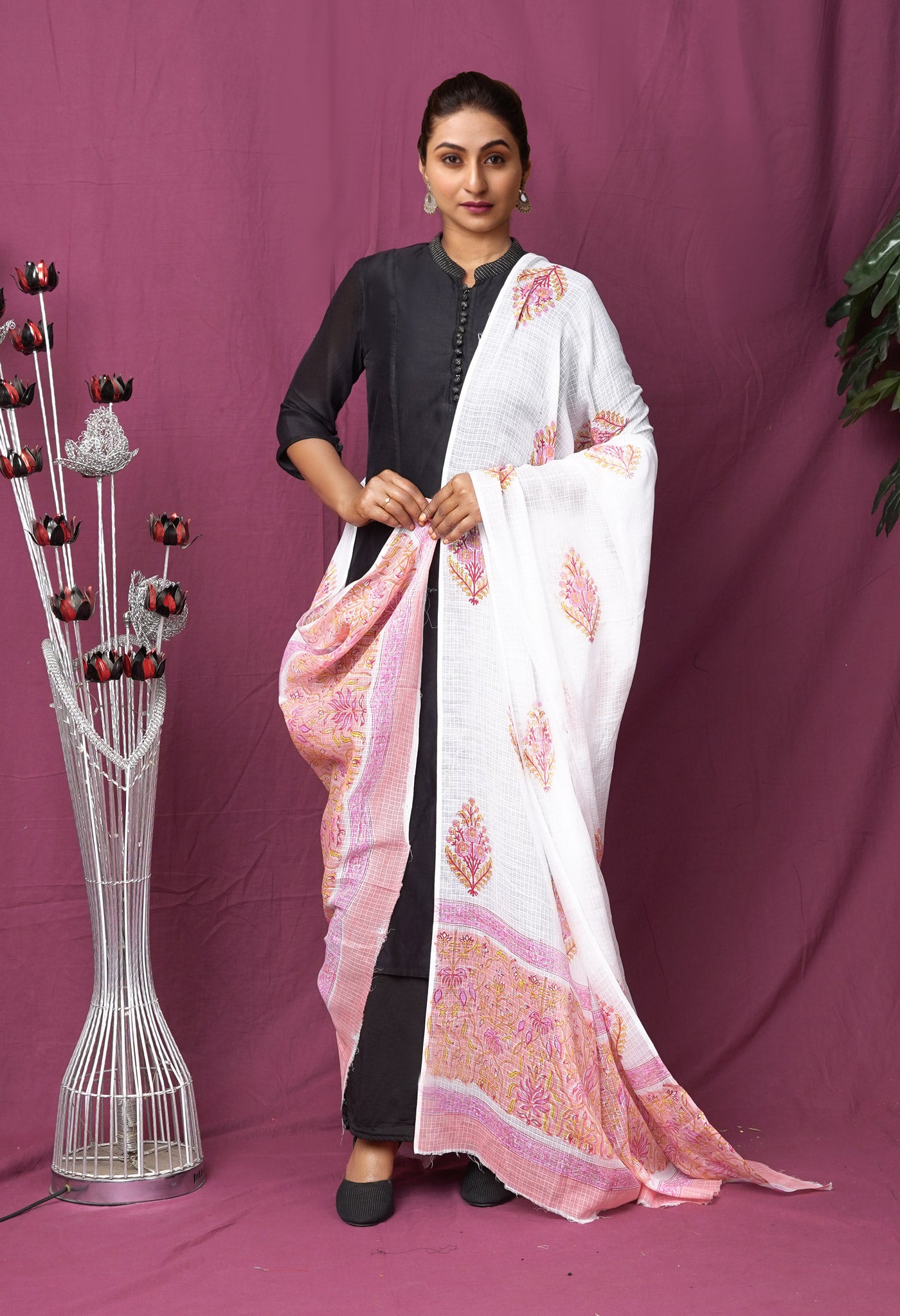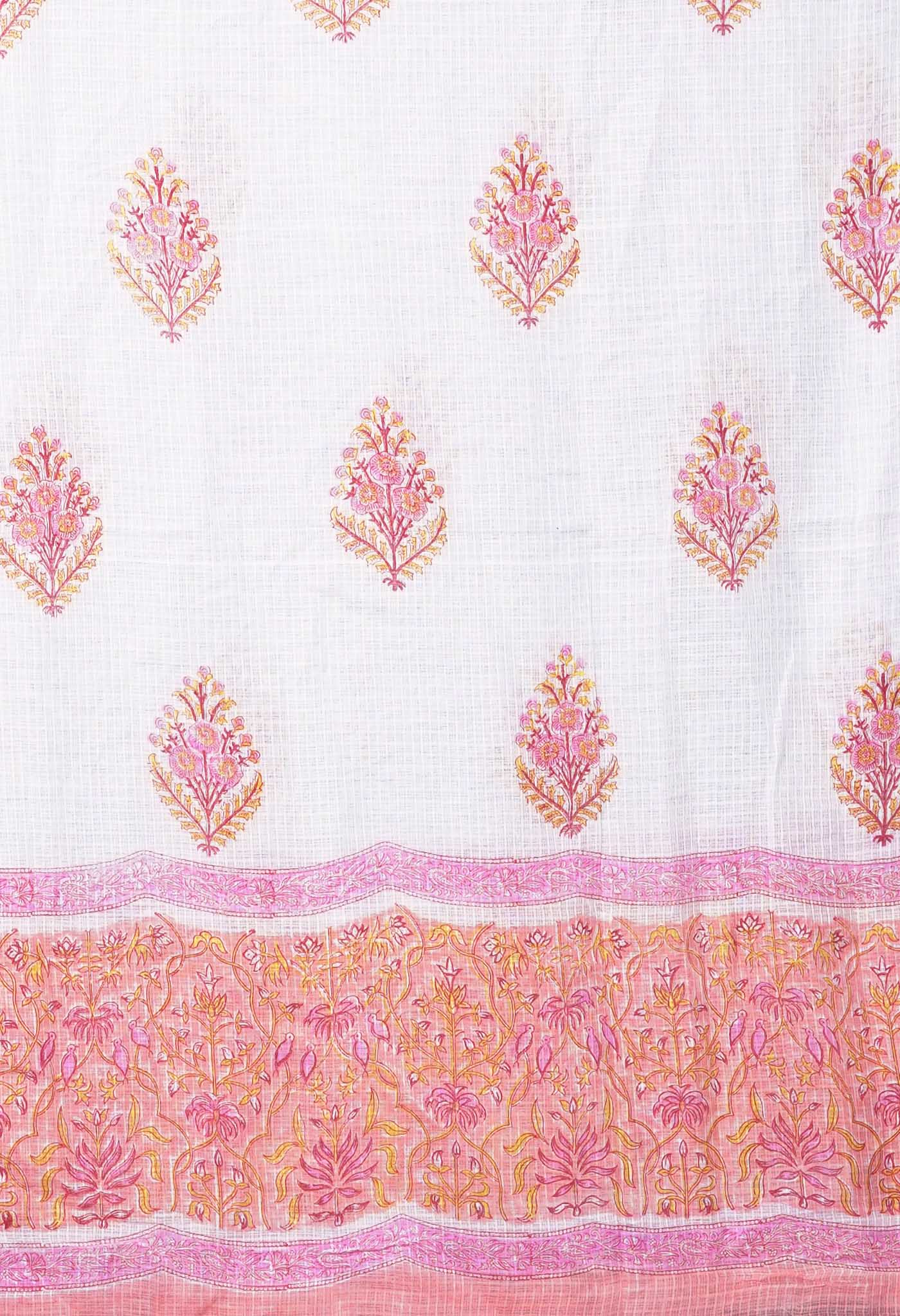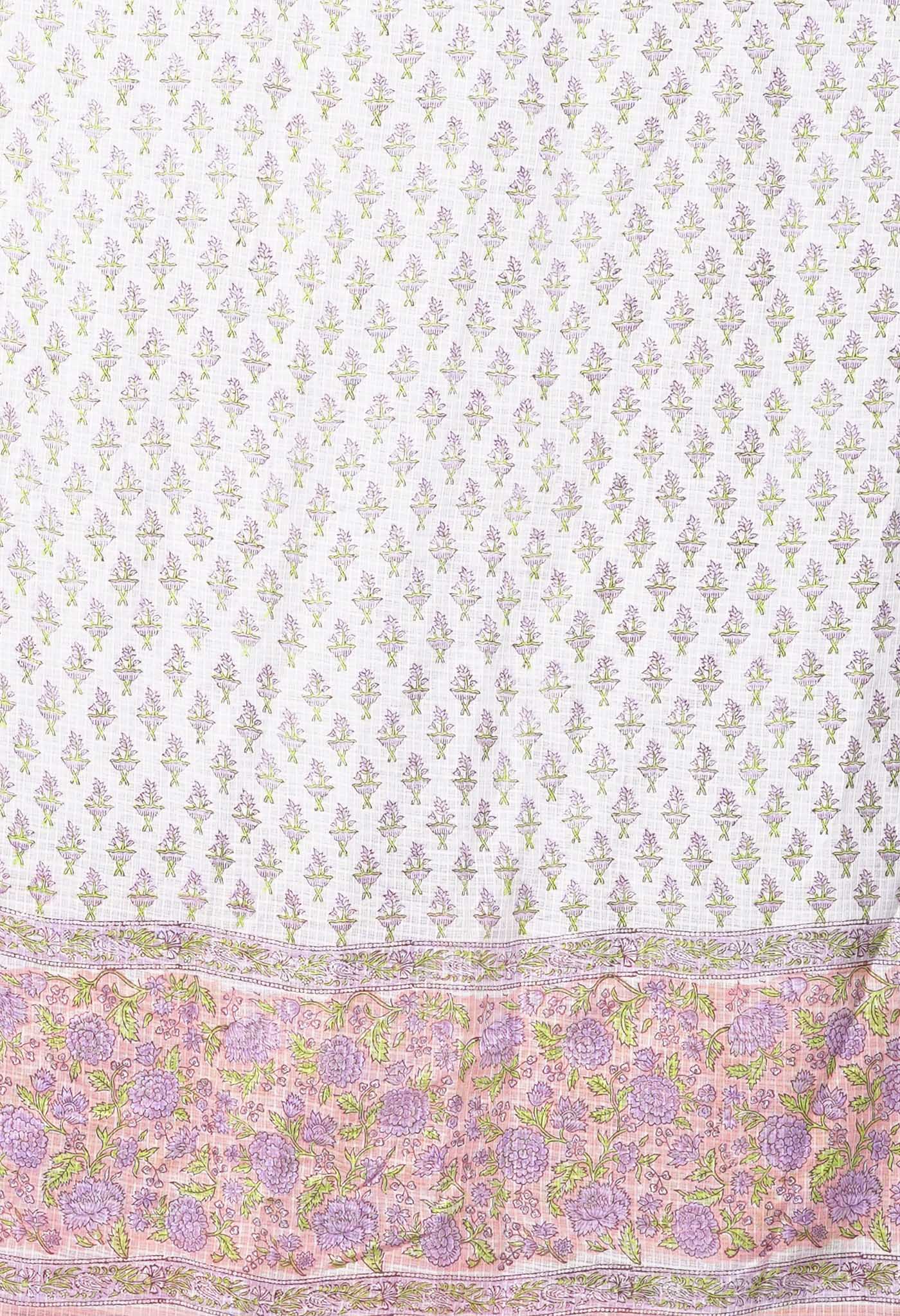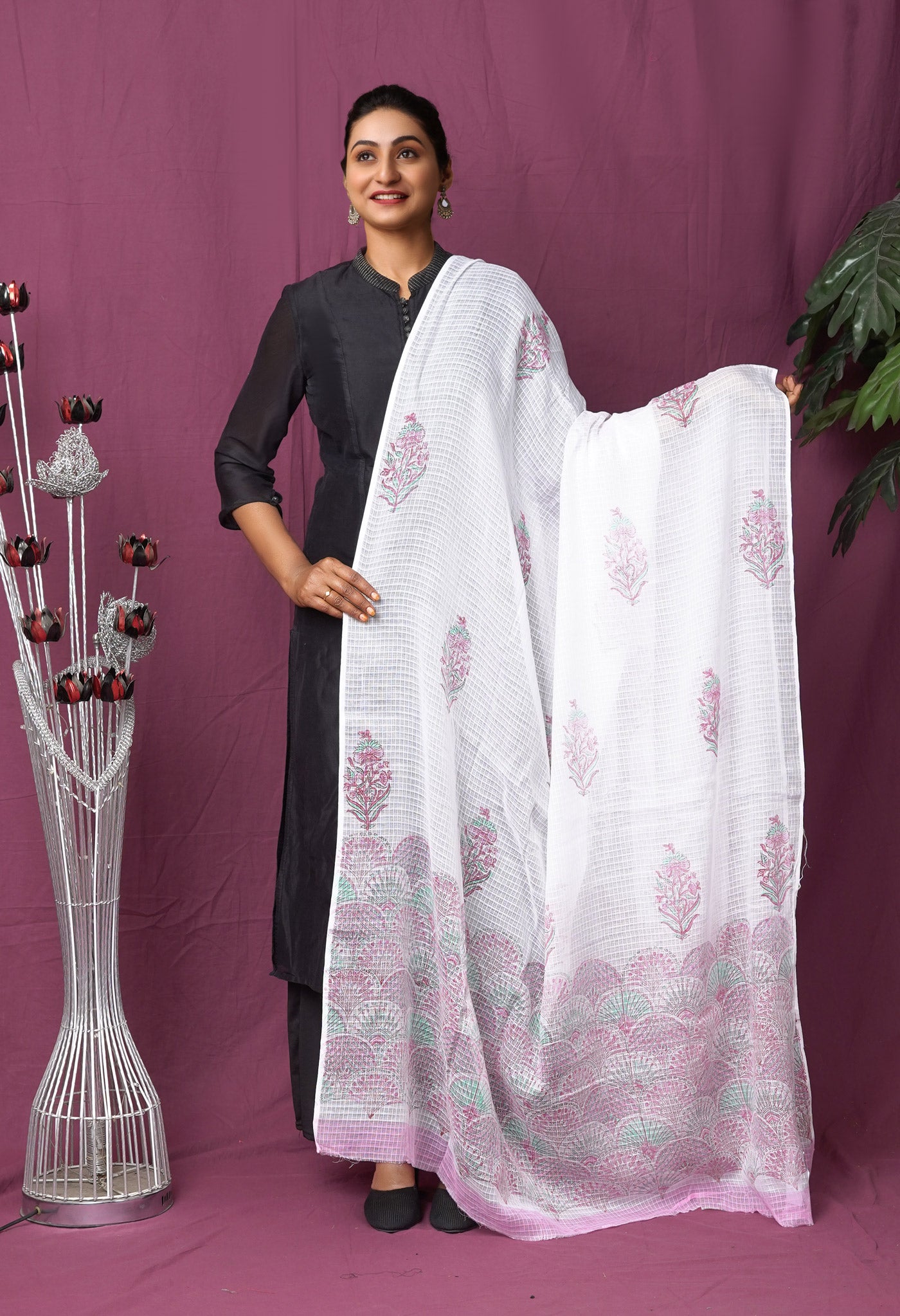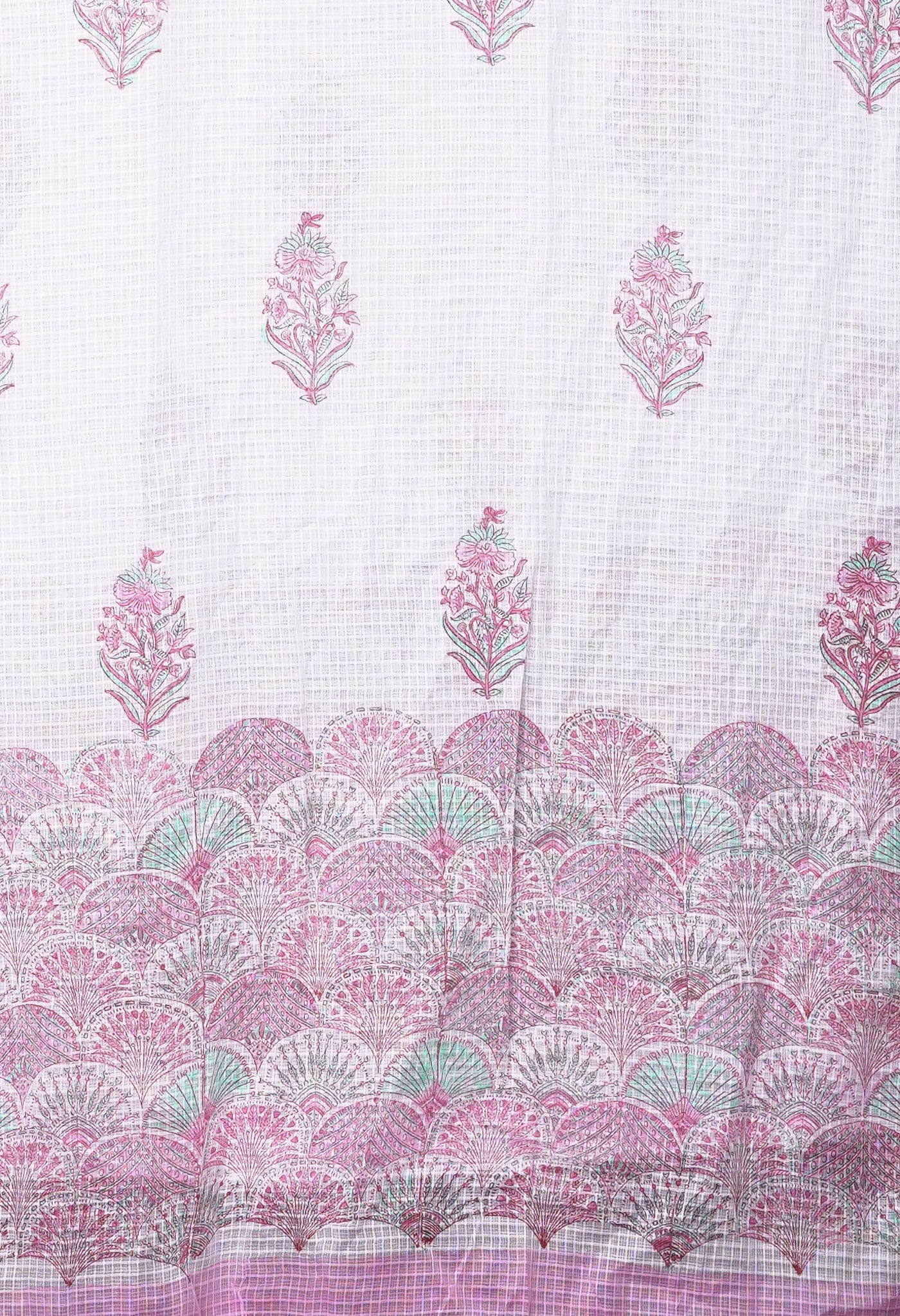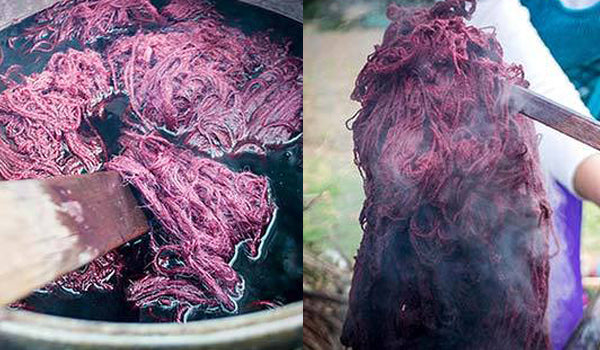
DIY - Why not try your hand at dyeing cotton fabrics at home?
There are two ways of getting cotton fabrics dyed. By way of getting it processed commercially or if the quantity is small then one can do it oneself. Dyeing used cotton fabrics that have stains, that are faded or if you are seeking a different color, is easy, if you take the interest and if you know how.
There are a whole lot of household items in cotton that could require a change. Napkins, towels, long-used shirts, small bed sheets, large handkerchiefs, all sorts of used apparel, and if one is adventurous, even the sarees, chunni and your favourite bedsheets.

All that would be needed is getting readymade dyes available in stores, a washing machine or large buckets, a small sink for the soaking and rinsing.
If one is patient and likes to experiment with the natural substances like tea or coffee decoction, soft drink packets, colors used in Holi, turmeric, the beetroot etc. to get a freshness and change in color, one can easily attempt that too.
So let’s get started, shall we?
1. Getting the clothes ready for dyeing
It is always better to have clothes that are to be dyed, clean and fresh by washing so that the dye or color would stick much better. It would be better to leave it completely wet since it has to be dyed and also the dyeing would not be splotchy and uneven otherwise. One must also not use the fabric softener which could cause weak coloring.
The uneven or wrinkled cloth could cause uneven coloring at places. So one should smoothen the fabric as much as possible by hand to get uniform coloring all over.

2. Creating the dye
One could easily get ready-made dyes or powders to make the dyes from stores in your town or city. Based on the way it is prepared and the number of clothes that have to be colored with that color, get the dye or color solution ready in a bucket.

3. Dyeing – in a Bucket
Before completely mixing the required quantities of liquid dye or its powder with the requisite amount of water in the bucket, it would be better to mix the dye with less water than the required at first. This is known as pre-mixing.
- In a small container put the required amount of dye, and two cups of water. It would be a good idea if a cup of salt be added to the mixture. This would depend upon whether the dye would allow salt to be mixed. This tends to make the dye intense. ( the dye packet would specify how much of each should be in the mix)
- Now get hot water of the requisite quantity, not necessarily boiling but definitely hot, in a bucket that would allow the cotton fabric to soak and be covered with water.
- Now add the readied dye in the water. Stir the mix well until you get the color you desire.

Note: Unless specified about adding more color if not satisfied, it is always advisable to try out the dyeing of one fabric and then proceeding to add more dye if not satisfied with the result.
- Submerge the fabric in the bucket with the dyed water above the fabric. It would be a good idea to use a stick or thick latex gloves almost upto the elbows so that no dye gets onto either hand. Otherwise the dye being a chemical, could affect the skin. Even otherwise the color getting onto the skin could take a long, long time before it would disappear.
- Keep the fabric dipped in the hot water for at least ten minutes. Then keep seeing whether the fabric has attained the color that you desire. Keep it dipped till you are satisfied that you have attained what you wanted before finally removing from the bucket.
- For rinsing run water from the sink tap and keep the fabric under it till the water runs clean.
- You could then even wash it in the regular washing machine and then hang out to dry.
1. Dyeing – in a Washing Machine
It all depends upon whether you are using a semi-automatic or an automatic washing machine.
The semi-automatic would need to be monitored for the soak cycle and then after the draining of the dyed water, the rinsing till the color seem fast. Then finally the drying if satisfied in the dryer.
The automatic washing machine would go through the motions of soak, rinse, wash on its own with the setting at ten minutes or slightly more if you think so).
In both cases, unless the fabric being colored is large, stick to the lowest load setting.

Described for a semi-automatic washing machine.
- In the dispenser or small bottle, add the dye as you would the detergent with a little water to prevent blotching of color. Slowly complete the adding of dye to the water. It would not harm to have a little hot water to the dyed water unless the dye packet does not recommend it. Also do not exceed the temperature setting recommended for your washing machine. (We would not want warping of certain machine parts that are plastic do we?)
- Adding a little detergent (slight not the usual quantity) would help for the even movement of the dye but not that much where the dyeing would tend to get weak.
- When satisfied that the color solution is ready in about a few minutes, put in the cotton fabric and see that the water level is above the fabric. Start the wash cycle. After about ten minutes put a cup of salt (1 part) dissolved in four parts of water into the washing cycle load. The stirring takes place on its own since it is a washing machine. Run the entire cycle of at least 30 minutes to one hour with the fabric soaked in dye, before you drain the water considering that you are satisfied with the color that appears.
- Move on to the rinsing cycle. Rinsing complete and there is no color residue you can move it to the dryer and then hang dry.
In both the above bucket and washing machine methods the color used has been a chemical (man-made substance) that has fast coloring properties.
Cleaning of the washing machine
Turn the washing machine on its highest load setting to hot or simply use hot water through manual means. Wipe down around the lid and top, and pour water through the dispenser to clean it out. Pour in 1 to 2 cups (240 to 470 ml) of bleach, plus a standard amount of detergent. Throw in a couple of old towels or a load of old rags and run it through a washing cycle.
Dyeing the cotton fabric with substances found in nature
Making the natural dye
There are very many items found in nature that you just have to look around you to discover the treasure trove there is. Berries, flowers, bark, leaves, nuts and lots more like turmeric, acacia, the beetroot vegetable and so many others.
One must understand that the colors of natural substances cannot be reproduced in exactness, but can come sufficiently close to satisfaction, if one does not expect too much.
Avocado skin and seeds would yield a light pink, as would strawberries and cherries. Blackberries and blueberries a purplish hue, Artichokes, grass and foxglove flowers provide green. These are some of the examples that one can attempt with those substances closest to the color we are interested in. Some recipe books provide sufficient information on various substances like vegetables, berries, nuts, and other food items that we consume to give us an idea what color of dye we can aim to prepare.

How we do it
- Cut the plant material into small pieces. For one part of plant material add two parts of water. Boil the mix for about an hour. Strain the plant pieces for the colored liquid or dye.
- To set the dyes on the fabric, you must dip the fabric in a mordant before the dye e.g. salt or vinegar.
- E.g. for berry dyes one could soak the fabric in a solution of 0.5 cups of salt to 8 cups of water solution before dipping in the dye. For plant dyes 1 part vinegar to four parts water solution needs to be used as mordant and kept for an hour, before transferring the fabric to the dye solution.
- In both cases the fabric can simmer for an hour in the mordant and then one hour in the dye solution.
- Then the rinsing and finally drying. The color may be close to that expected to duller than needed. For a deeper effect, the fabric may have to be retreated later again or the concentration of the coloring substance would have to be increased.

Experimenting can be done with some of the substances mentioned below like tea, coffee, acorns, flavored juices etc. While tea and coffee are strong coloring substances in whose solution the fabric can be kept longer for the color to be deeper, the flavored juices may not be very effective but just a temporary change.

